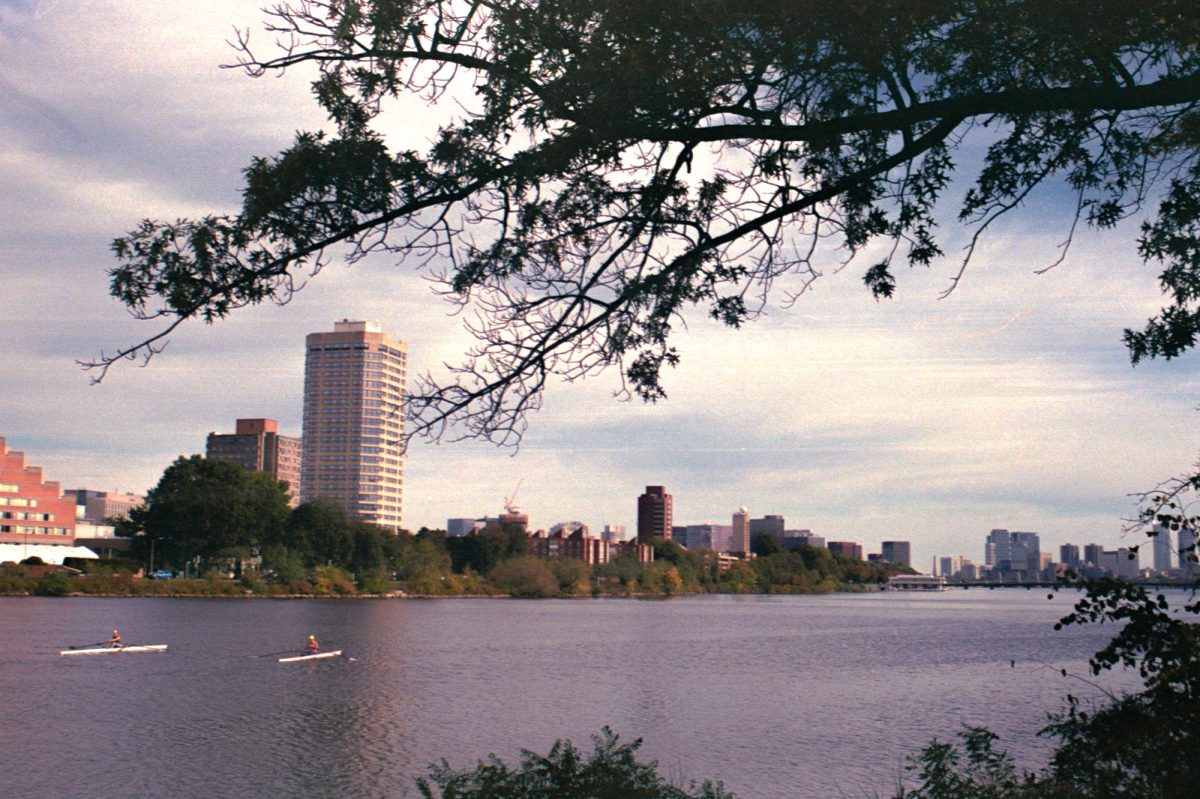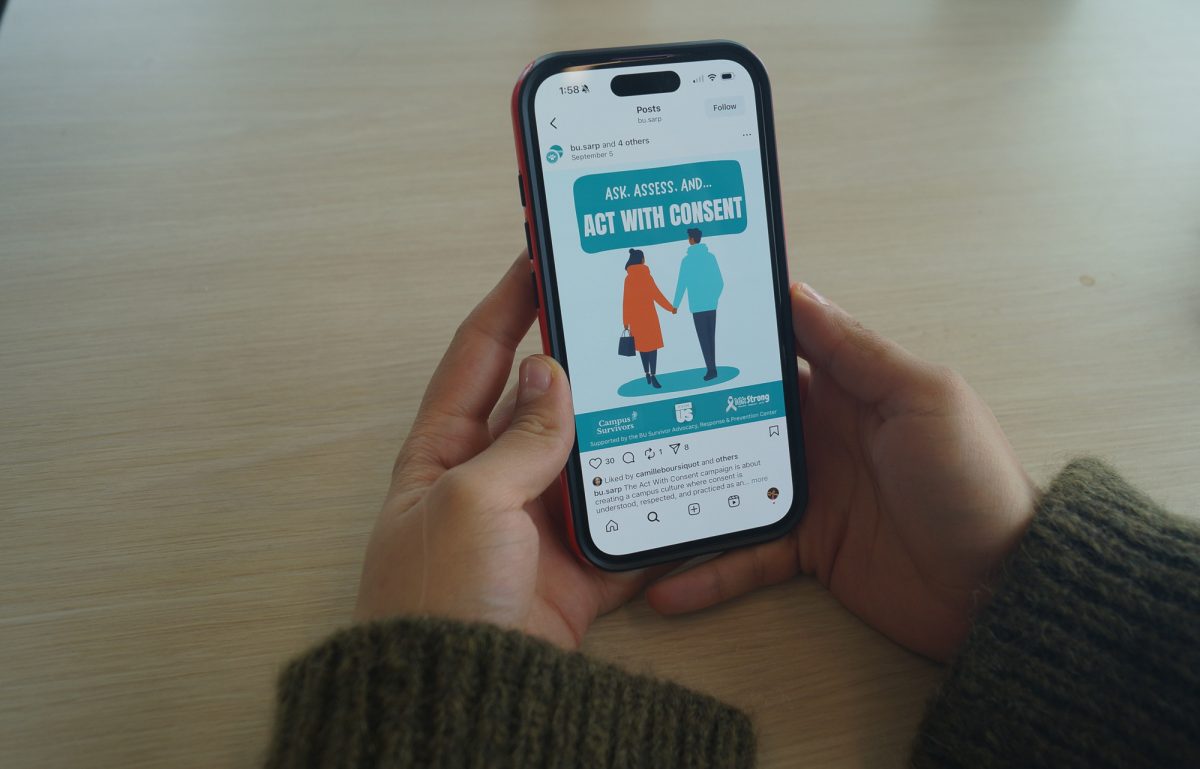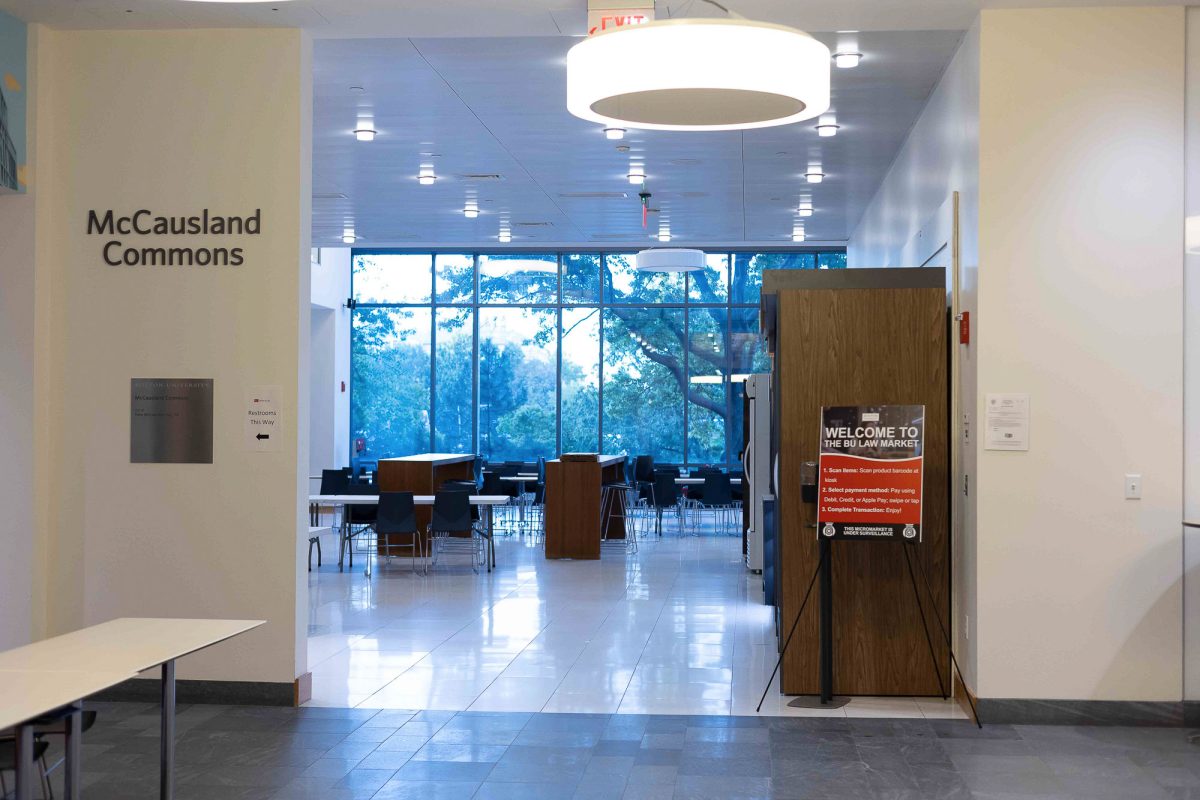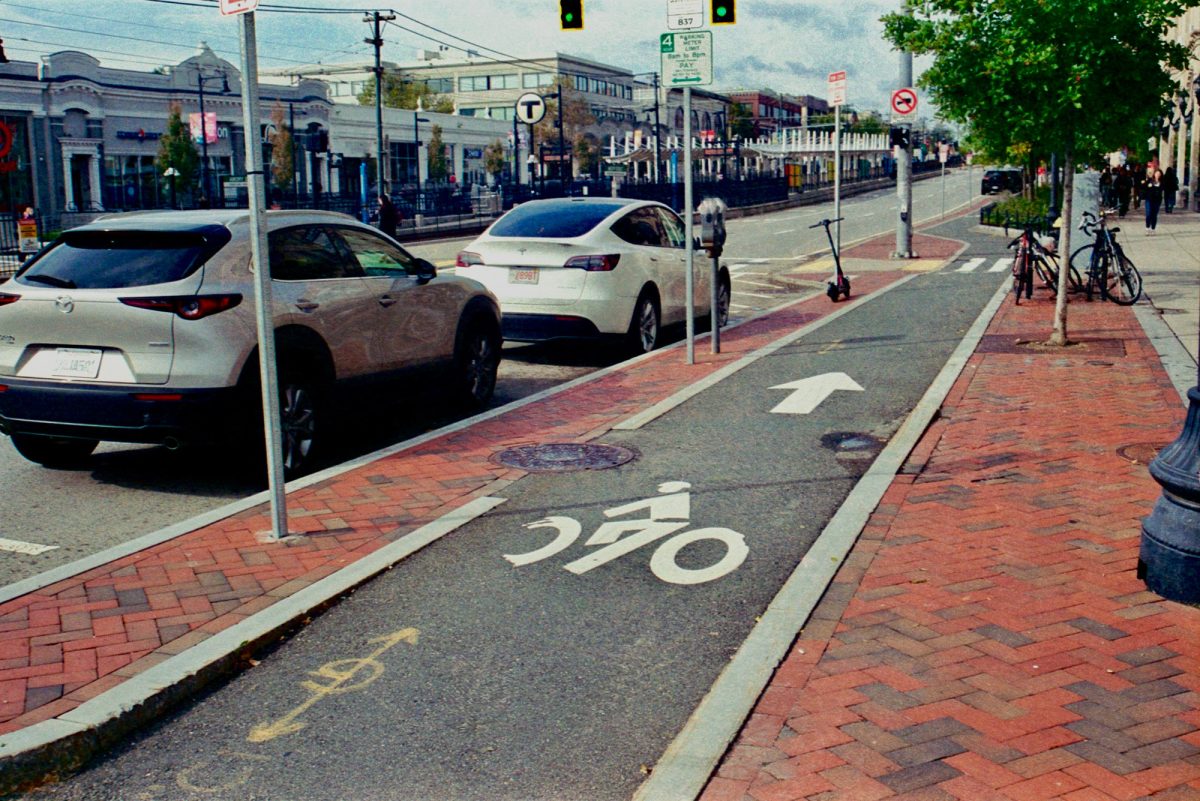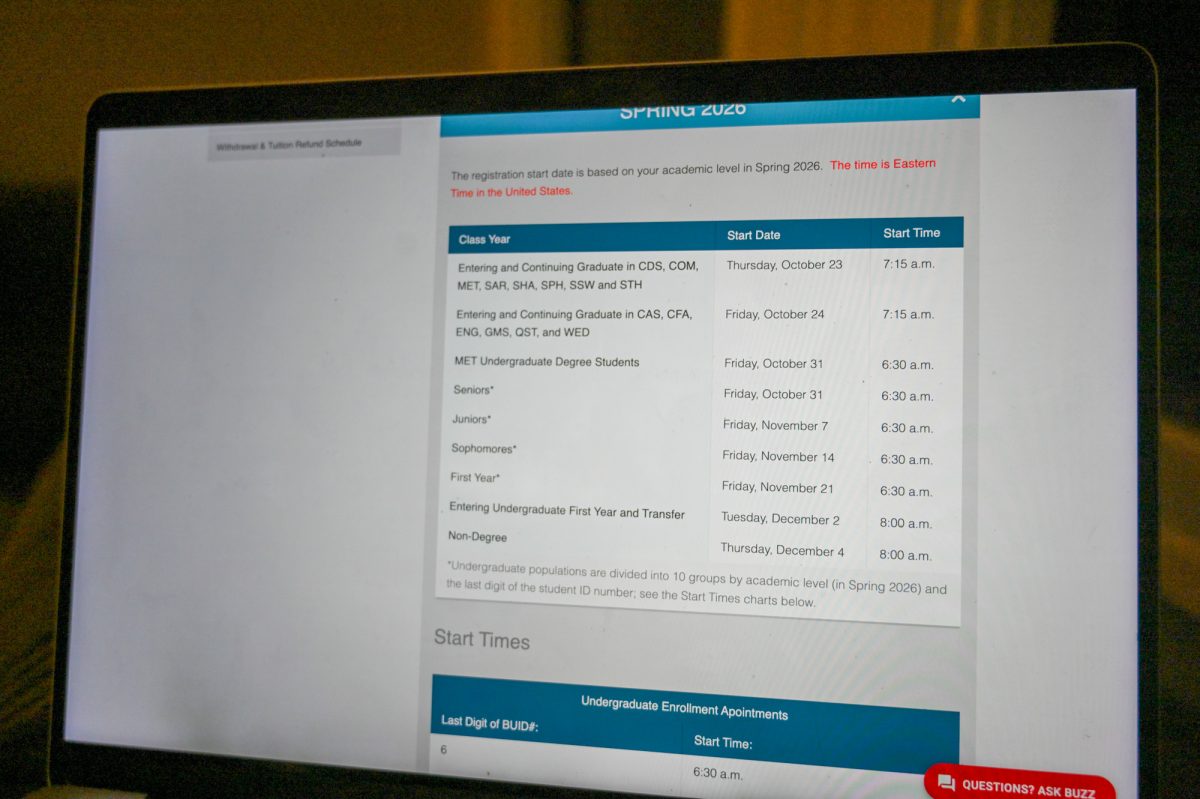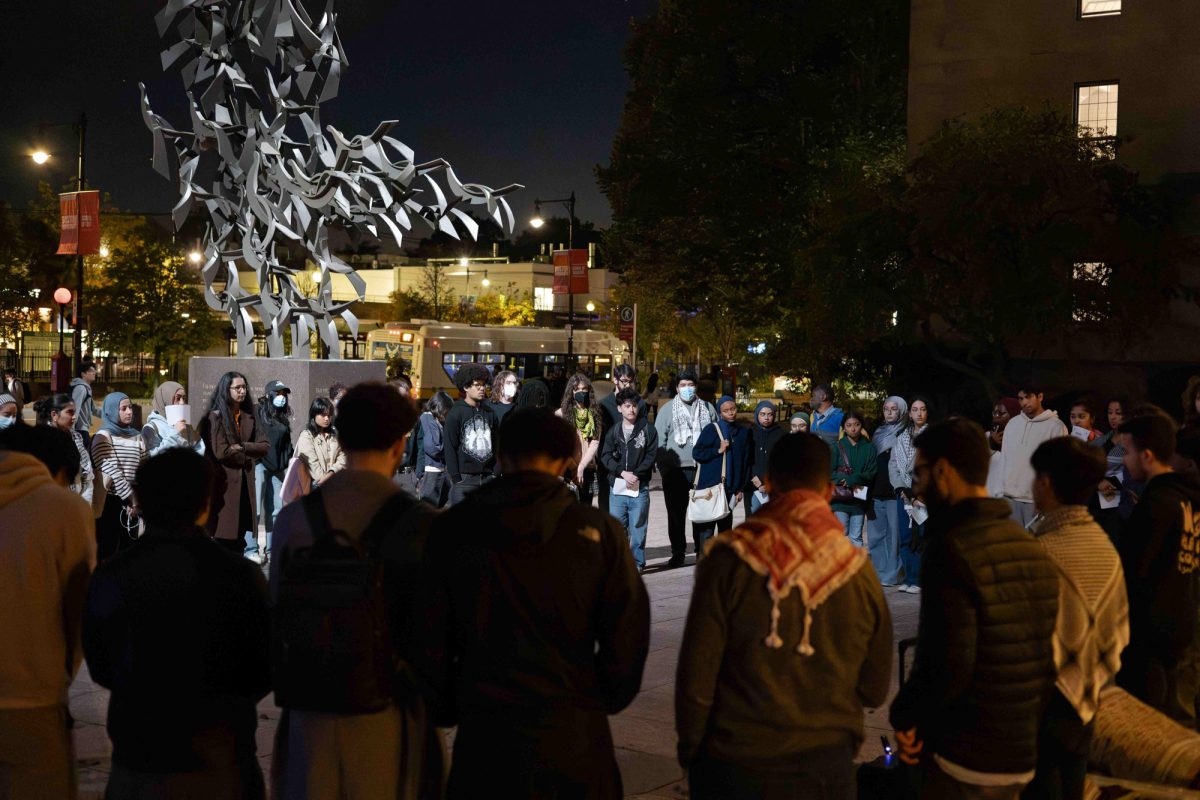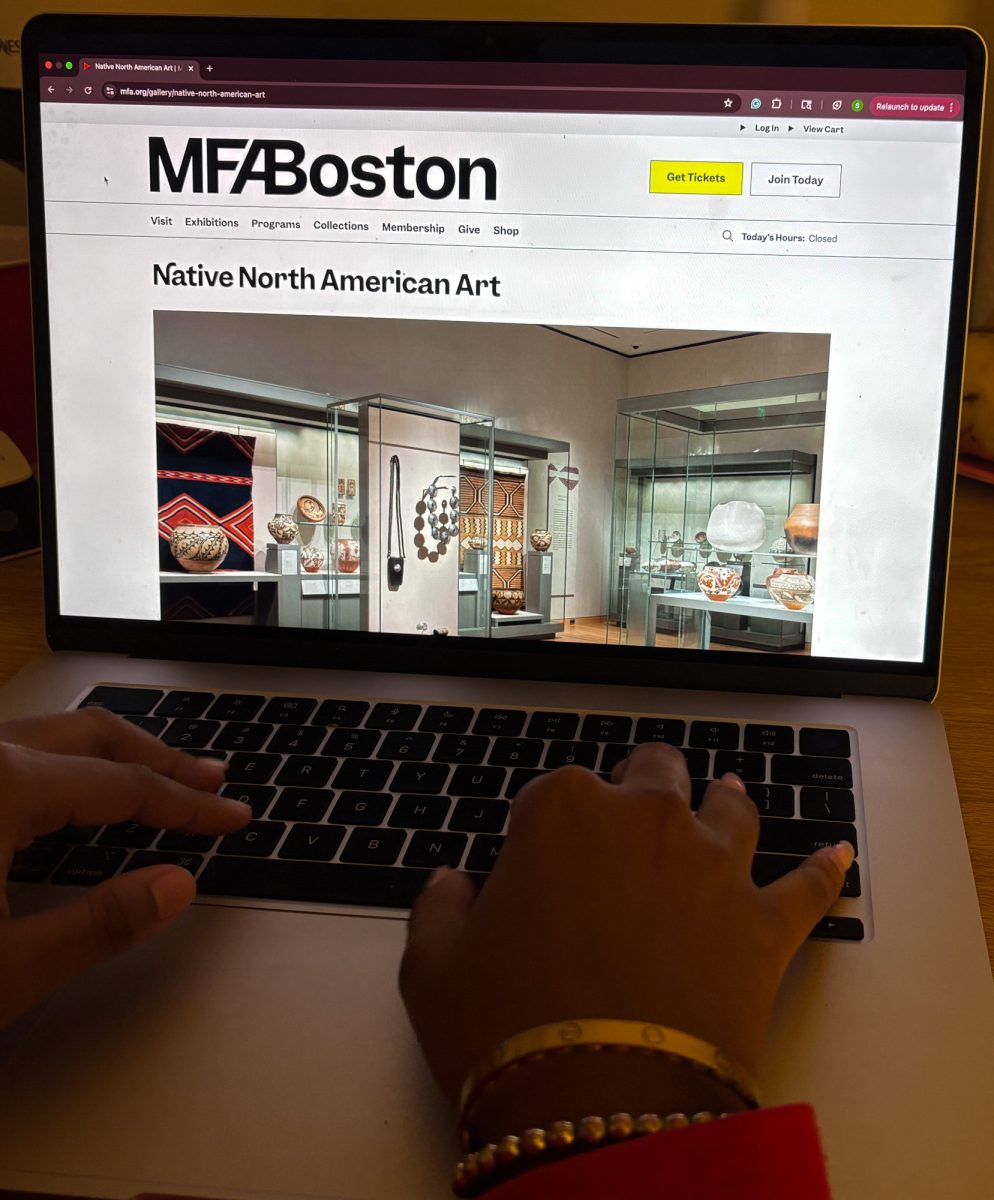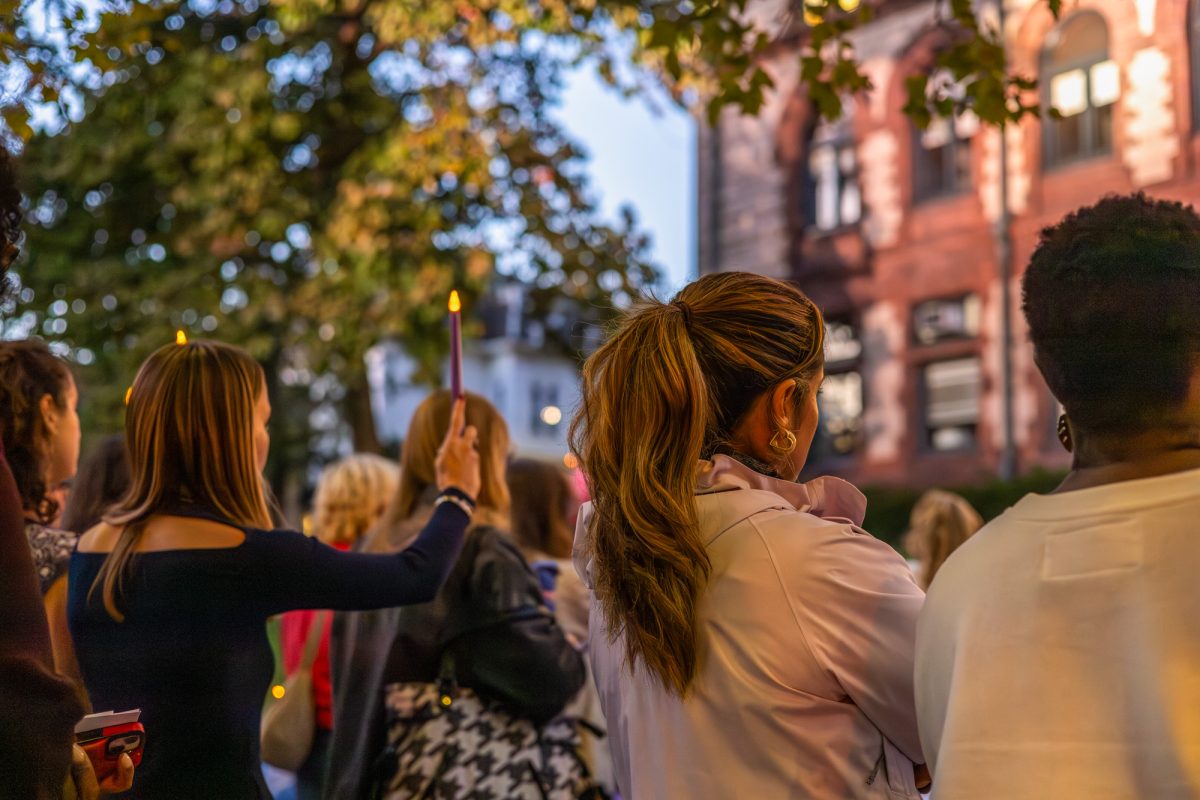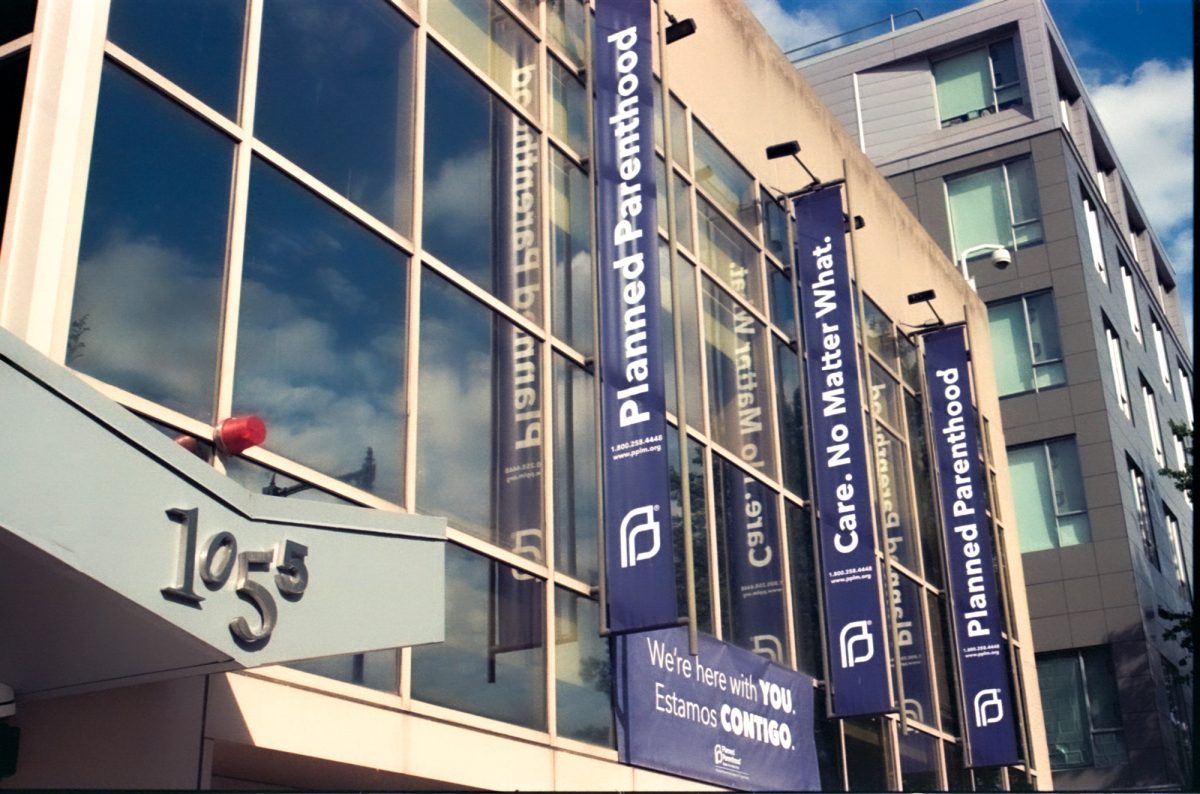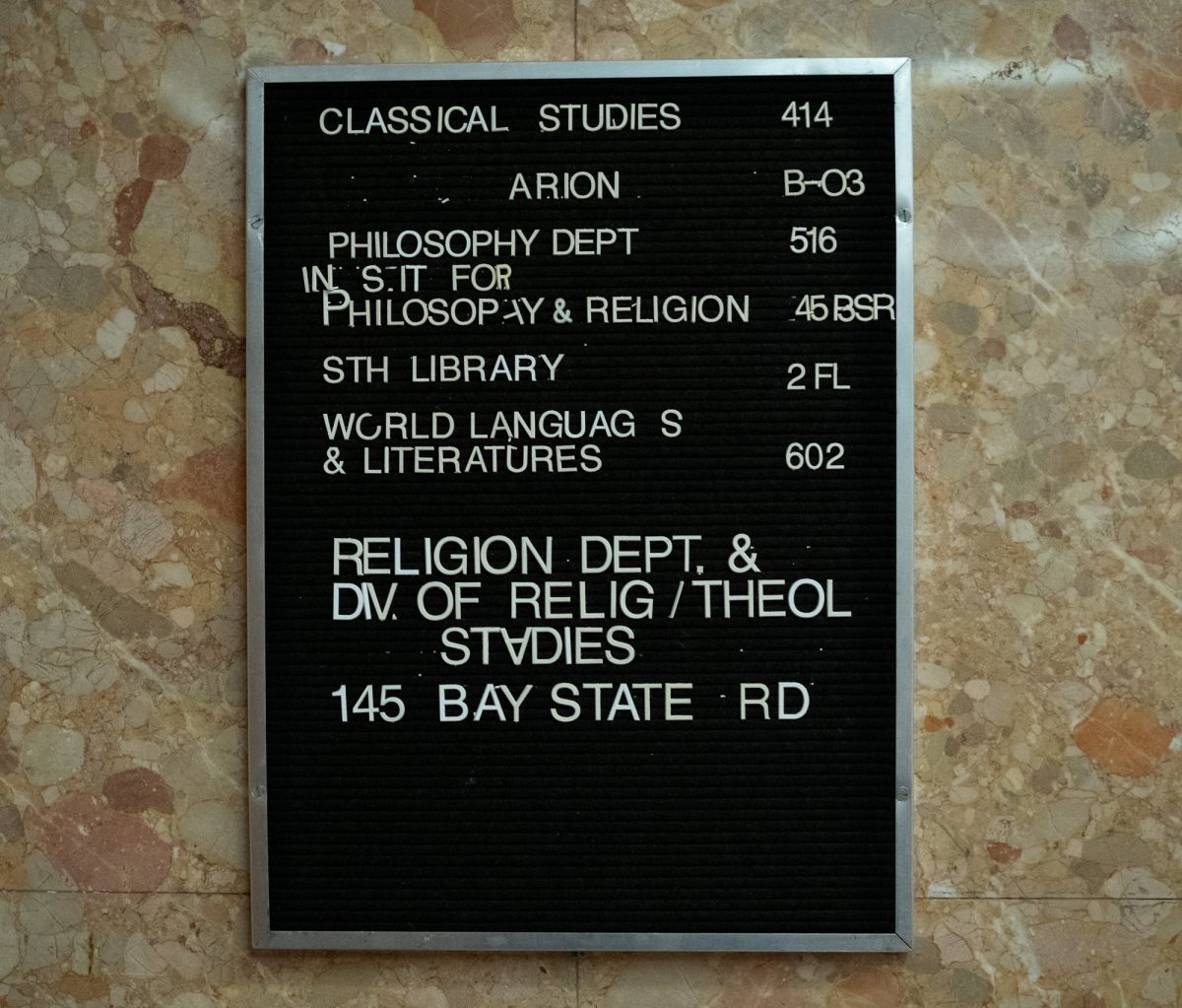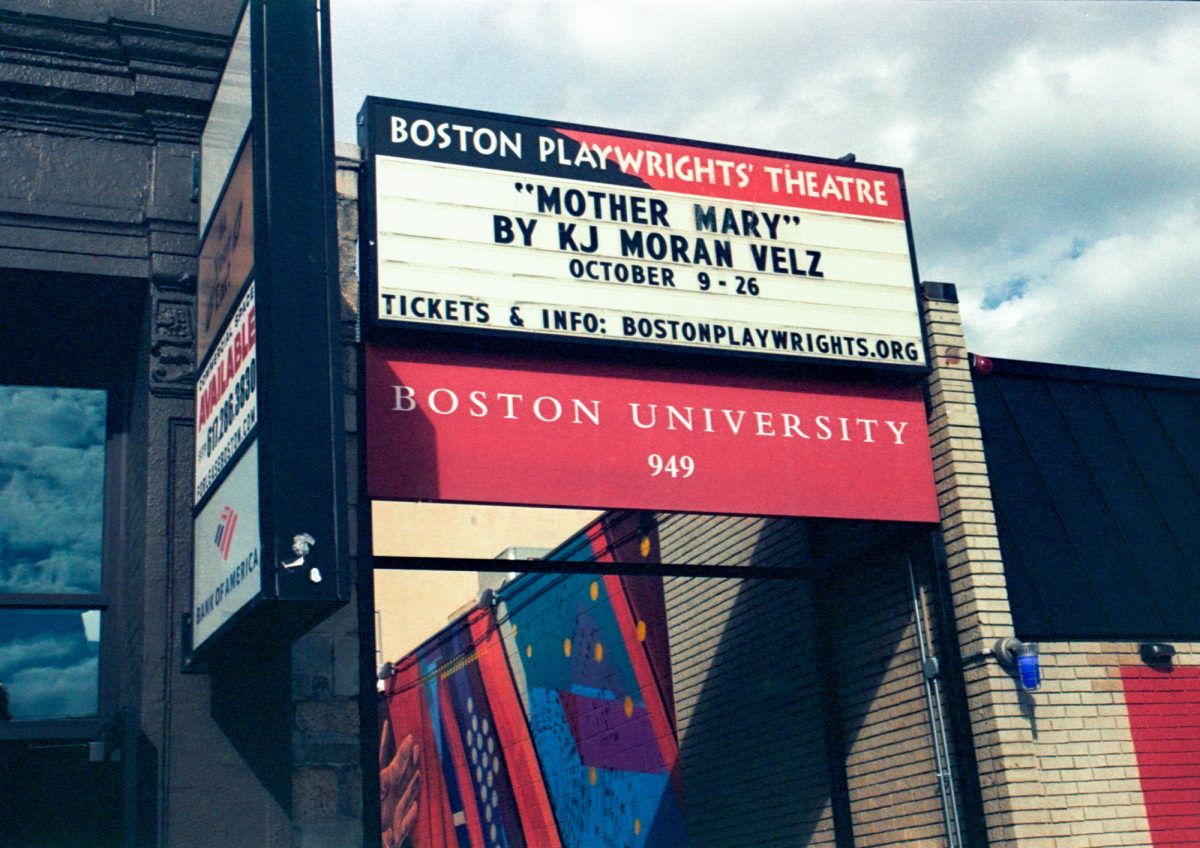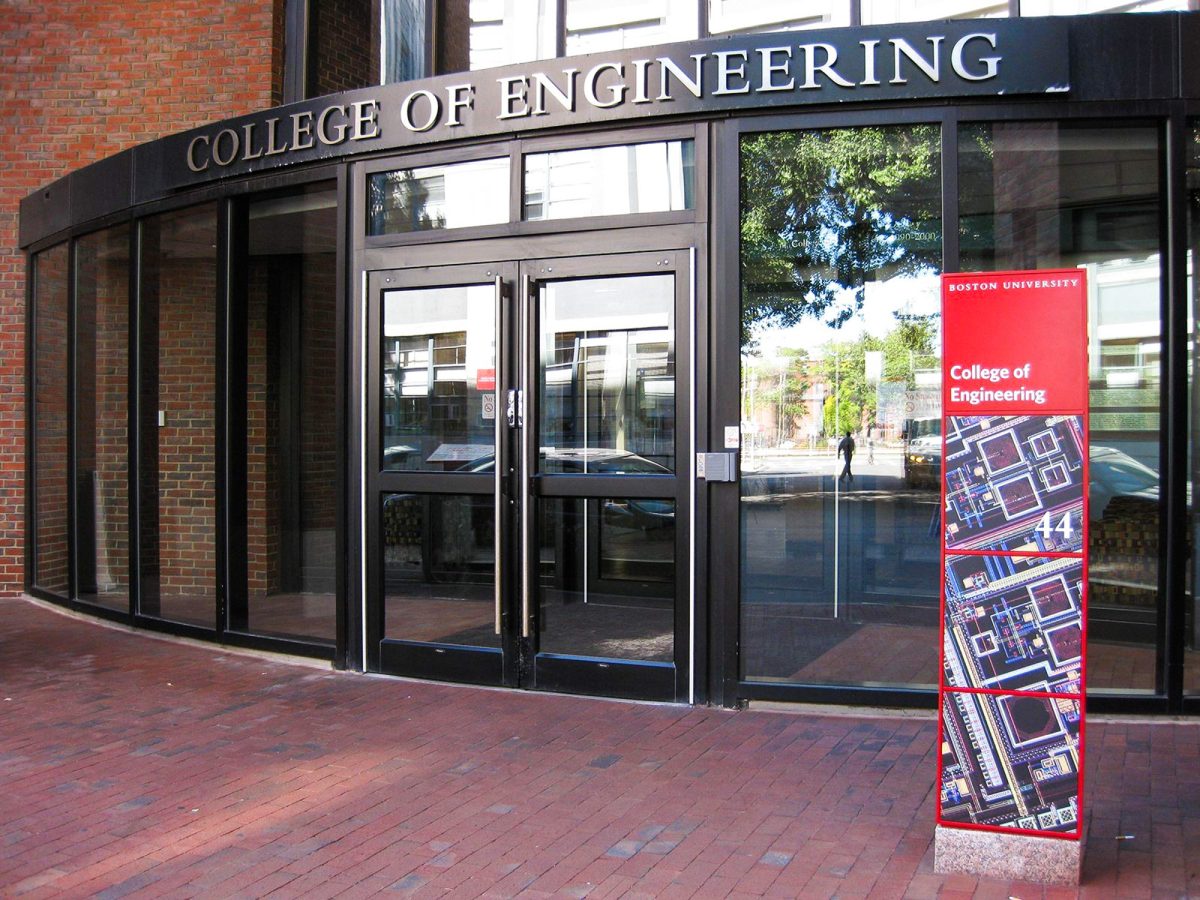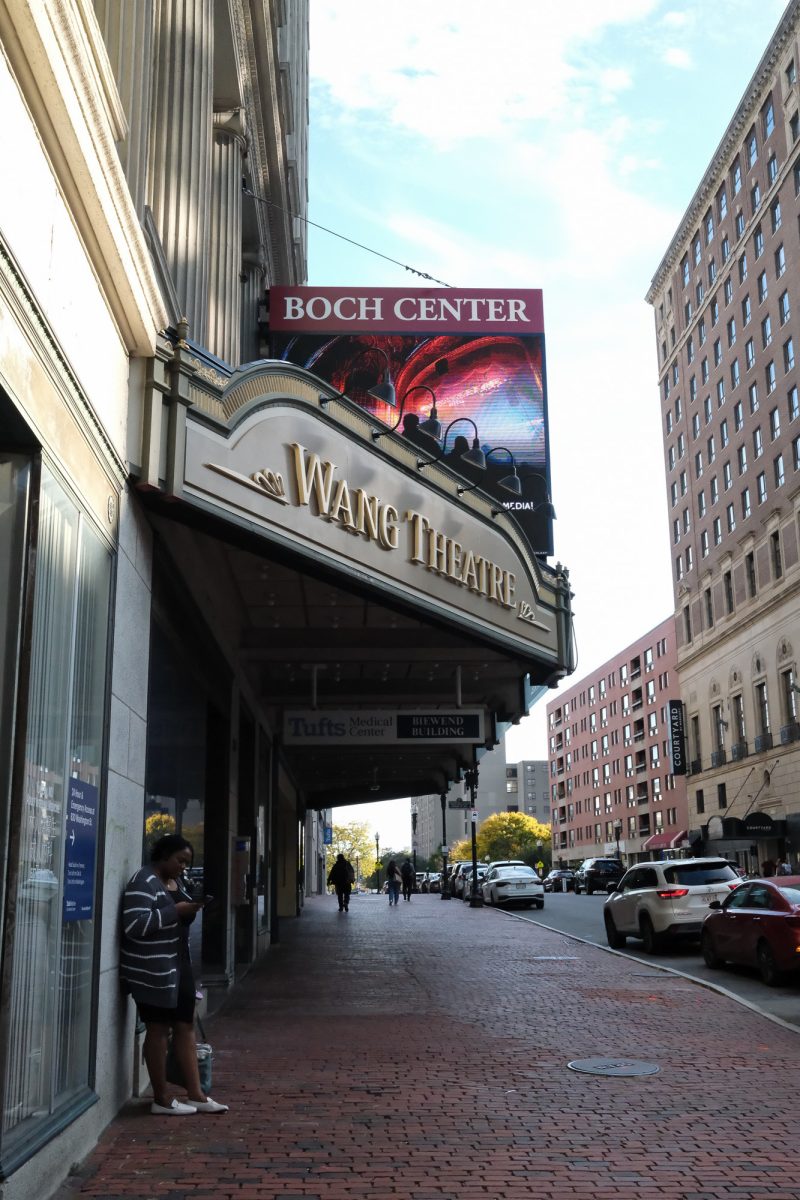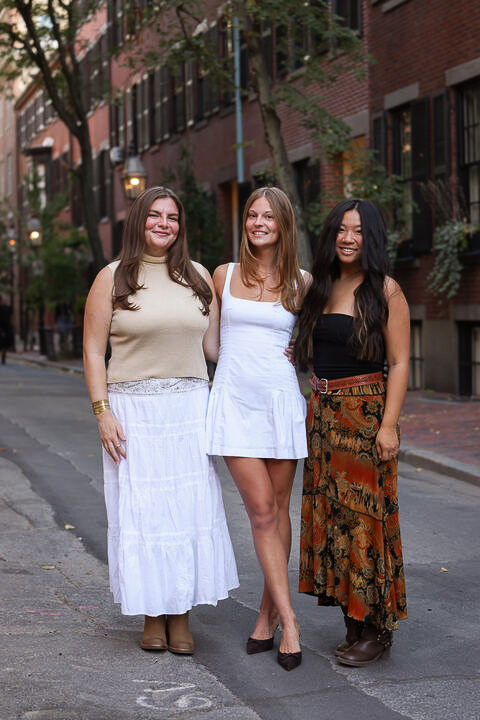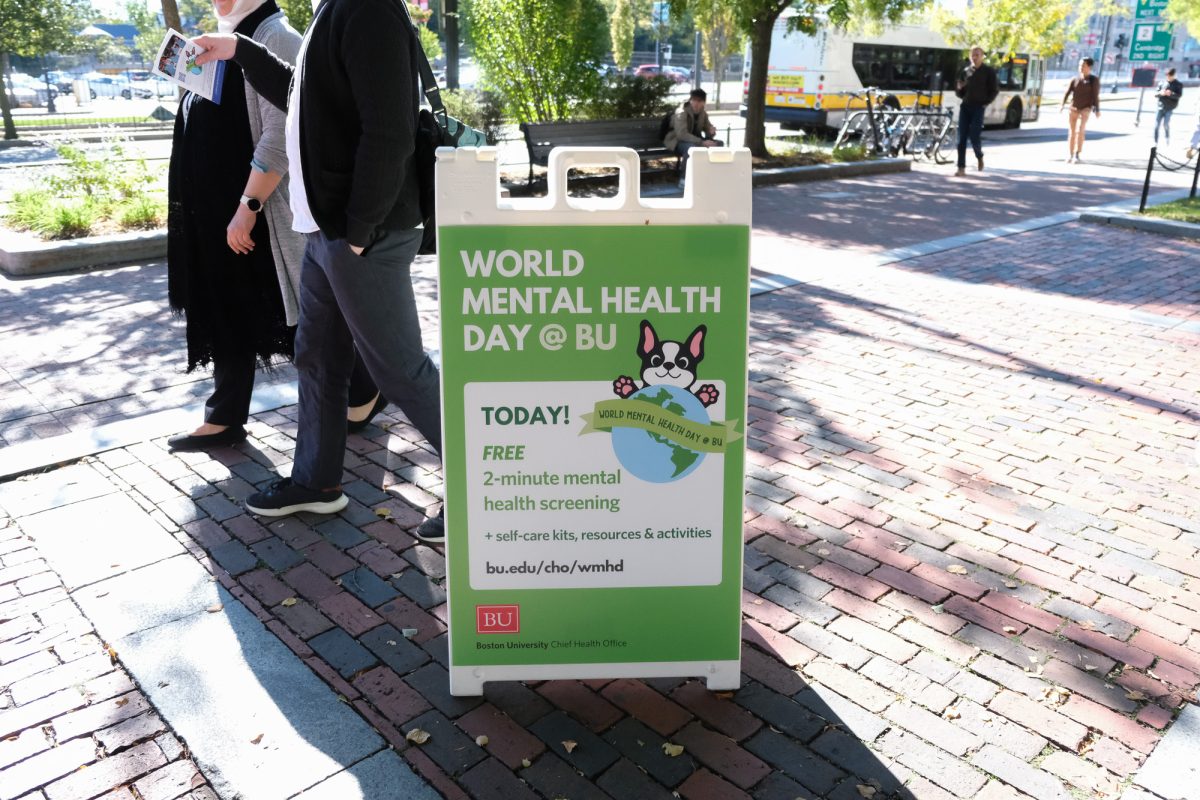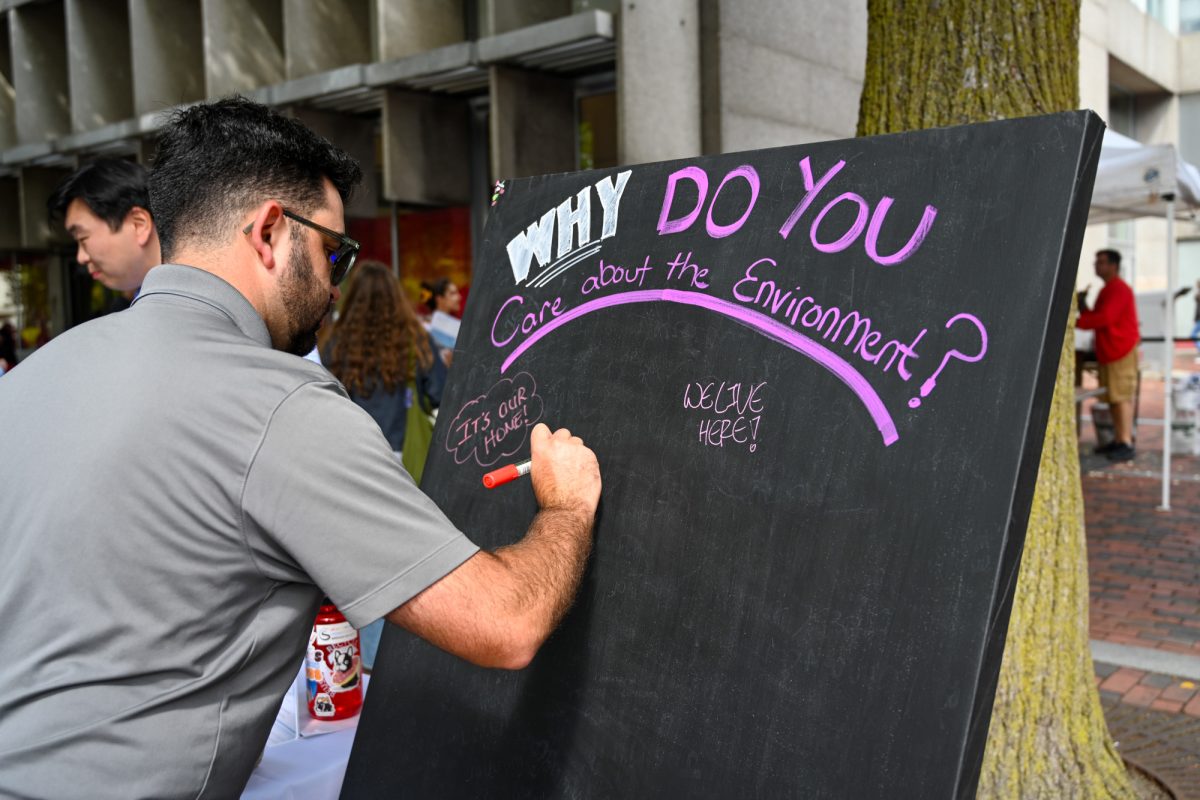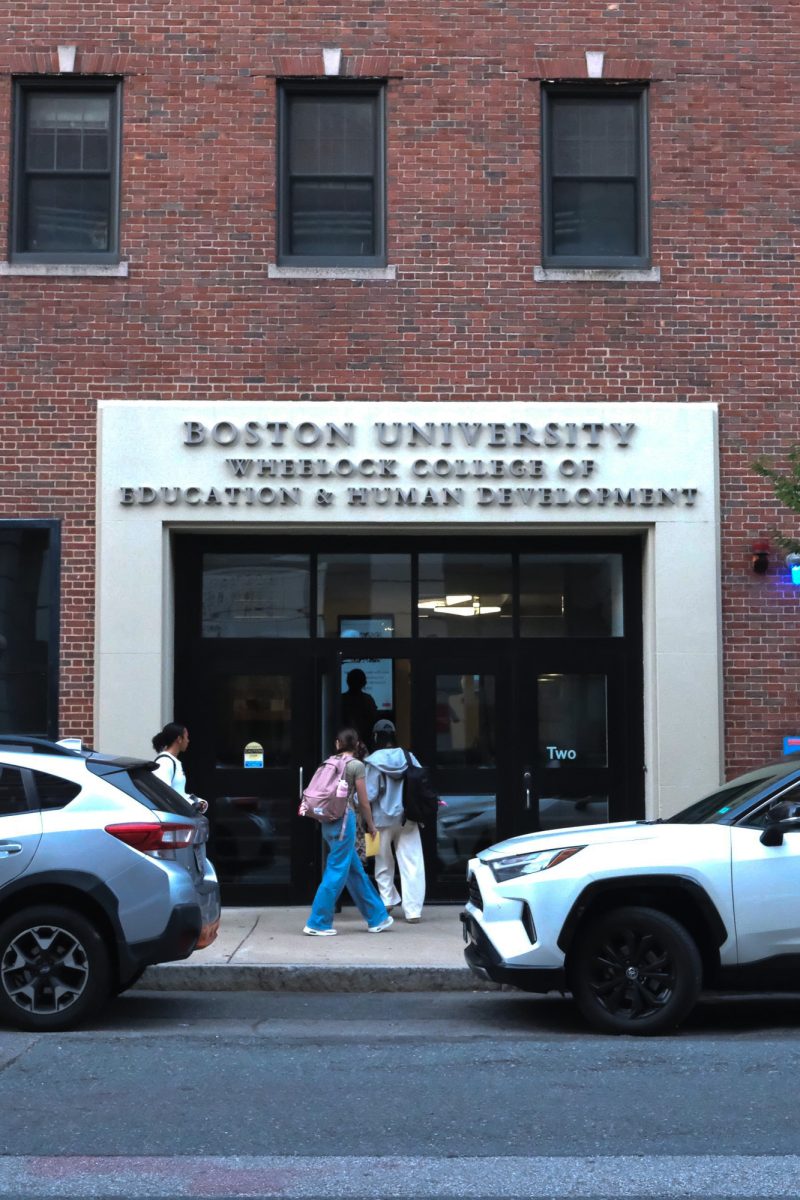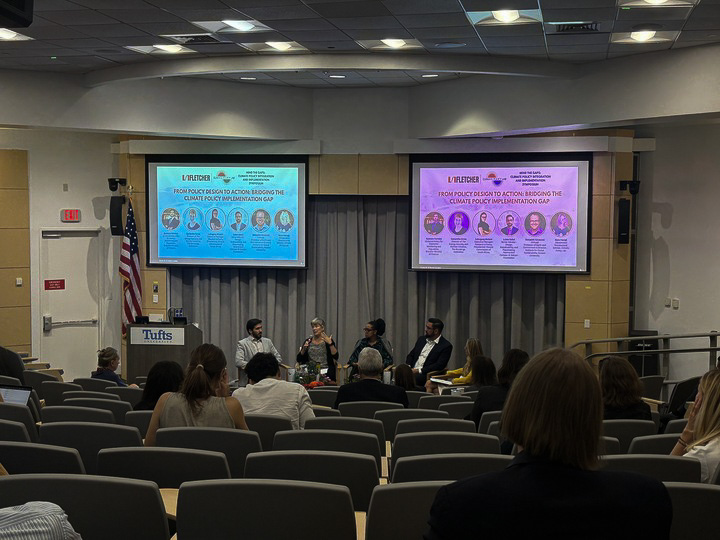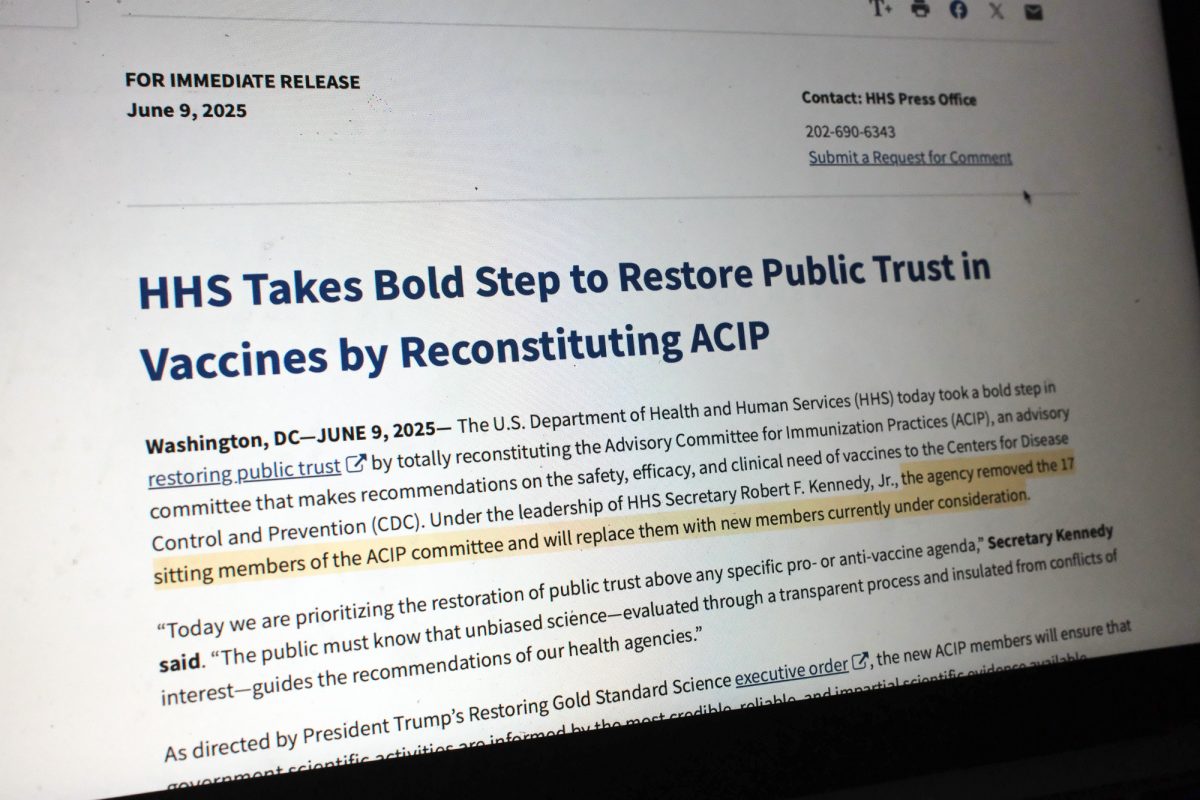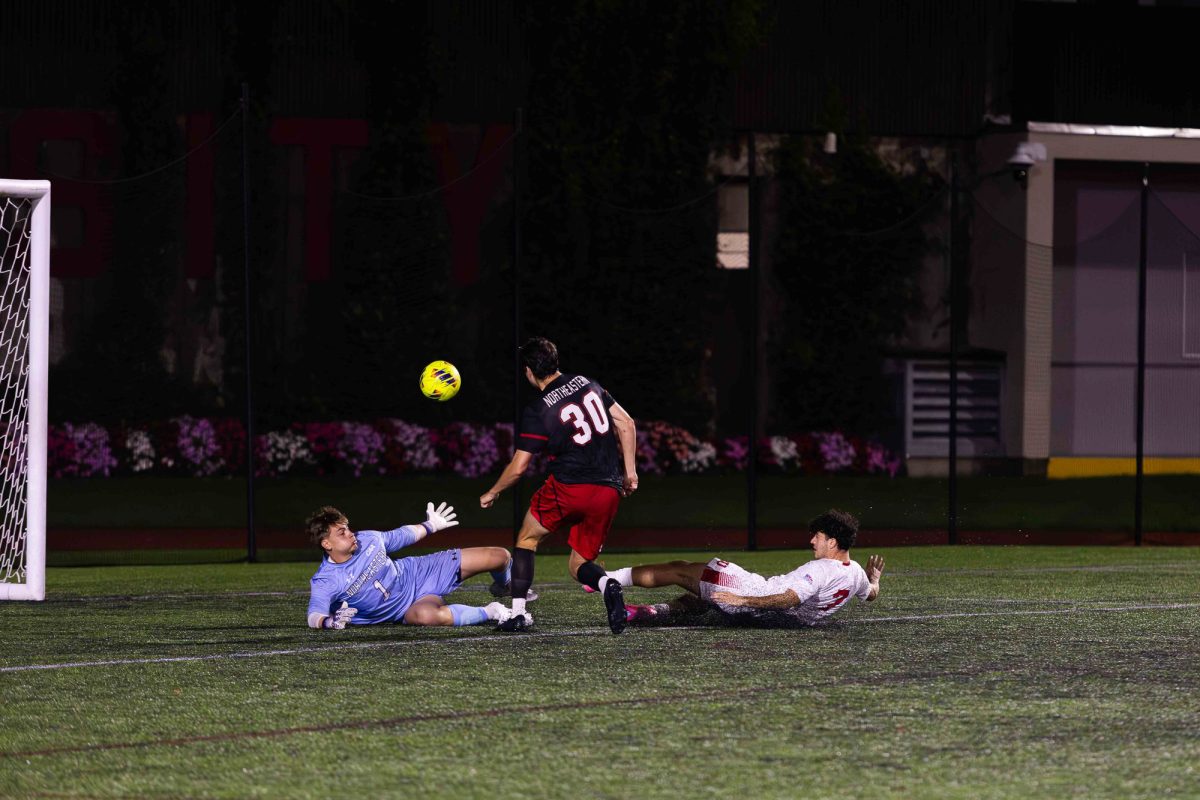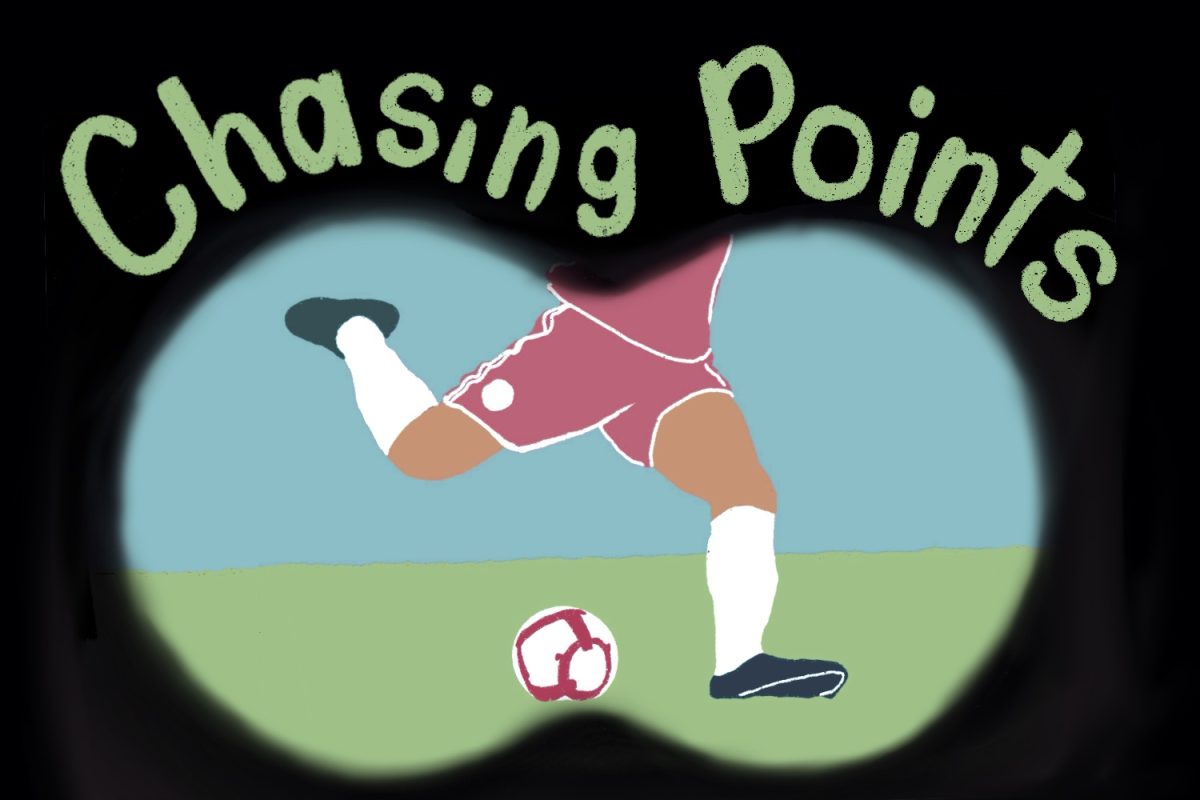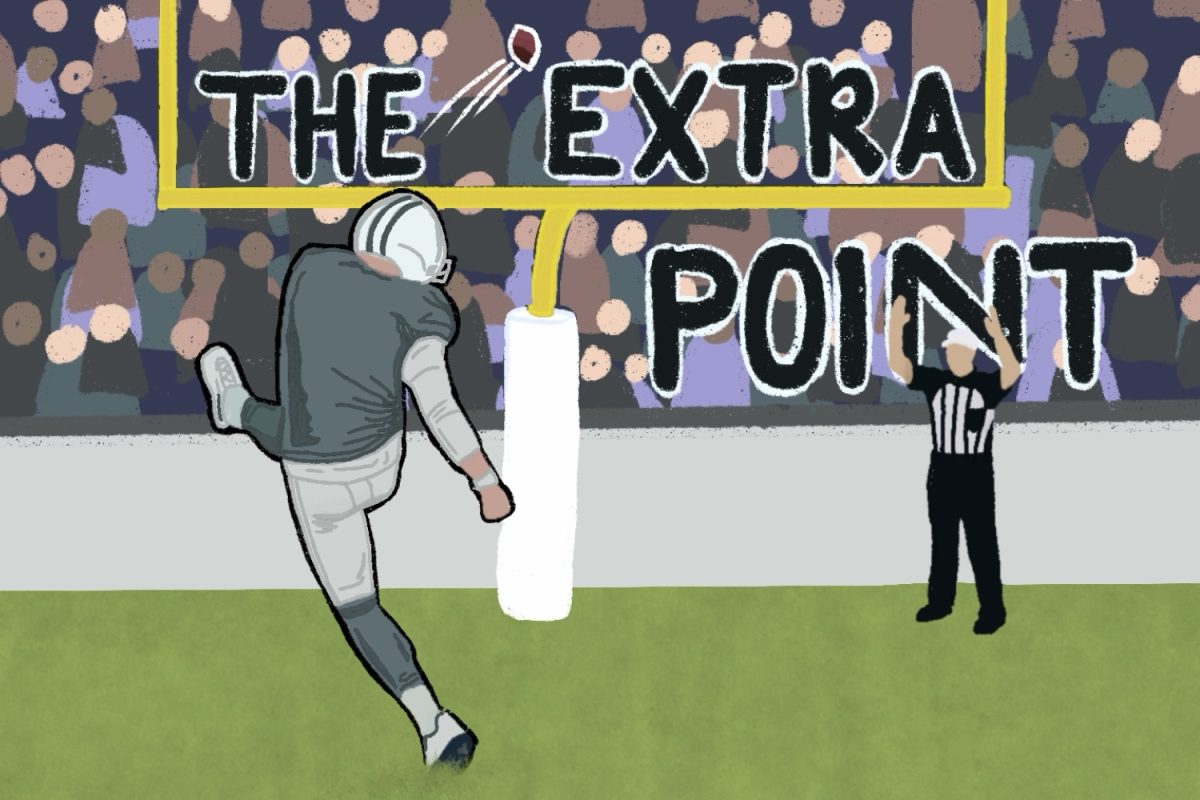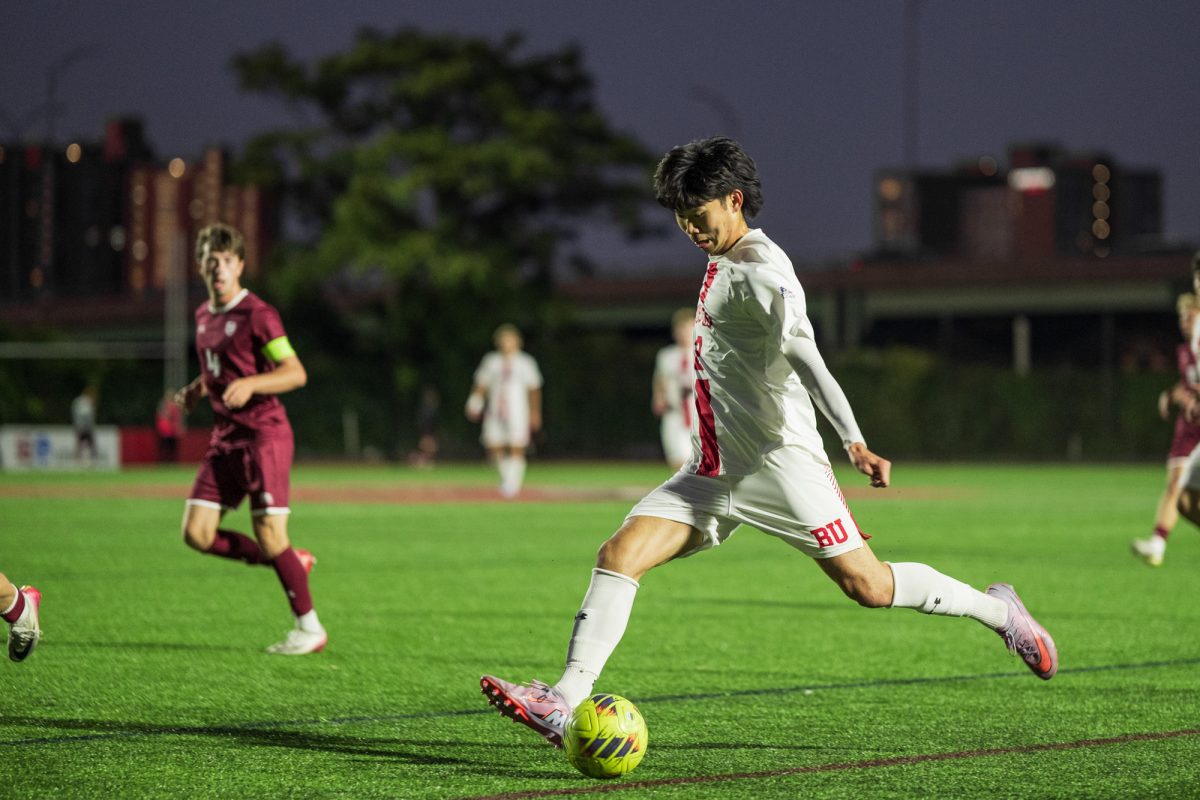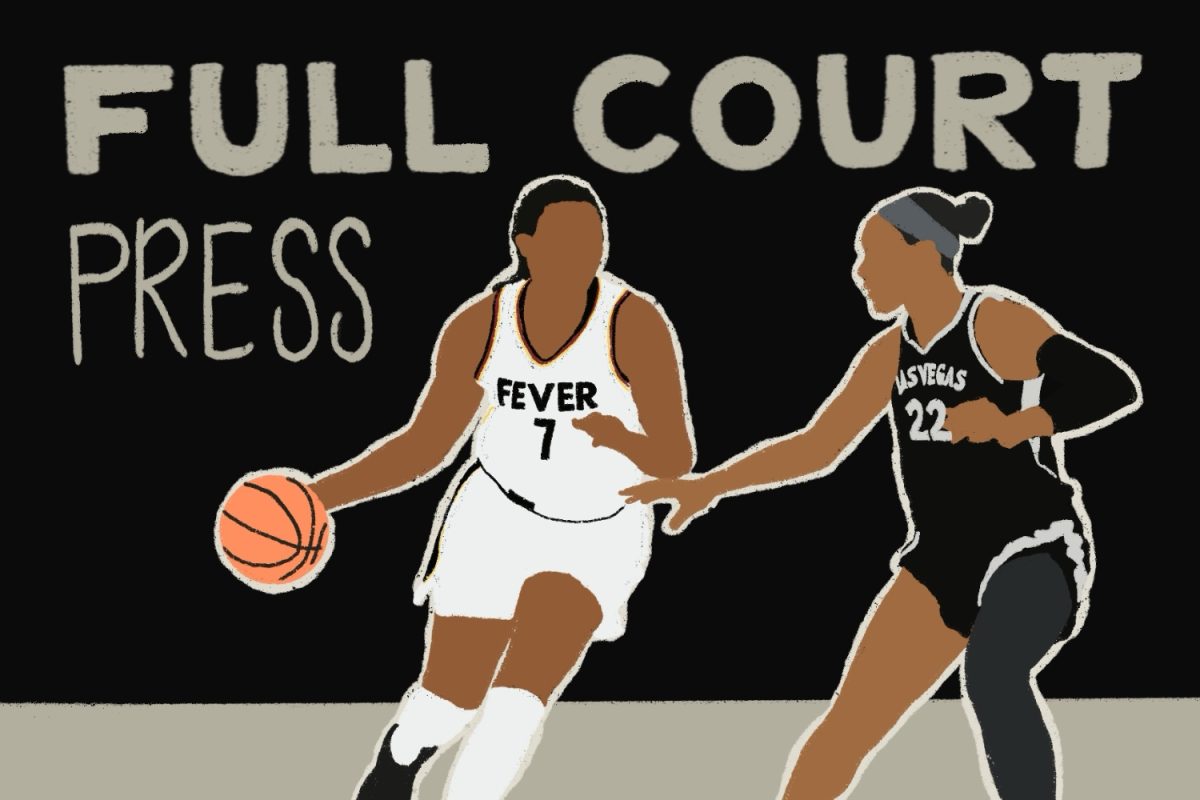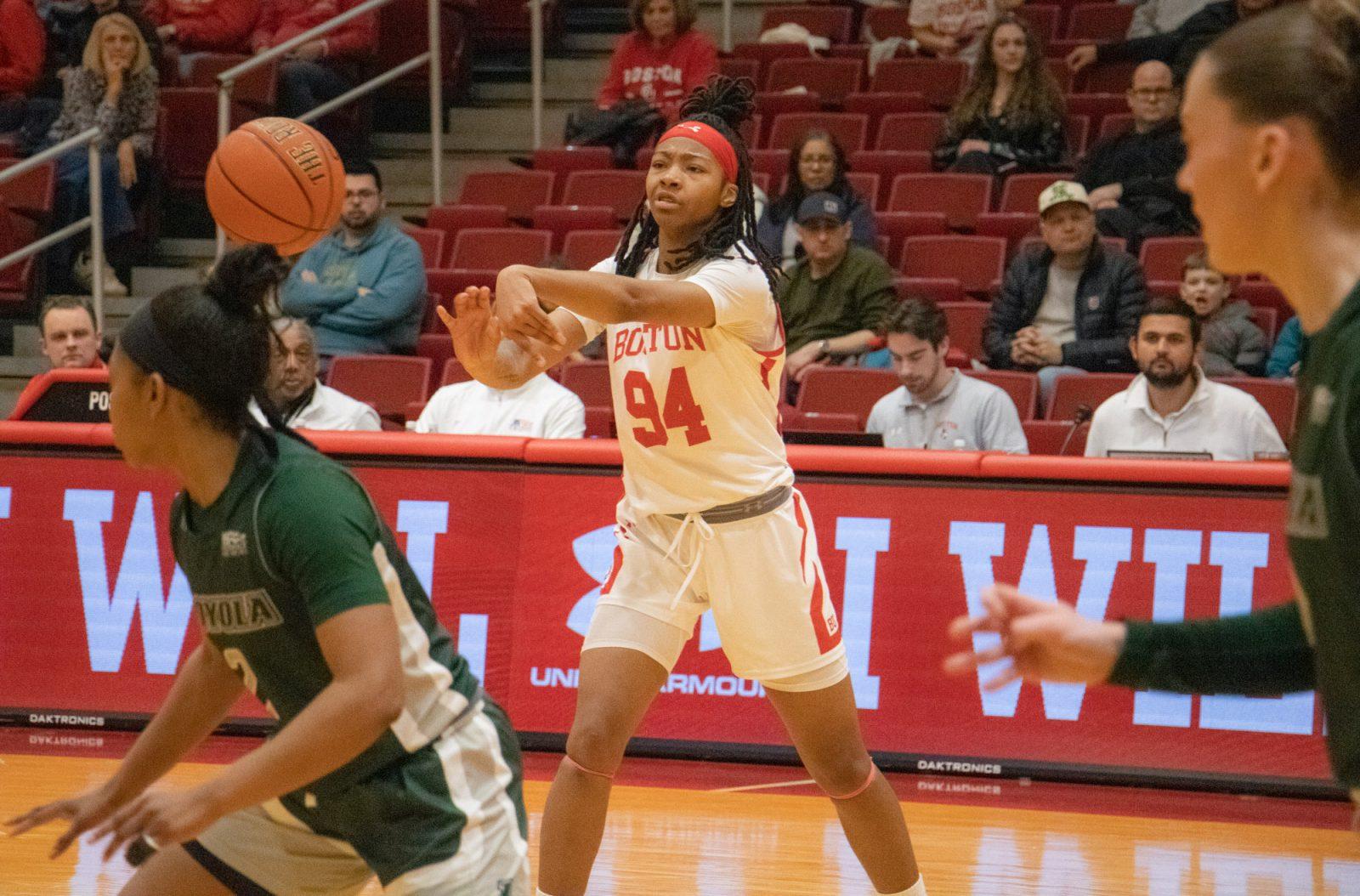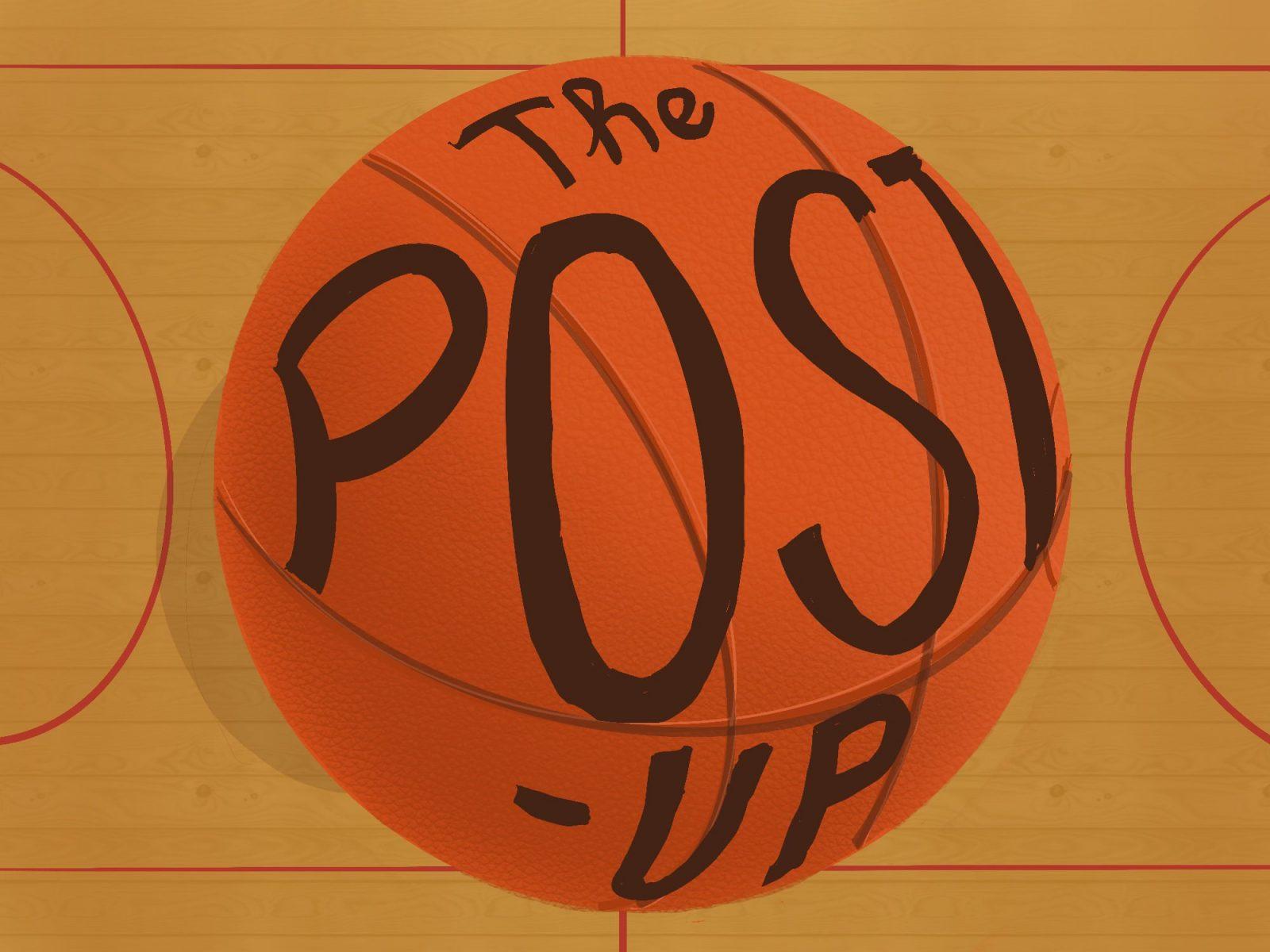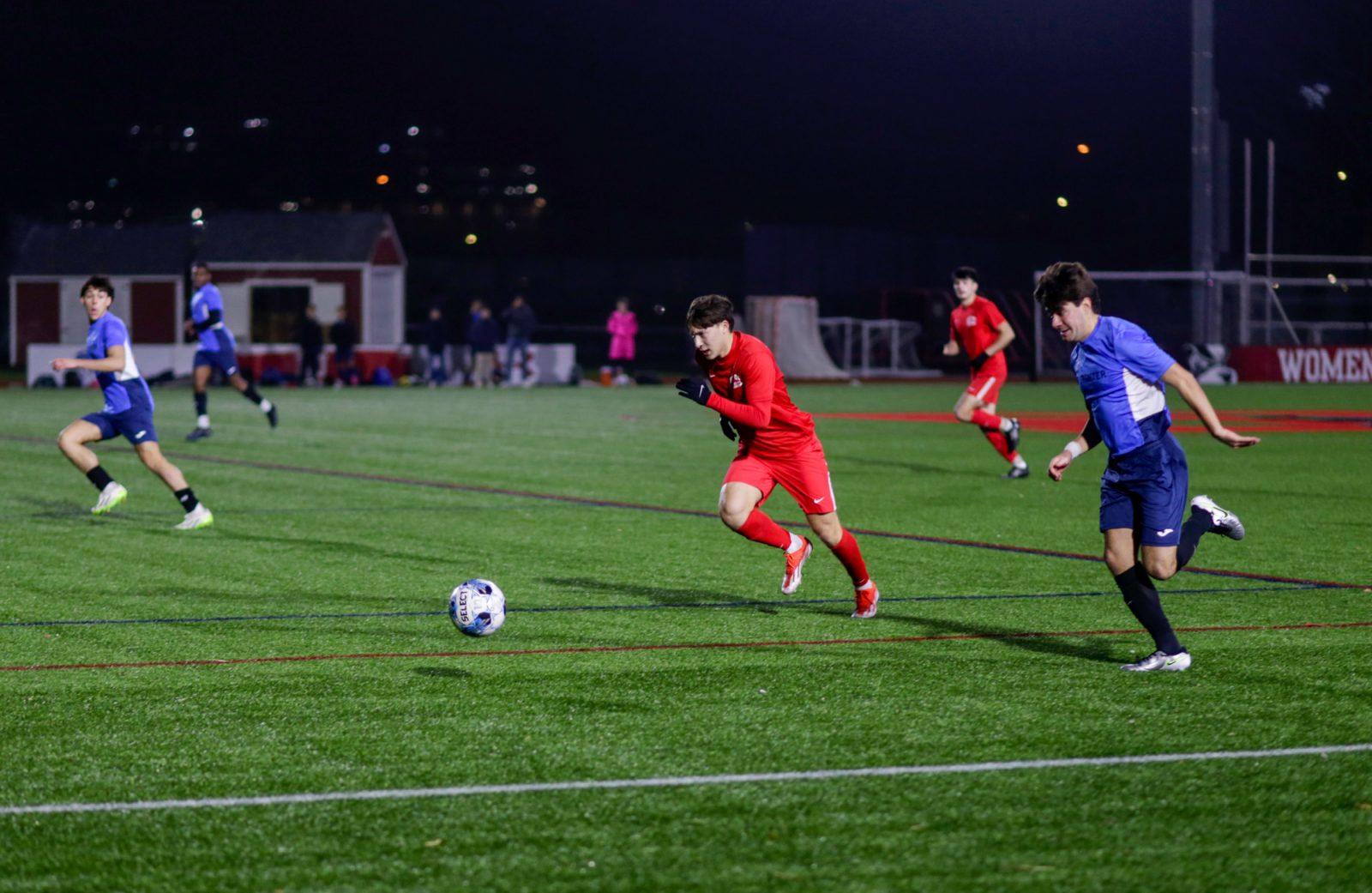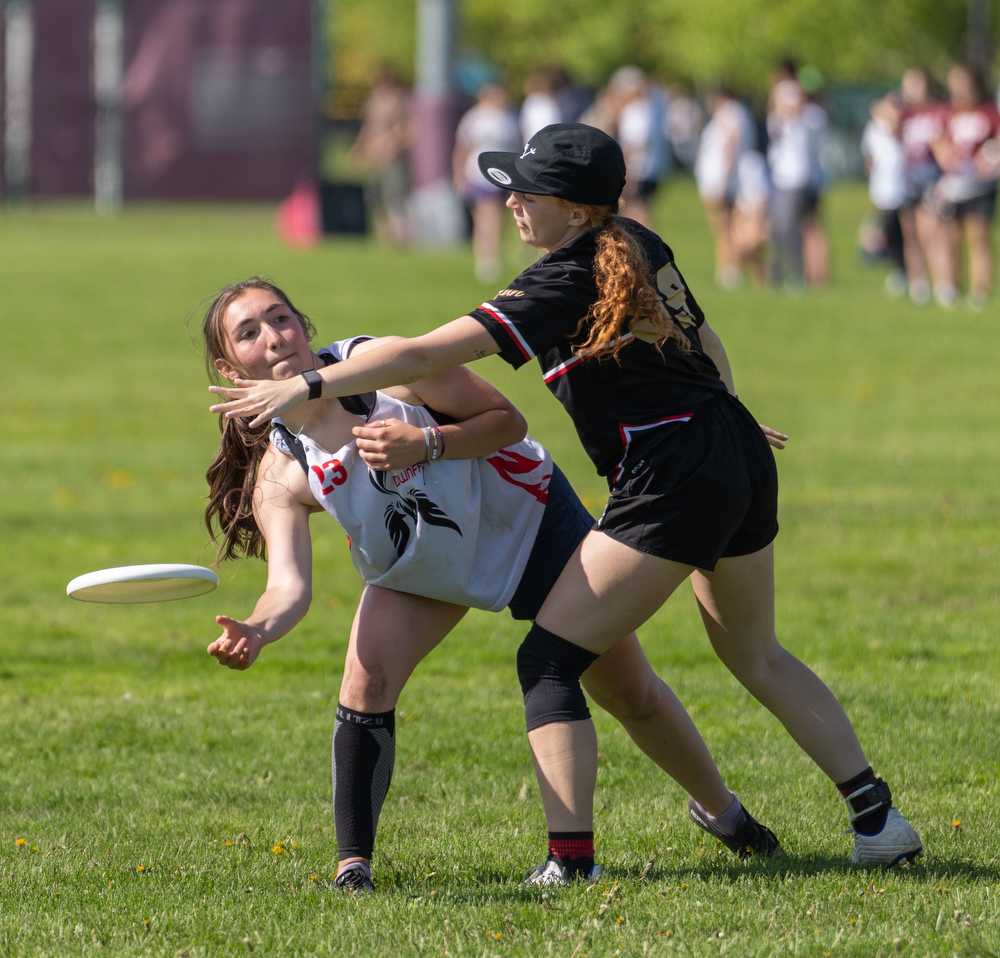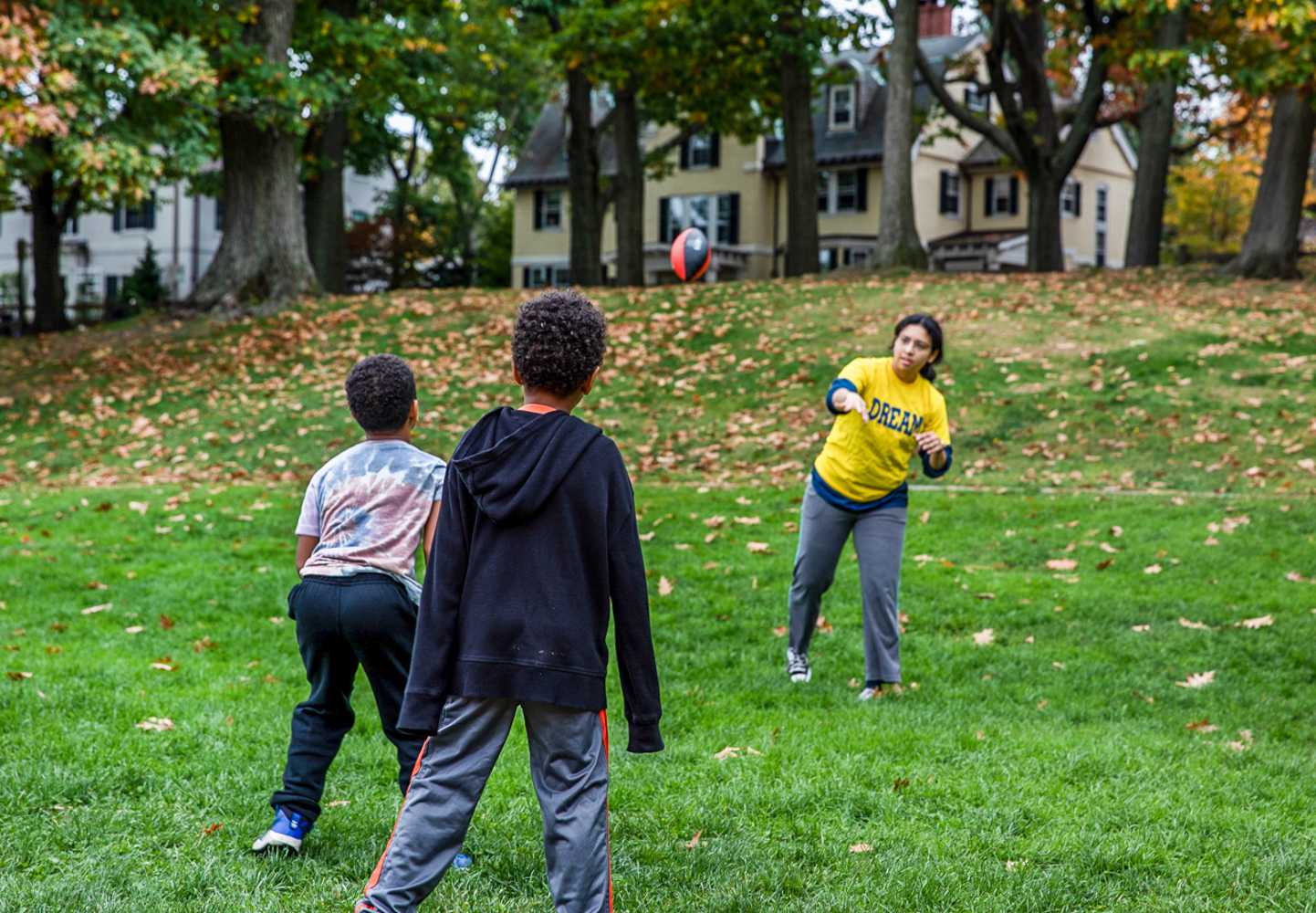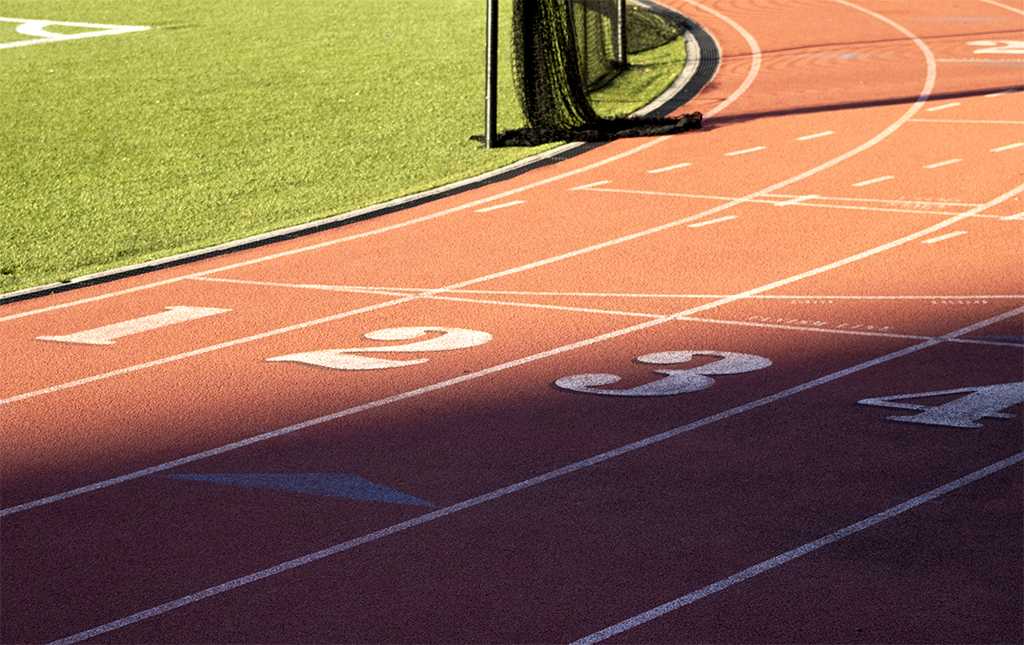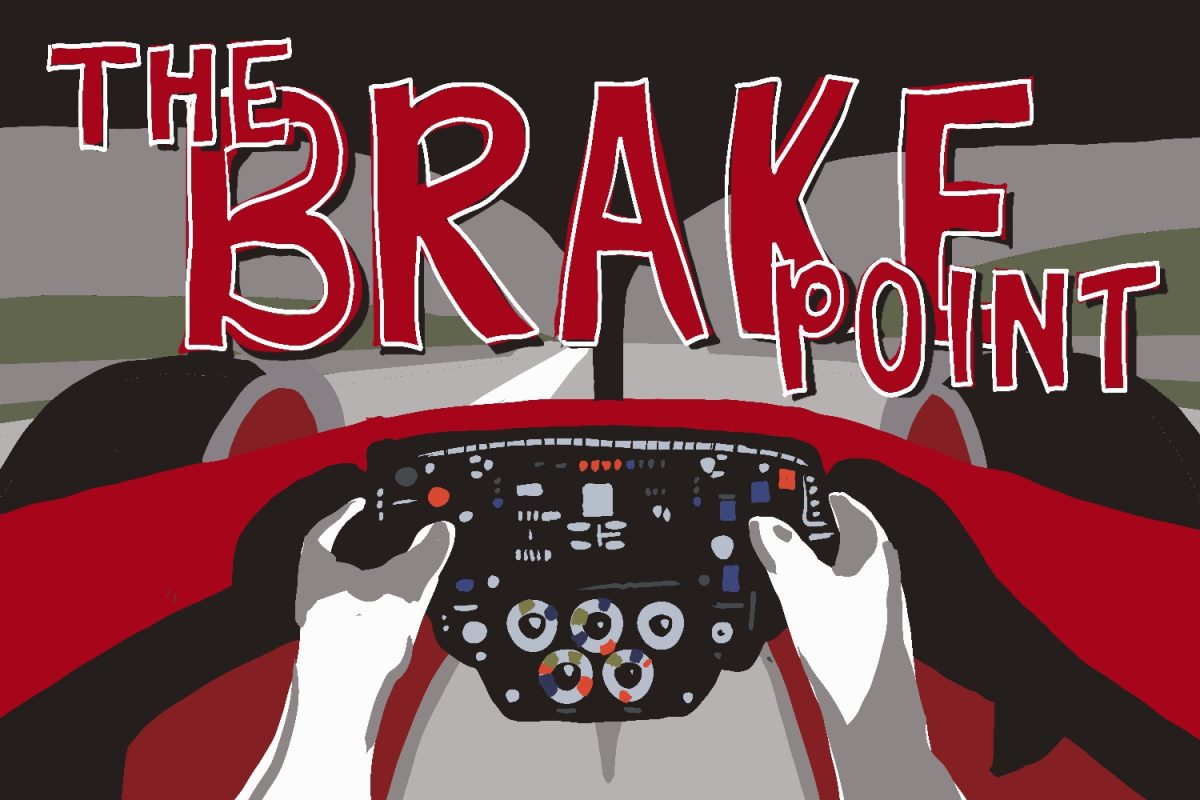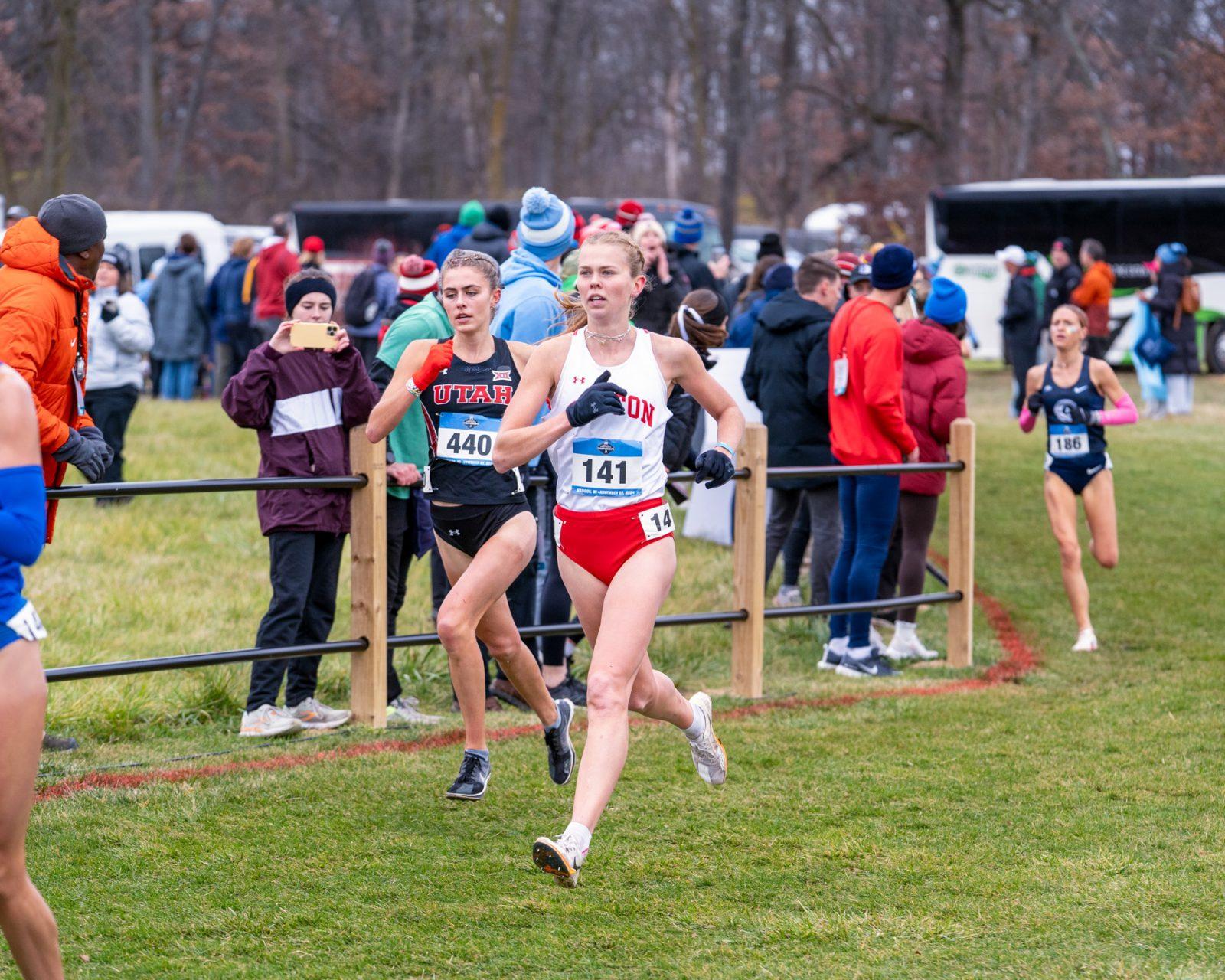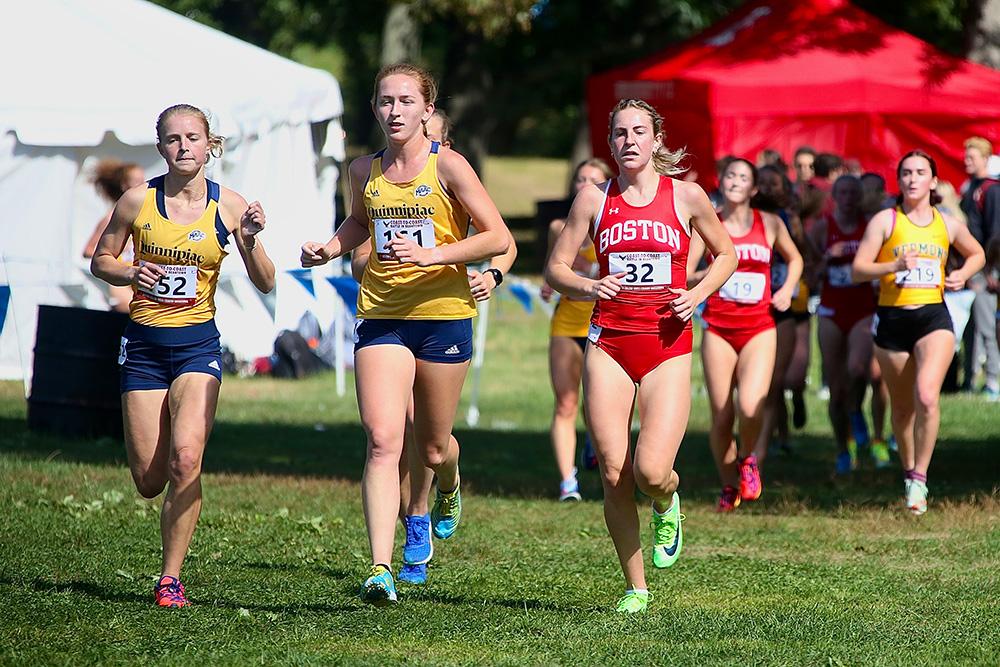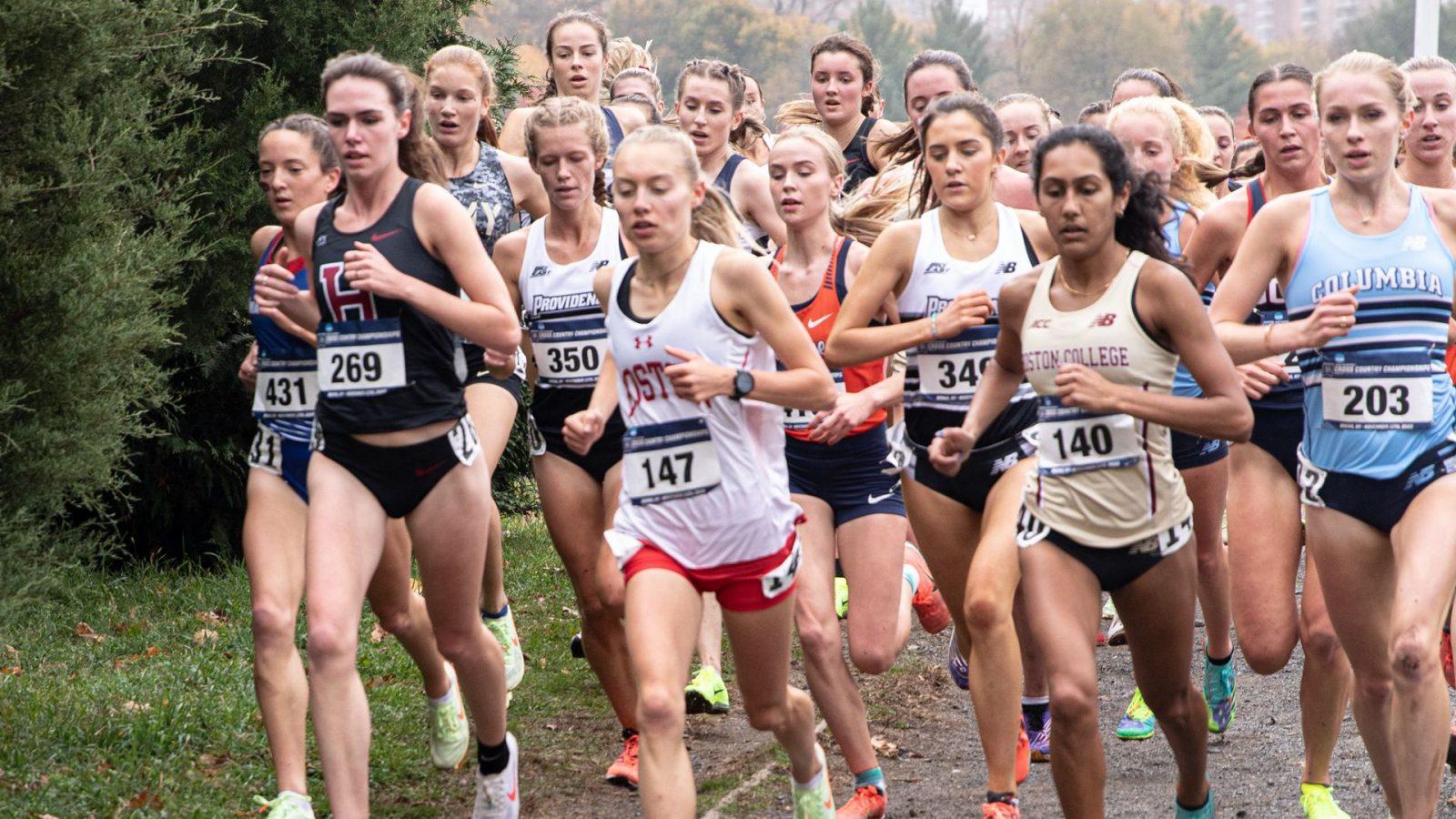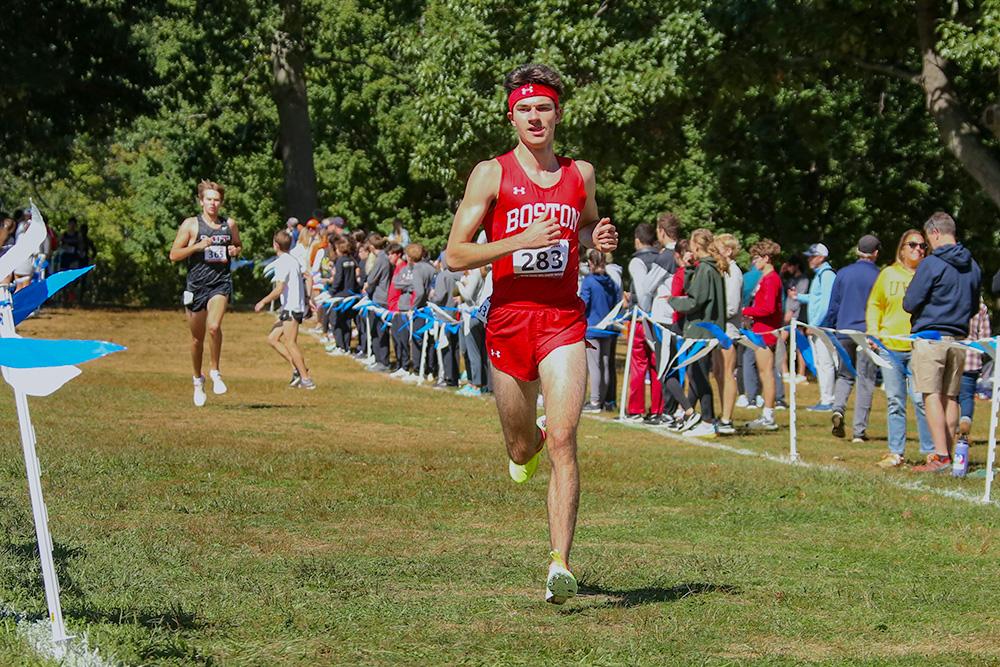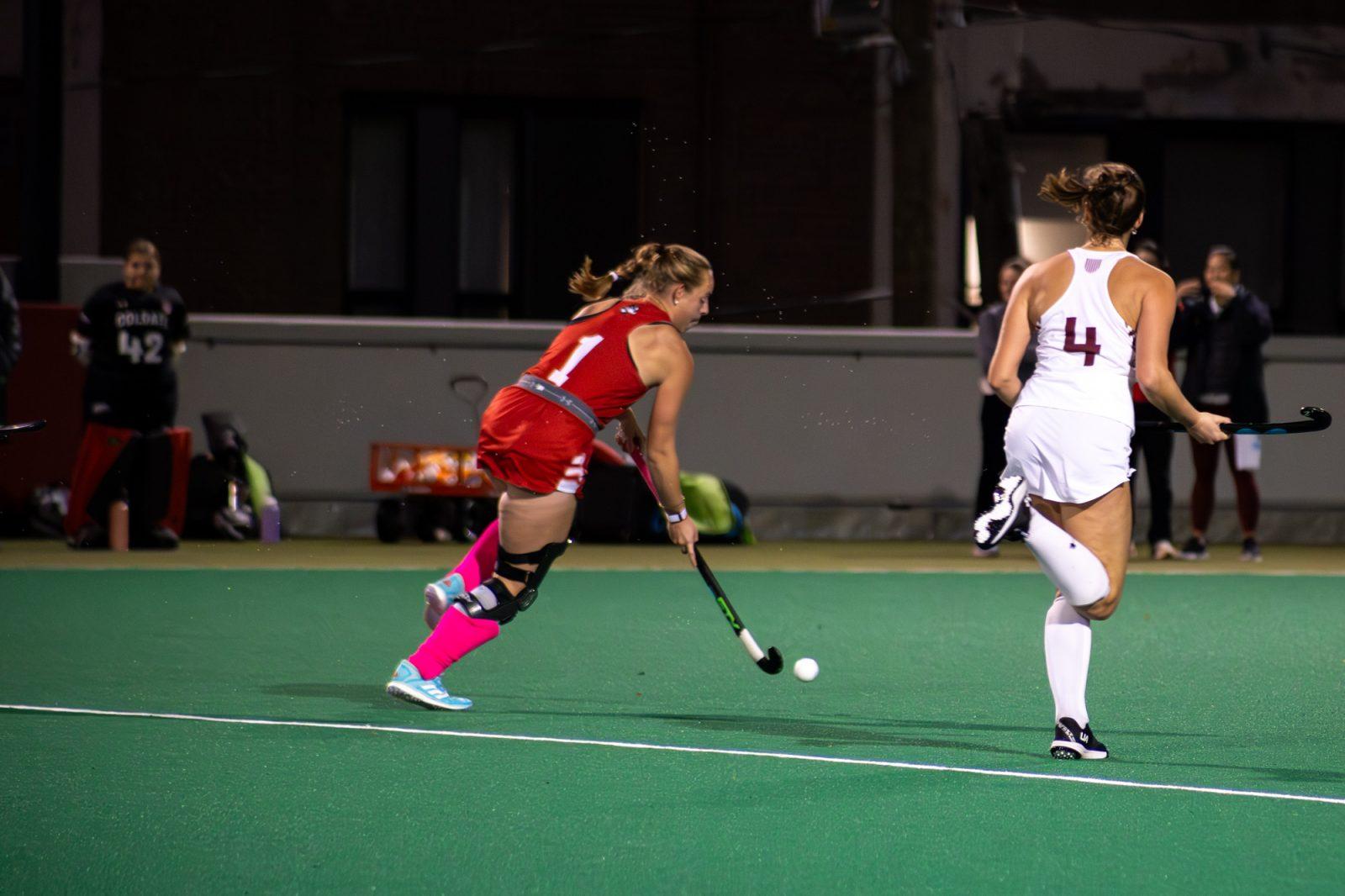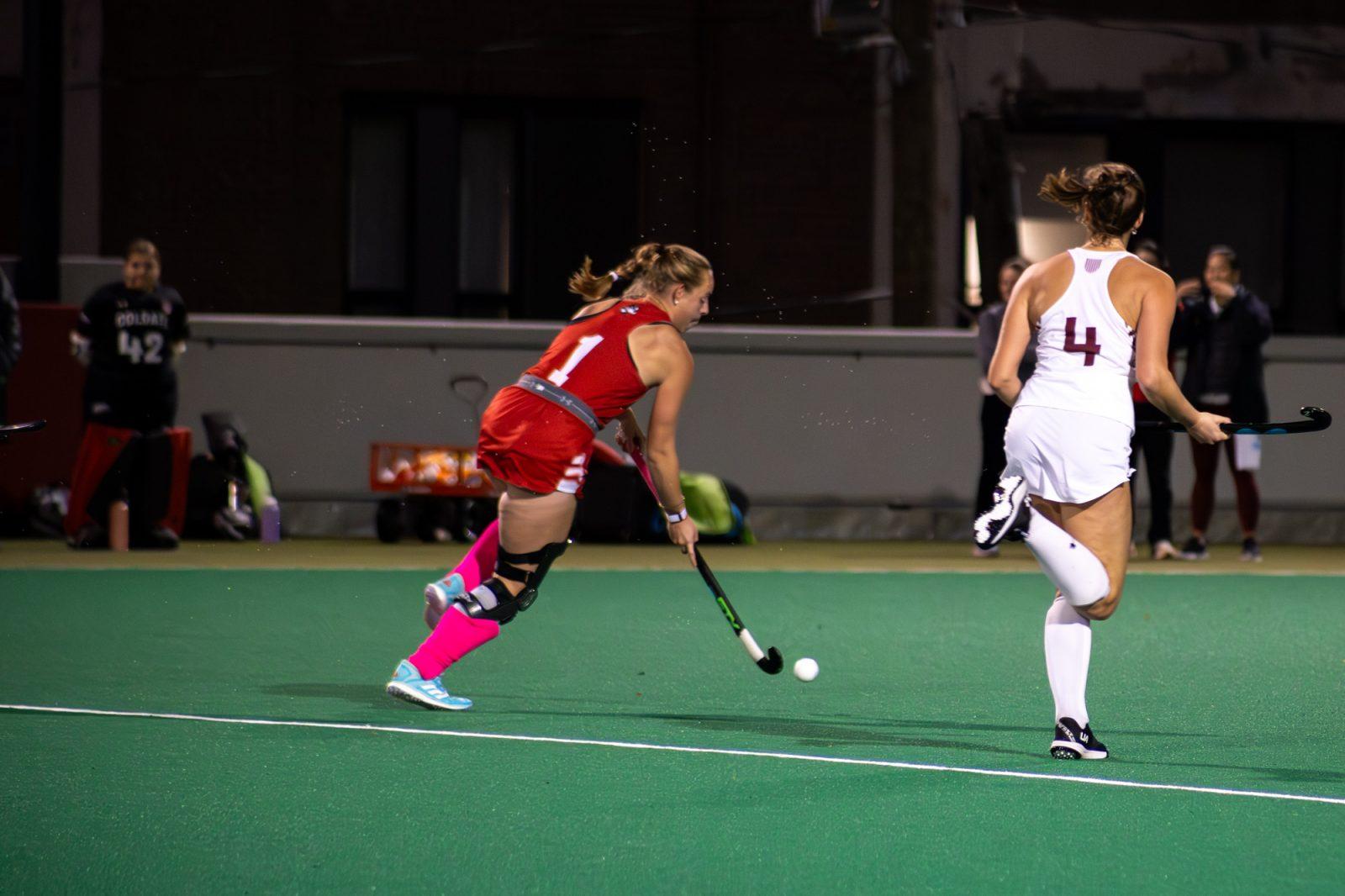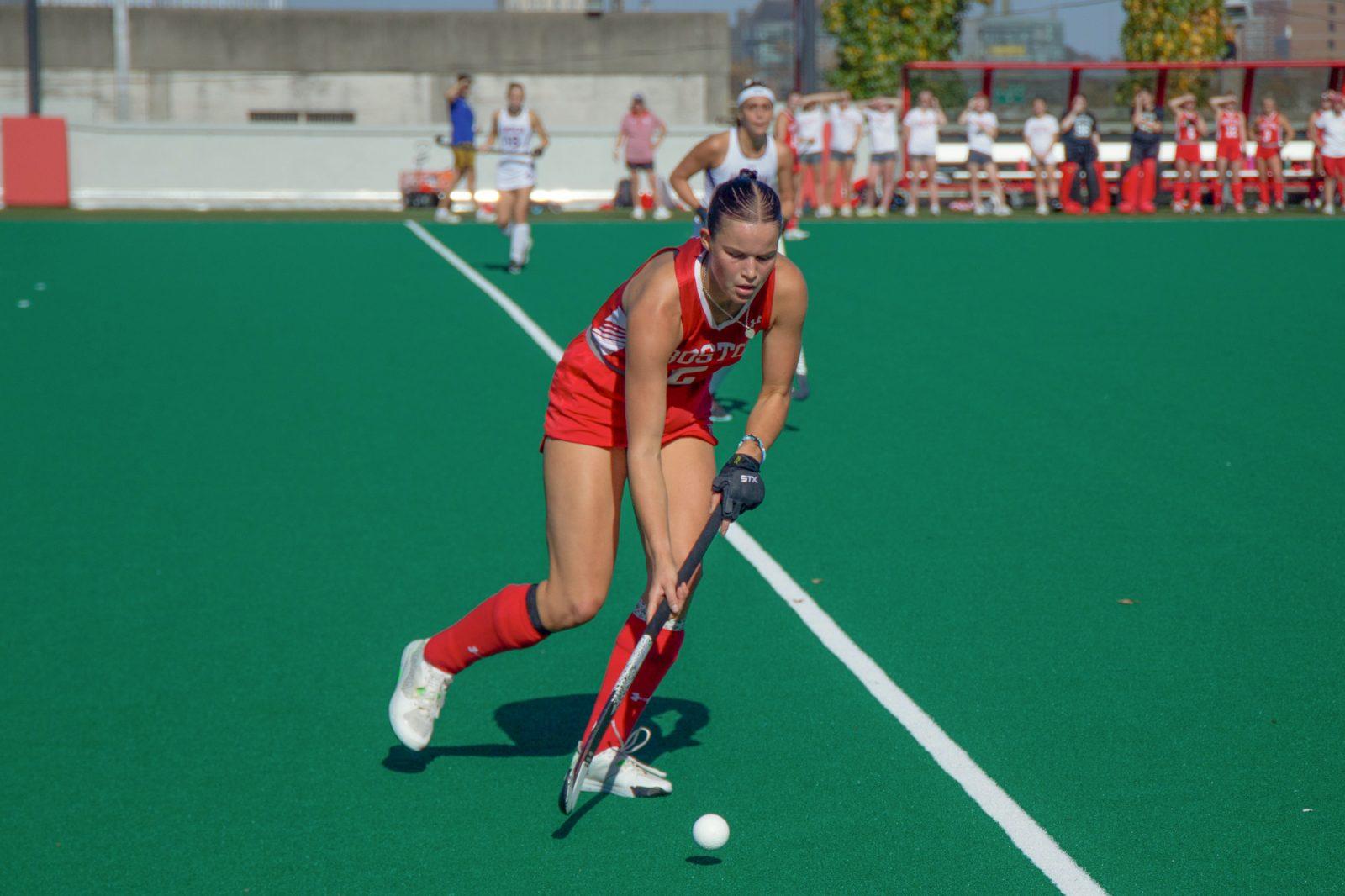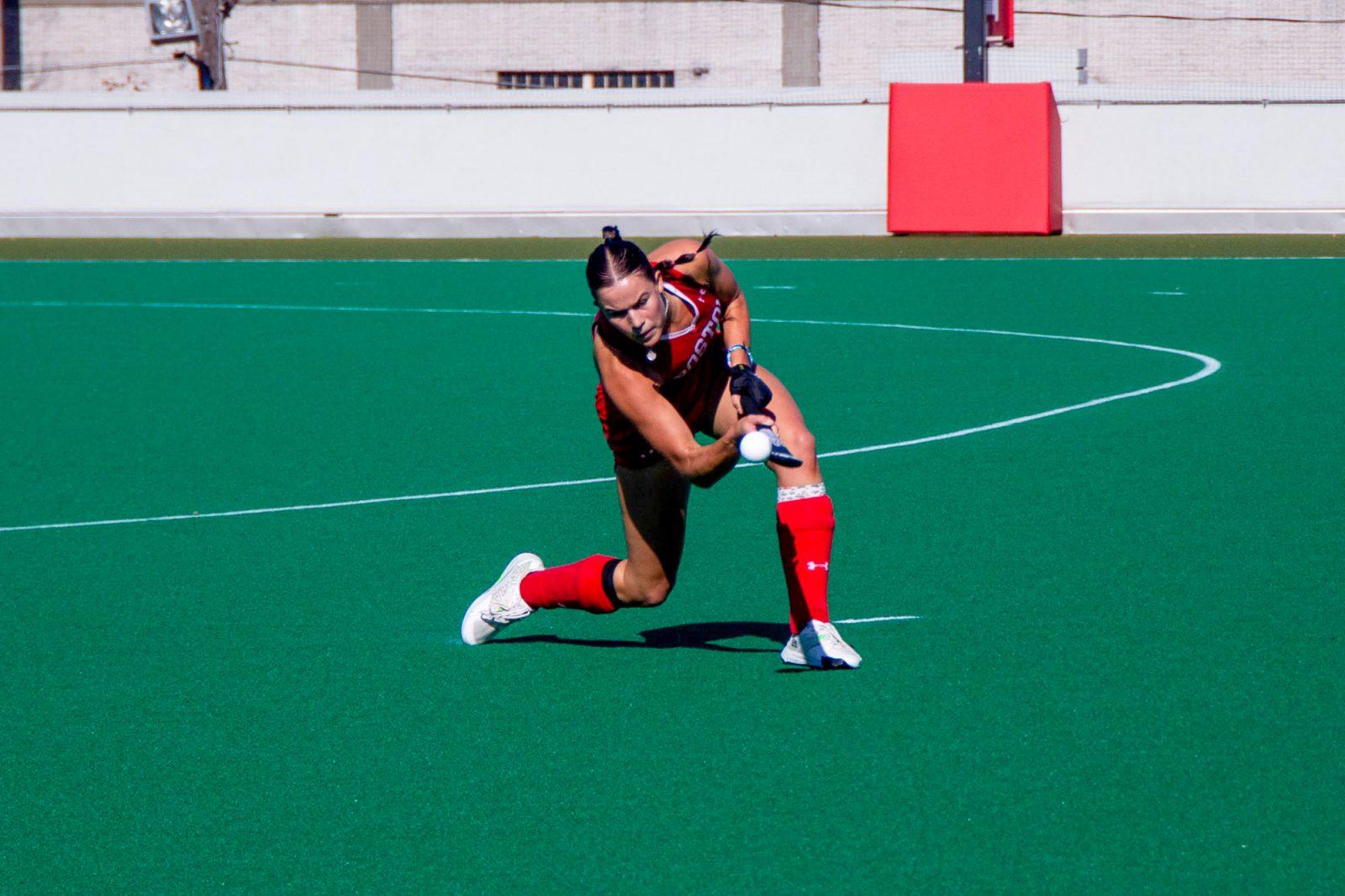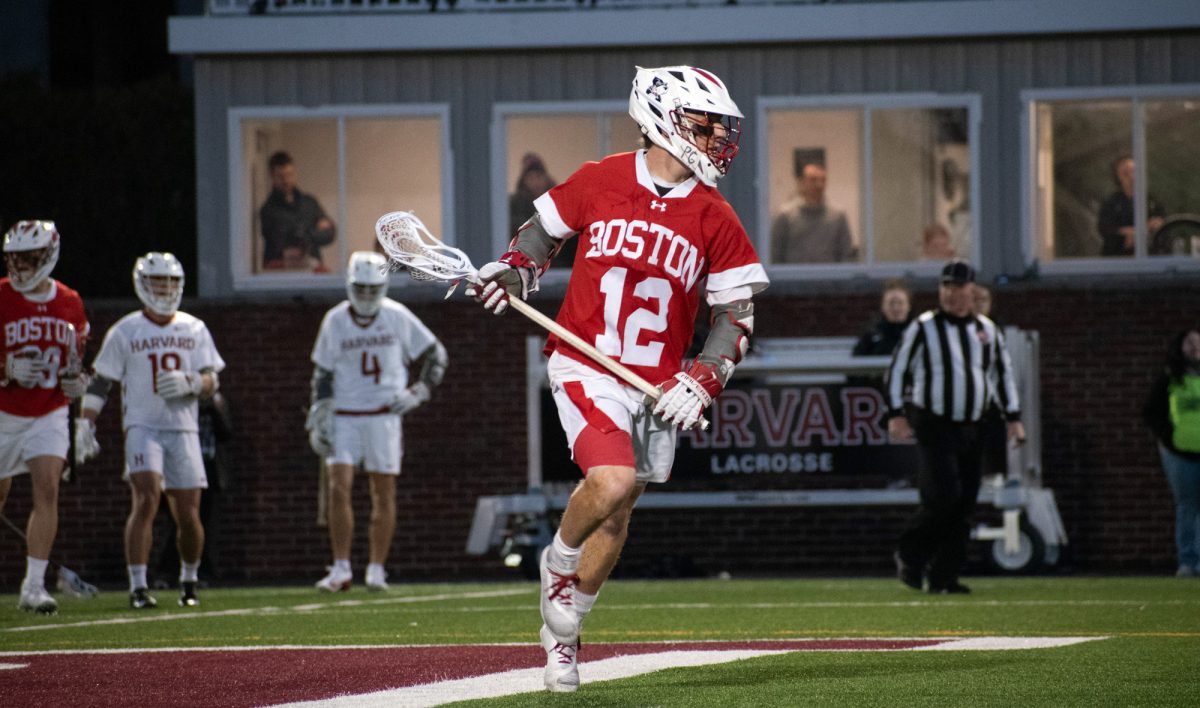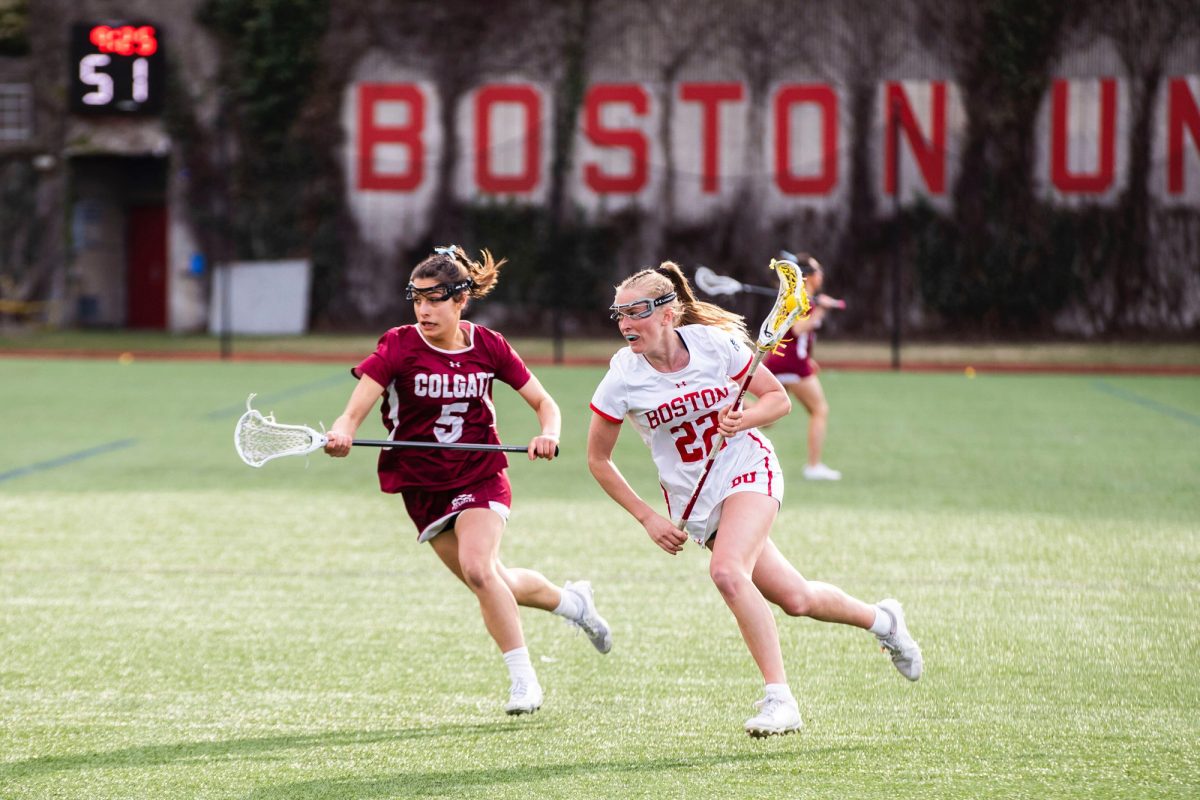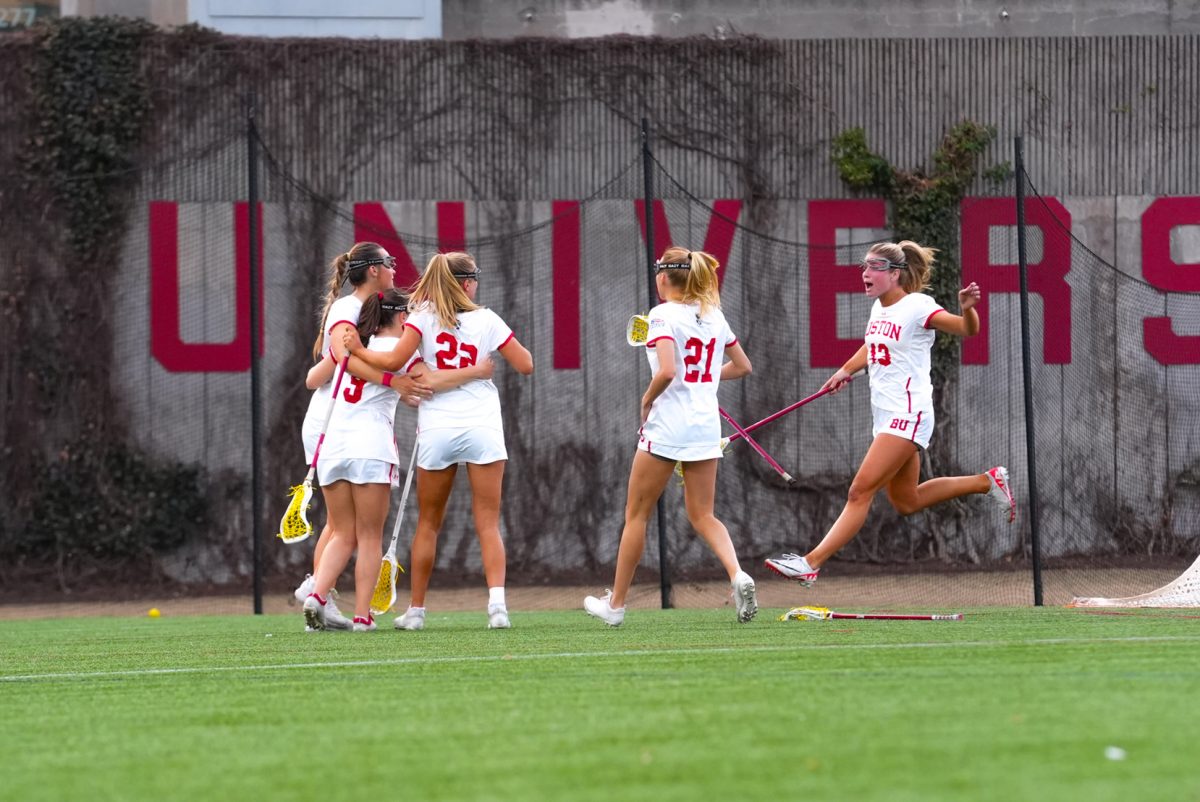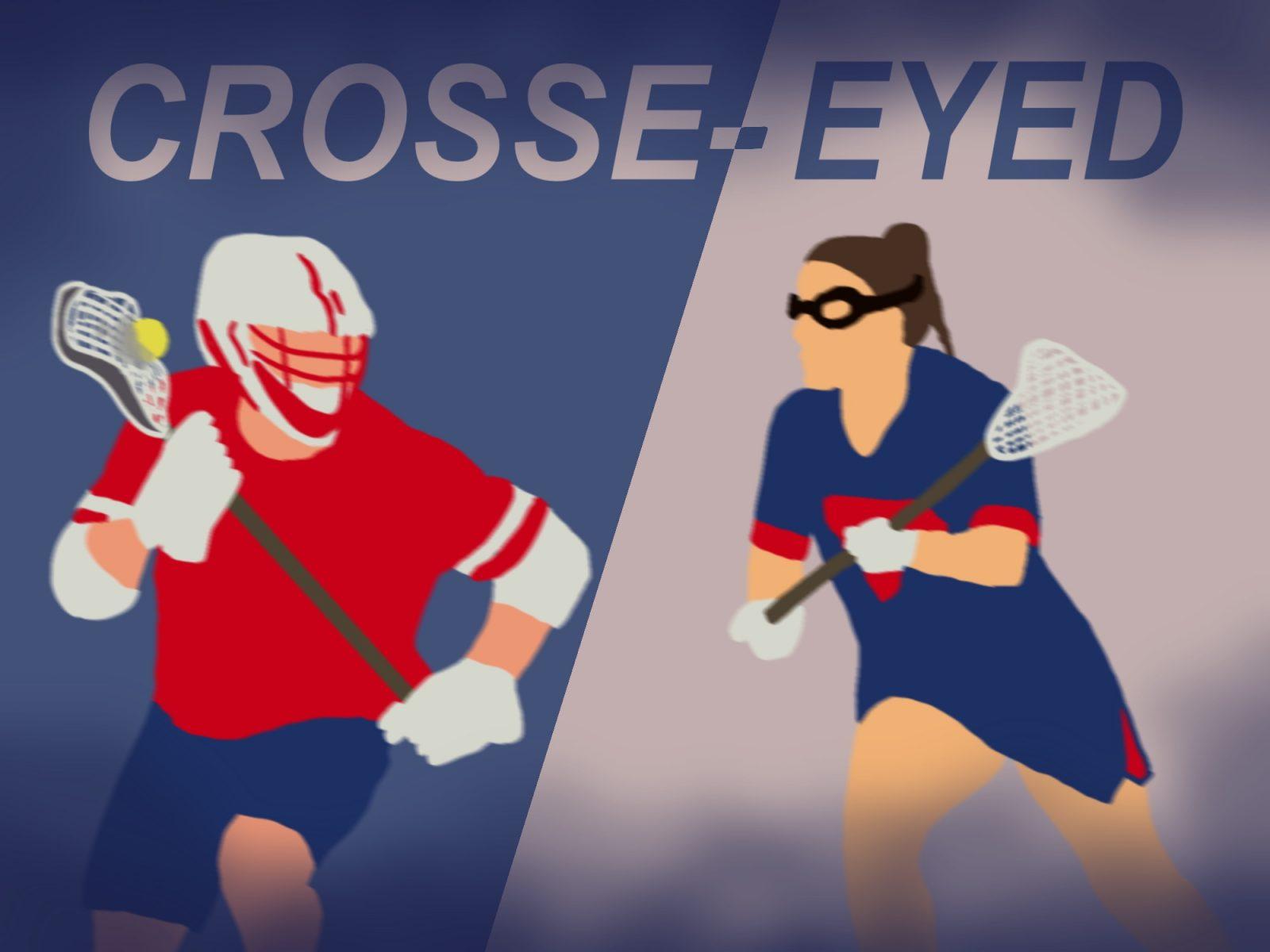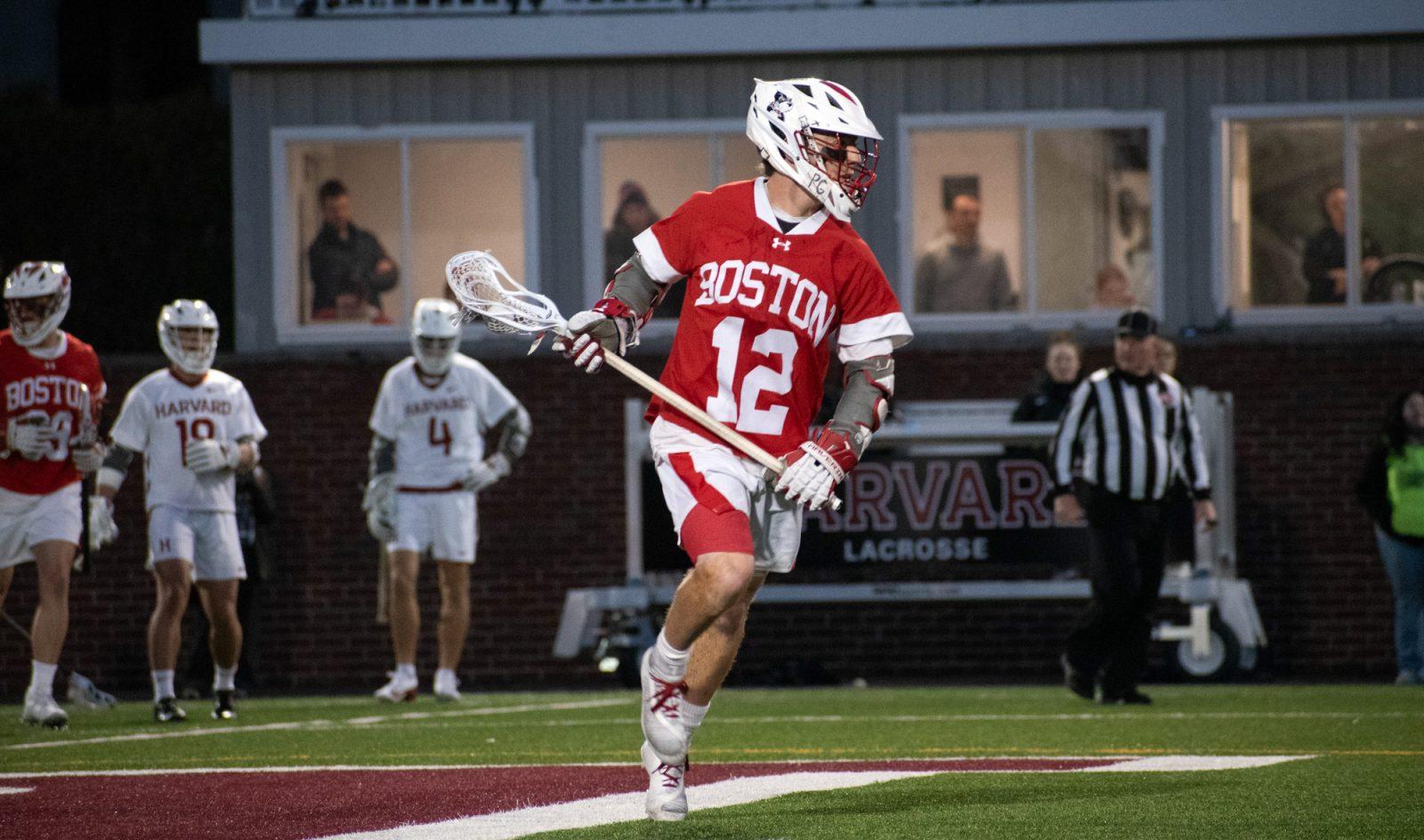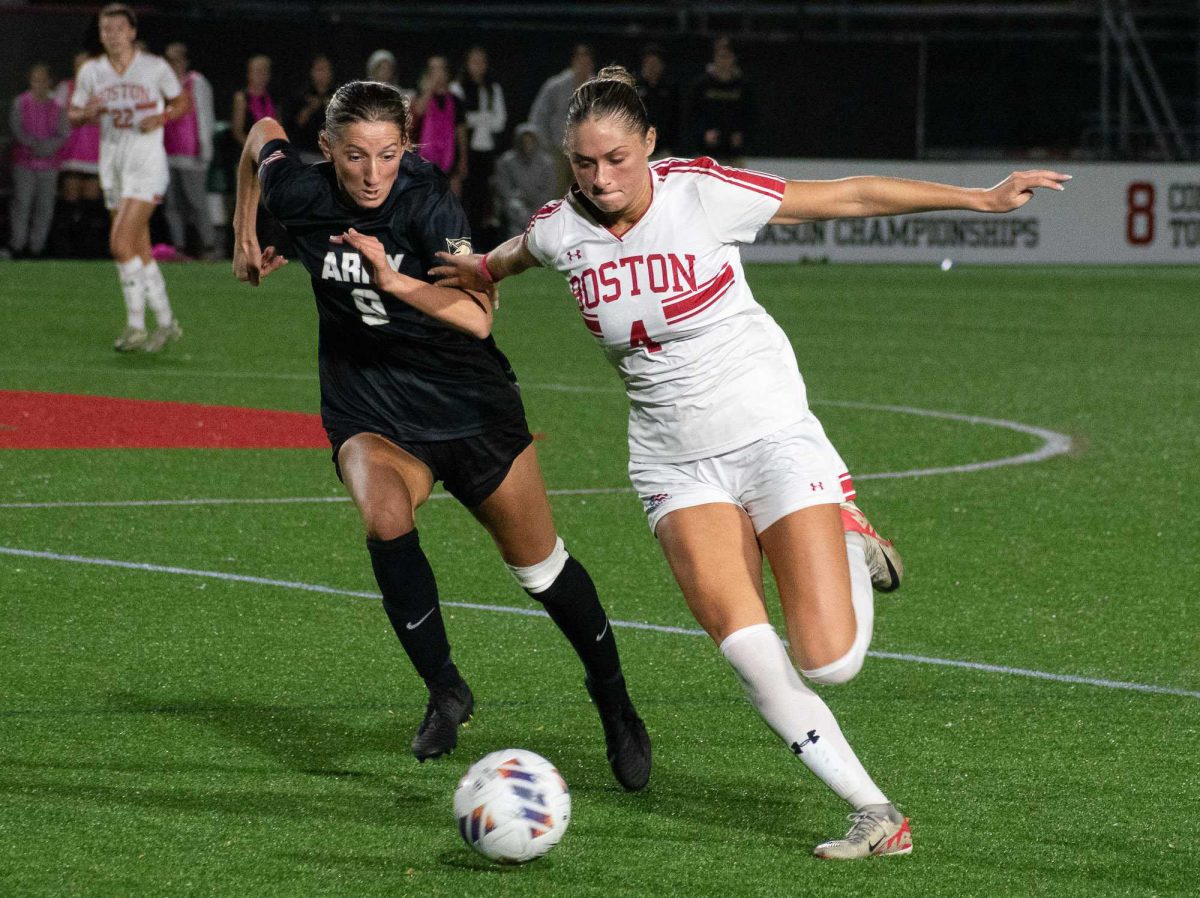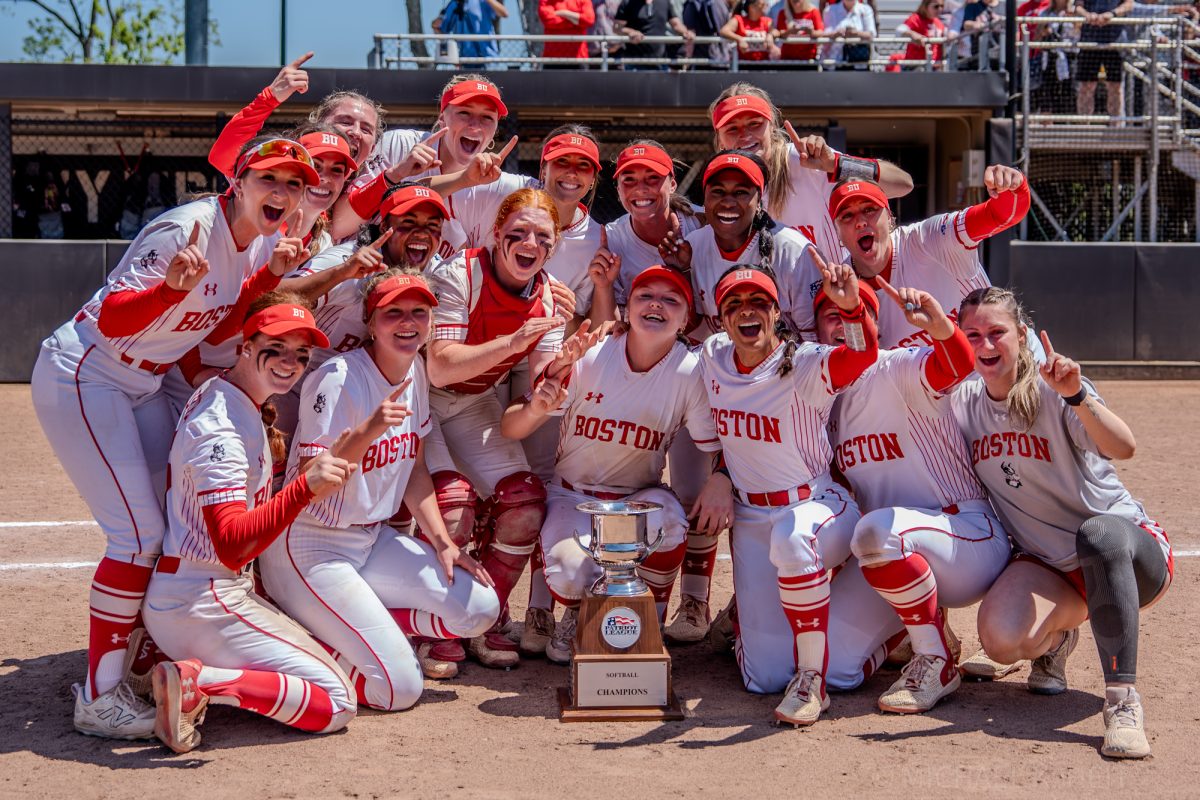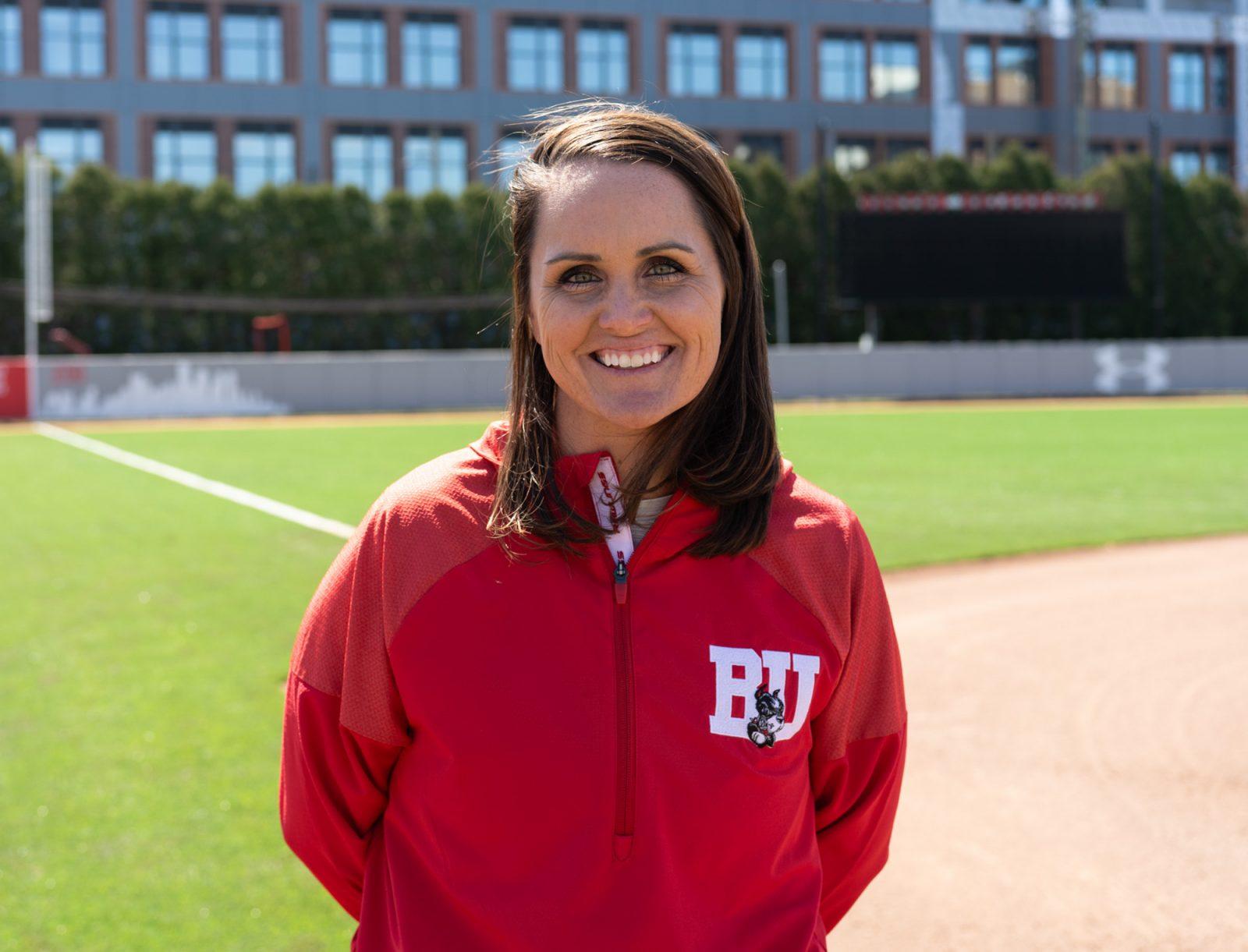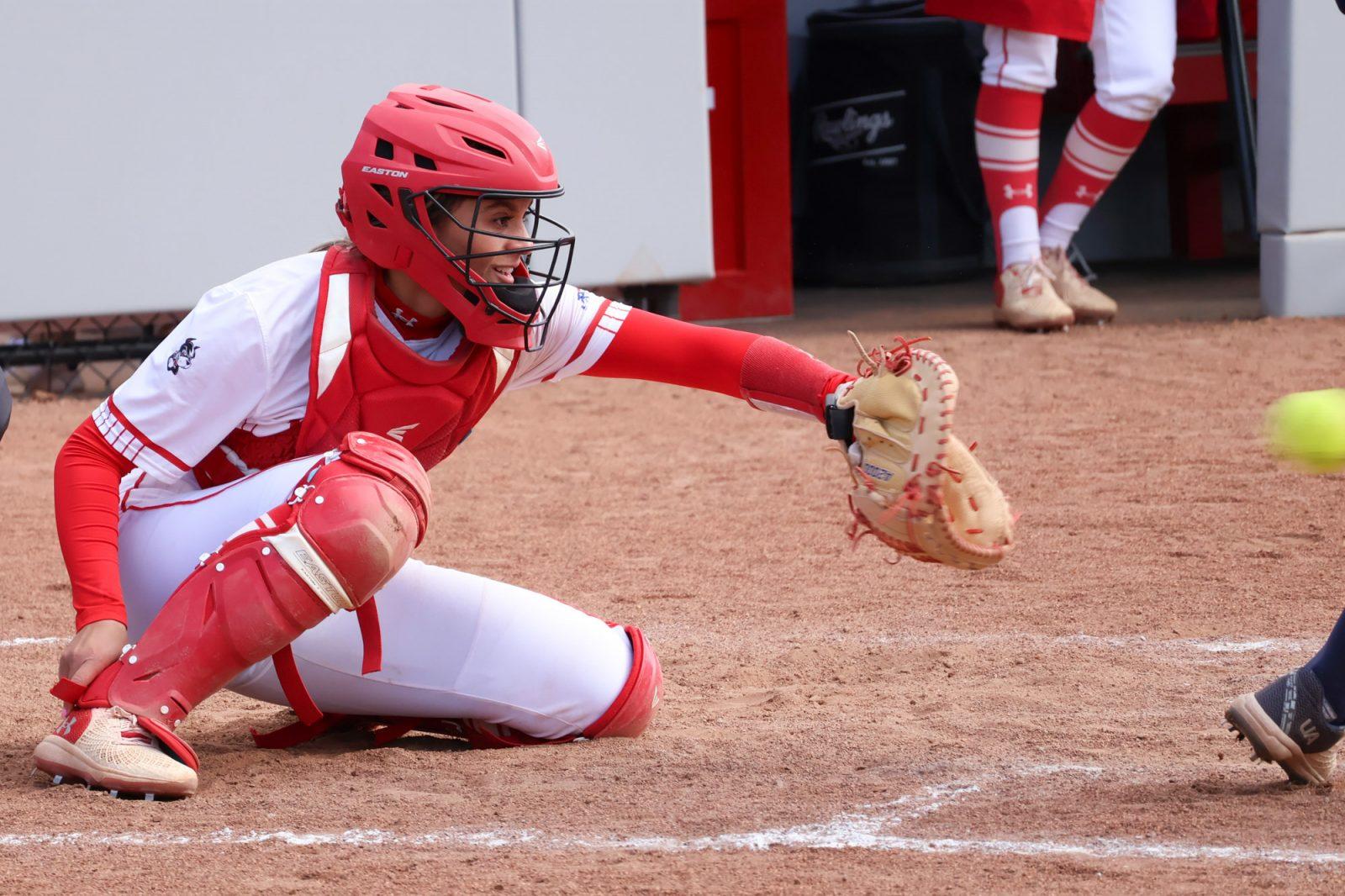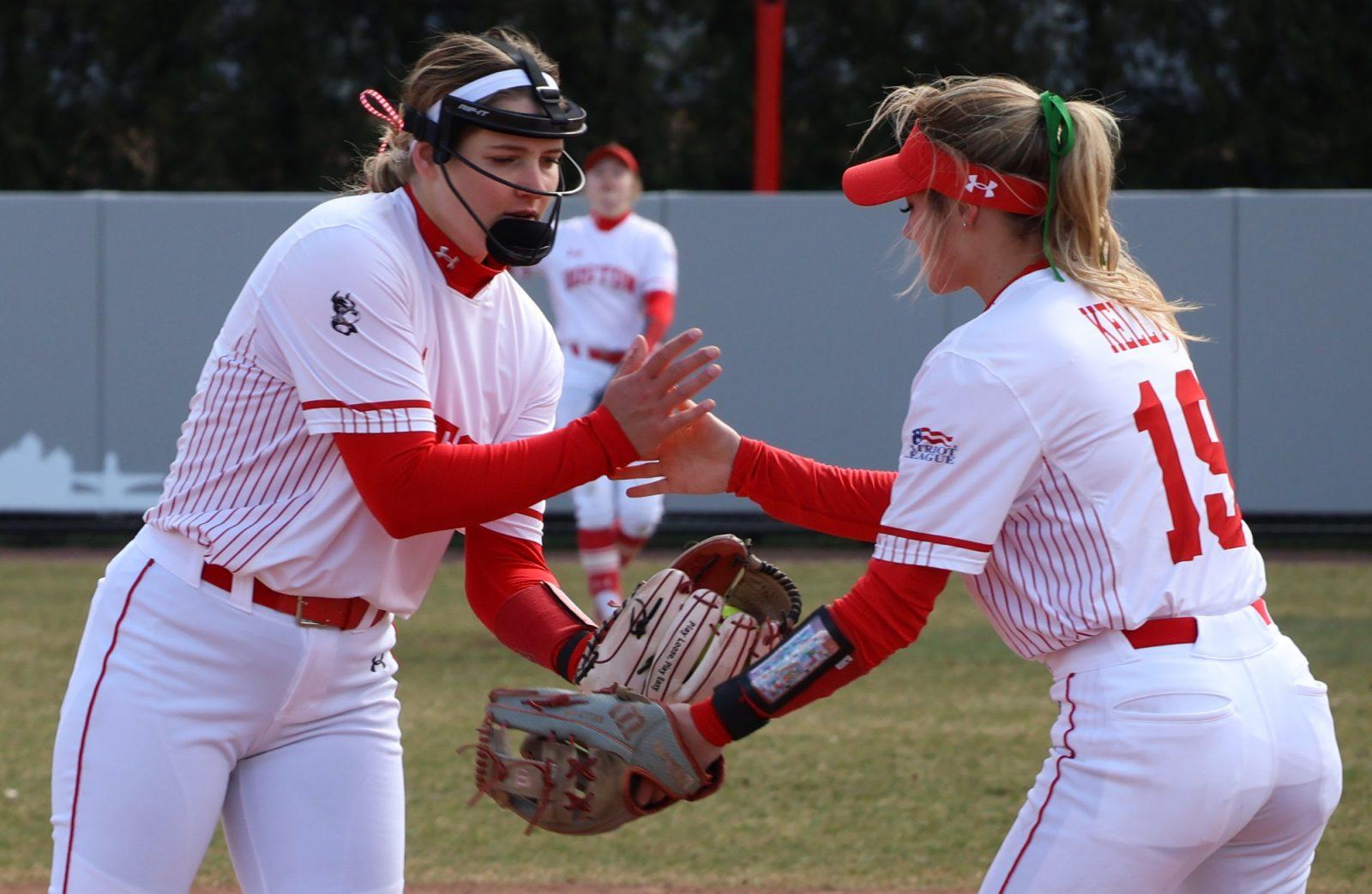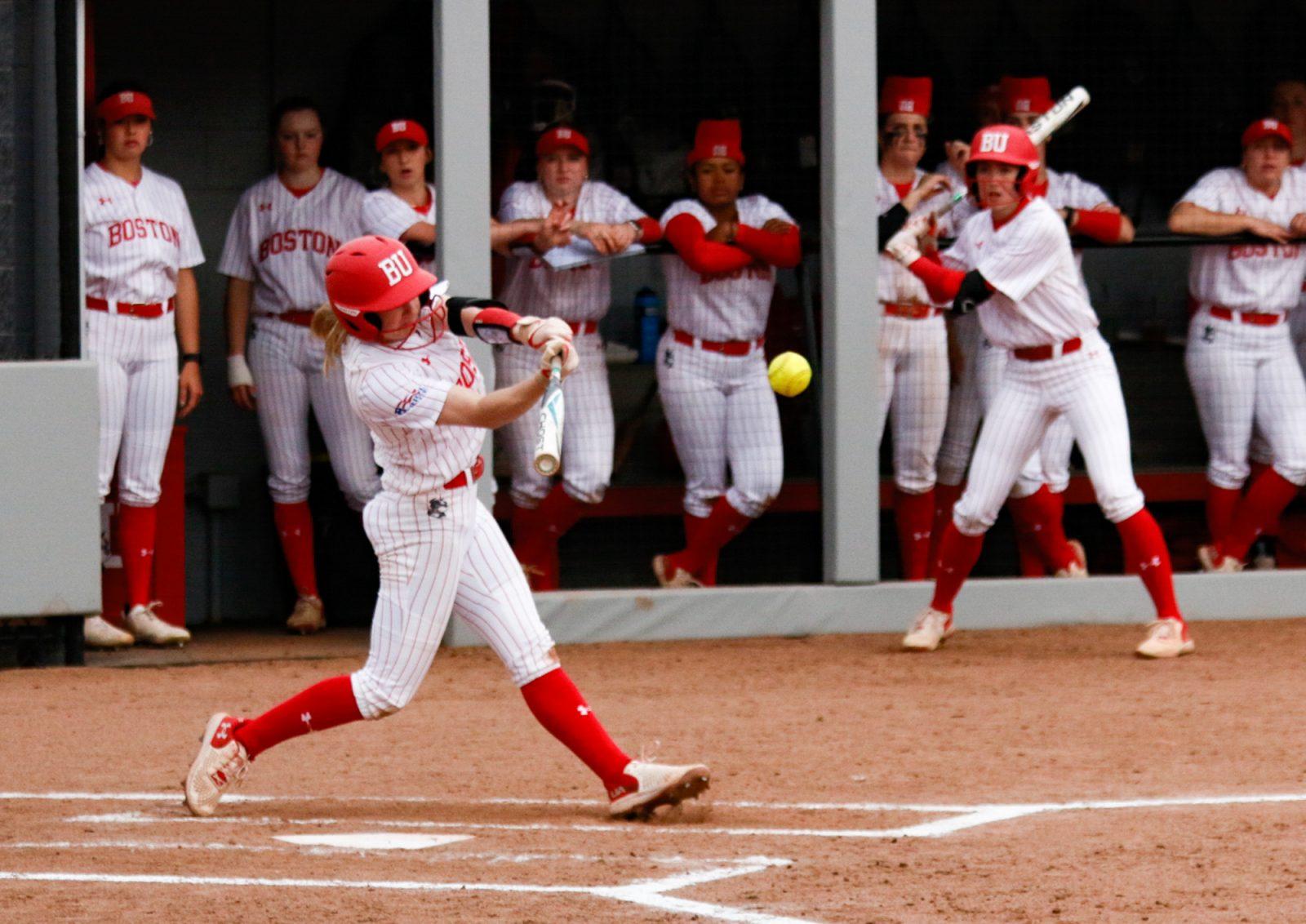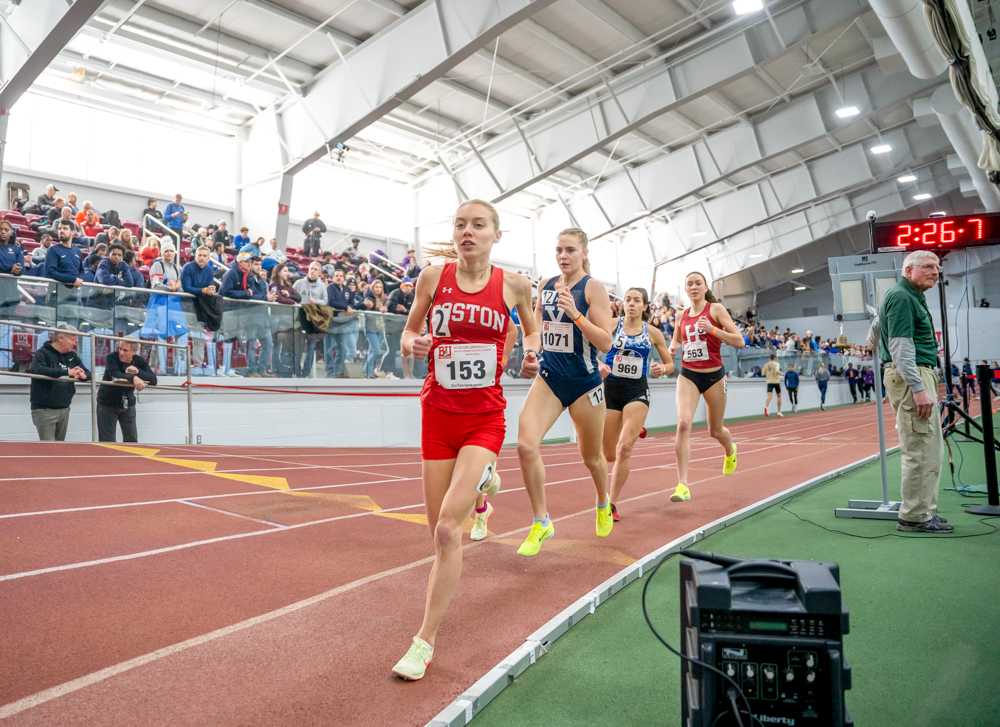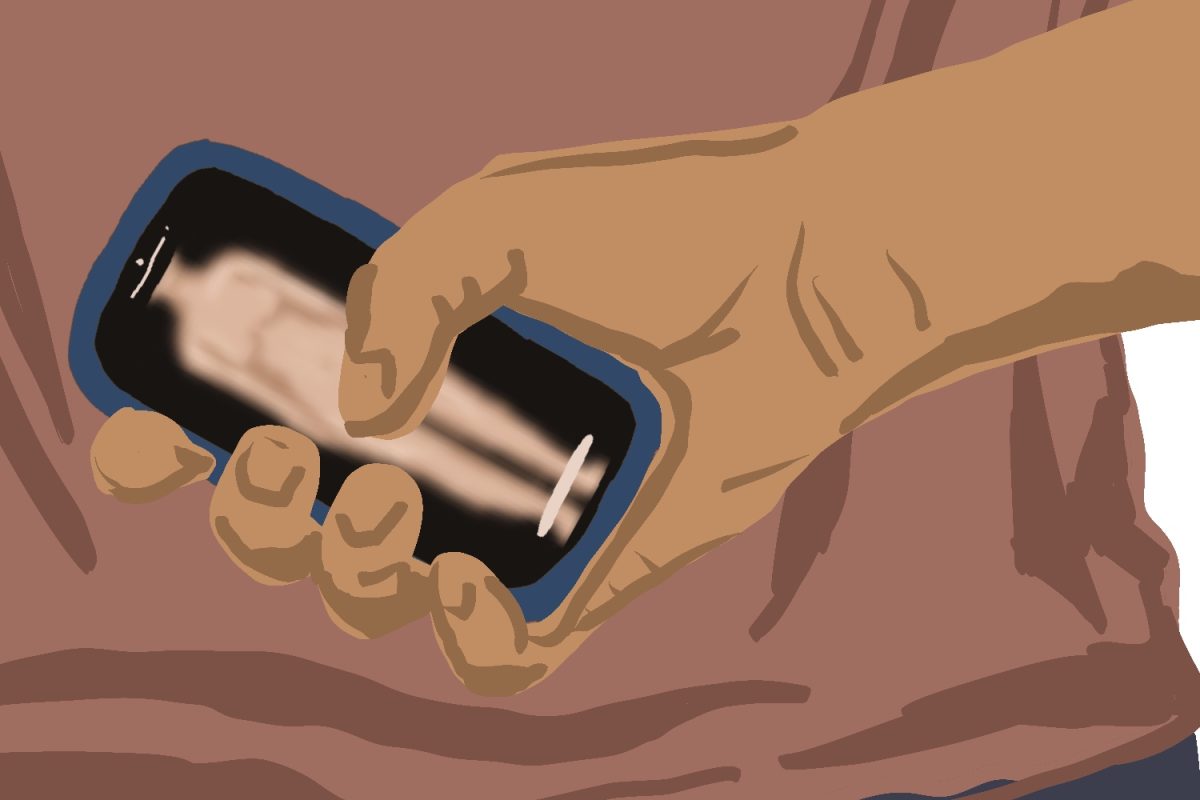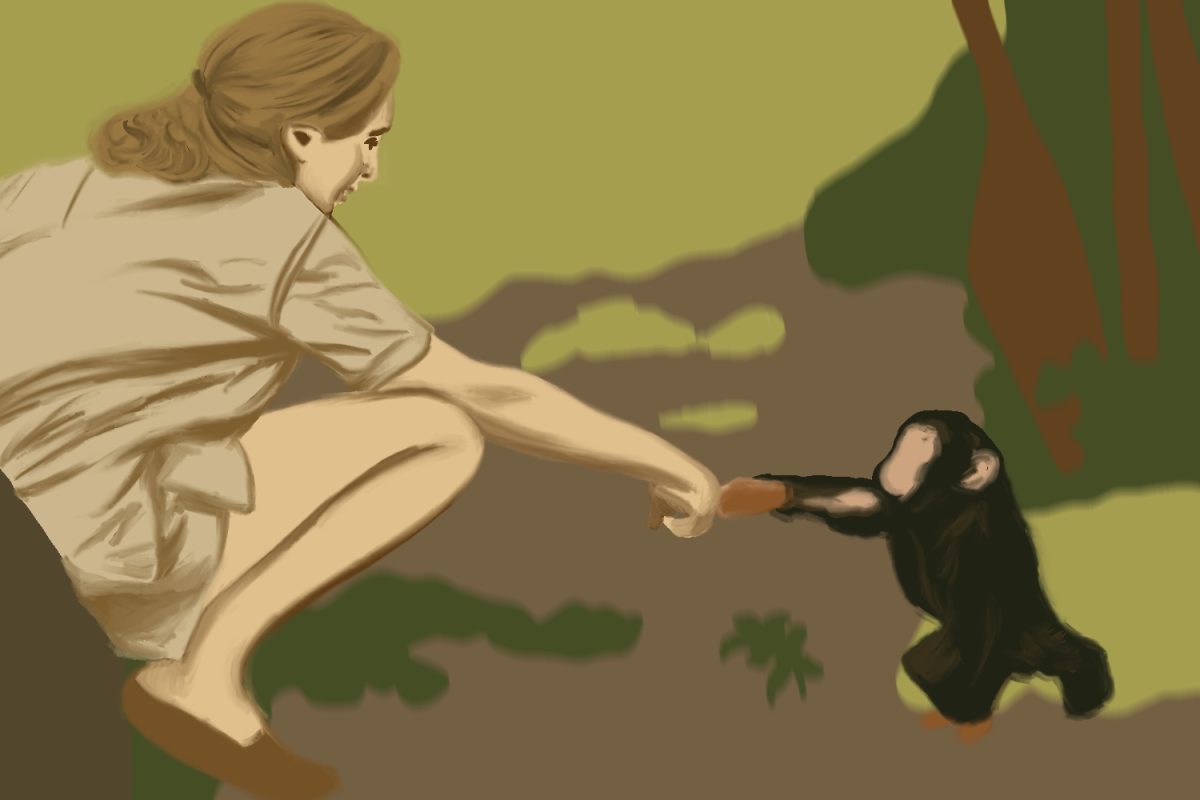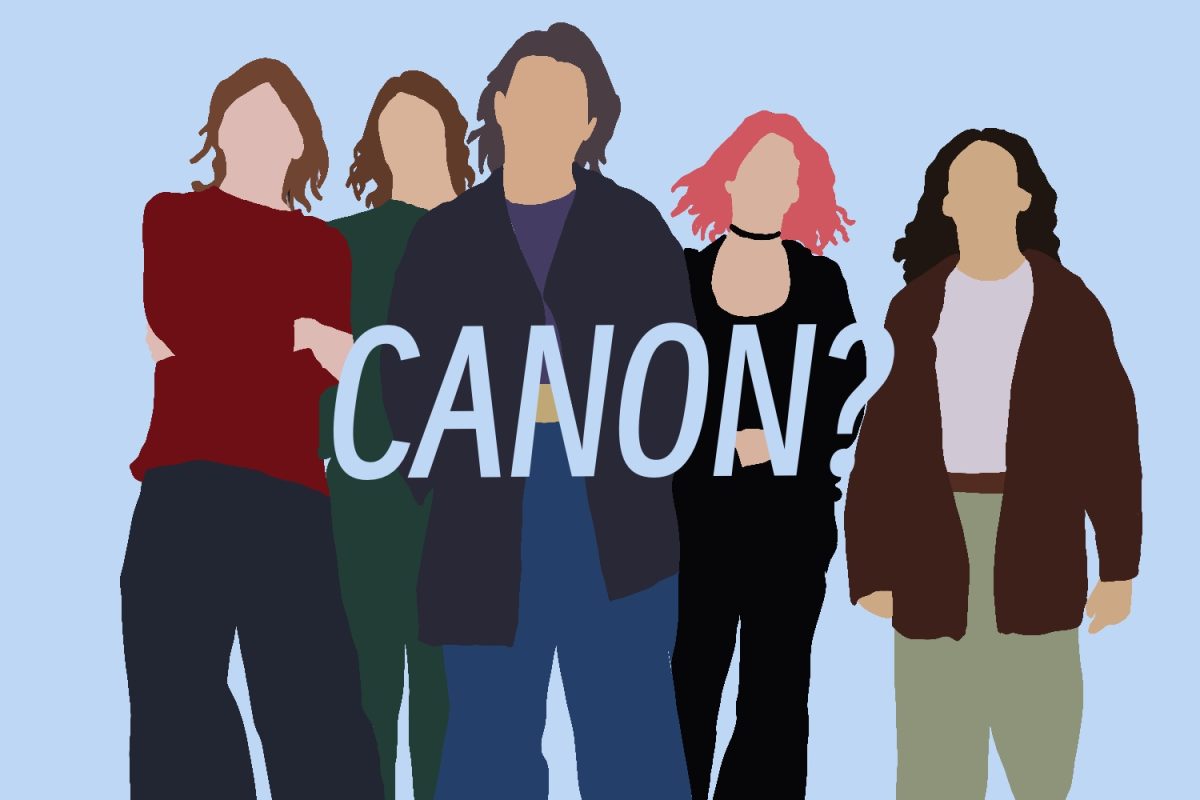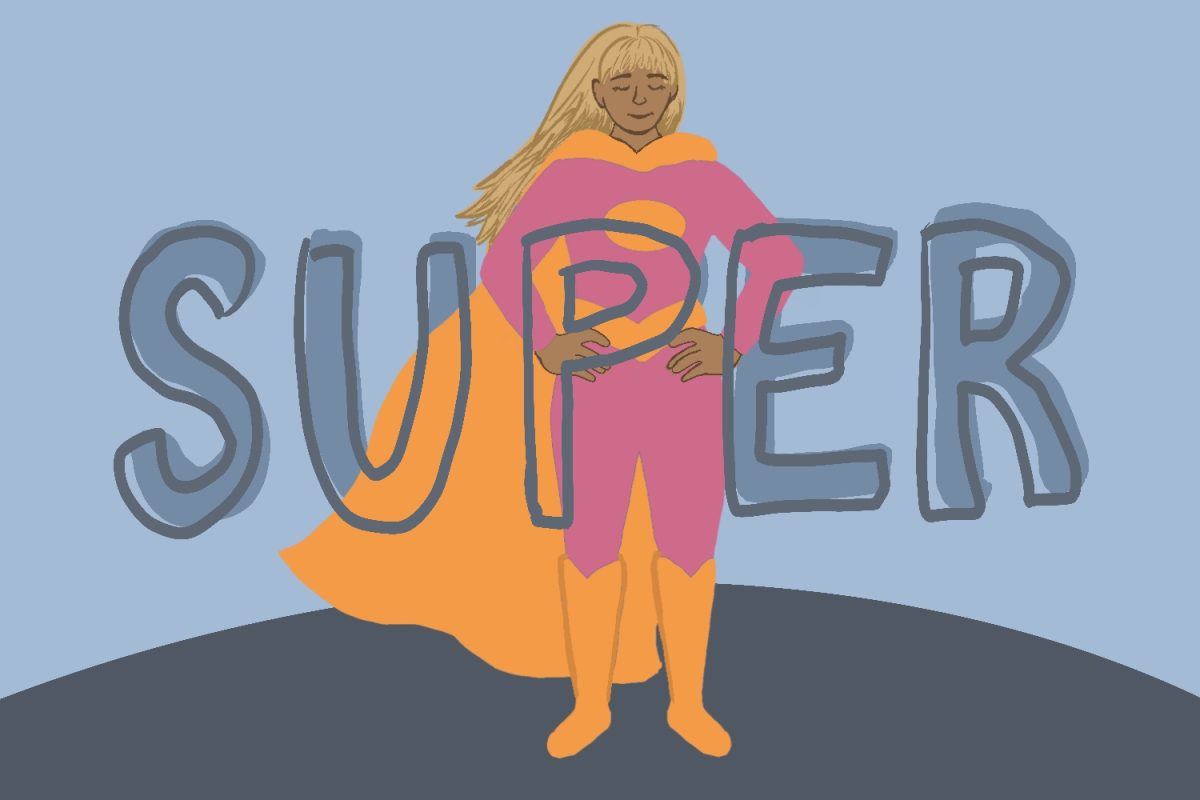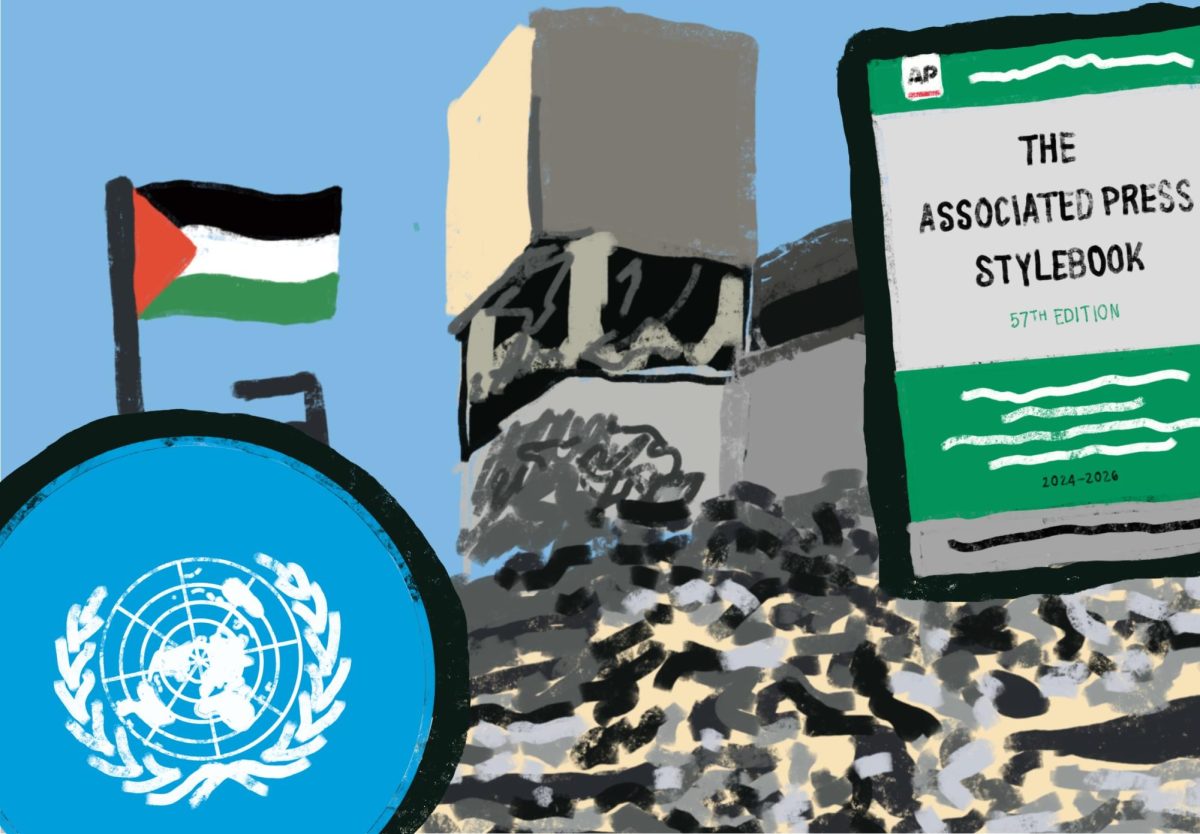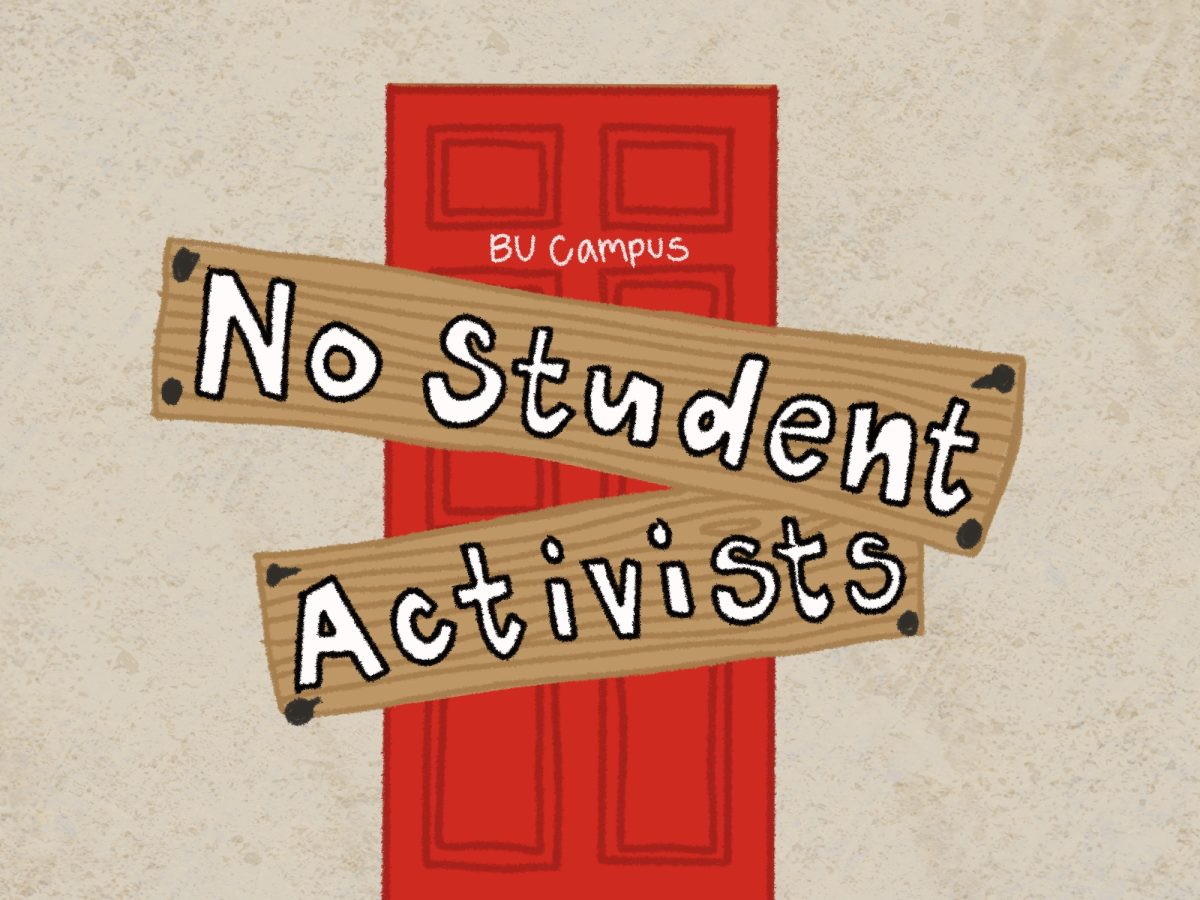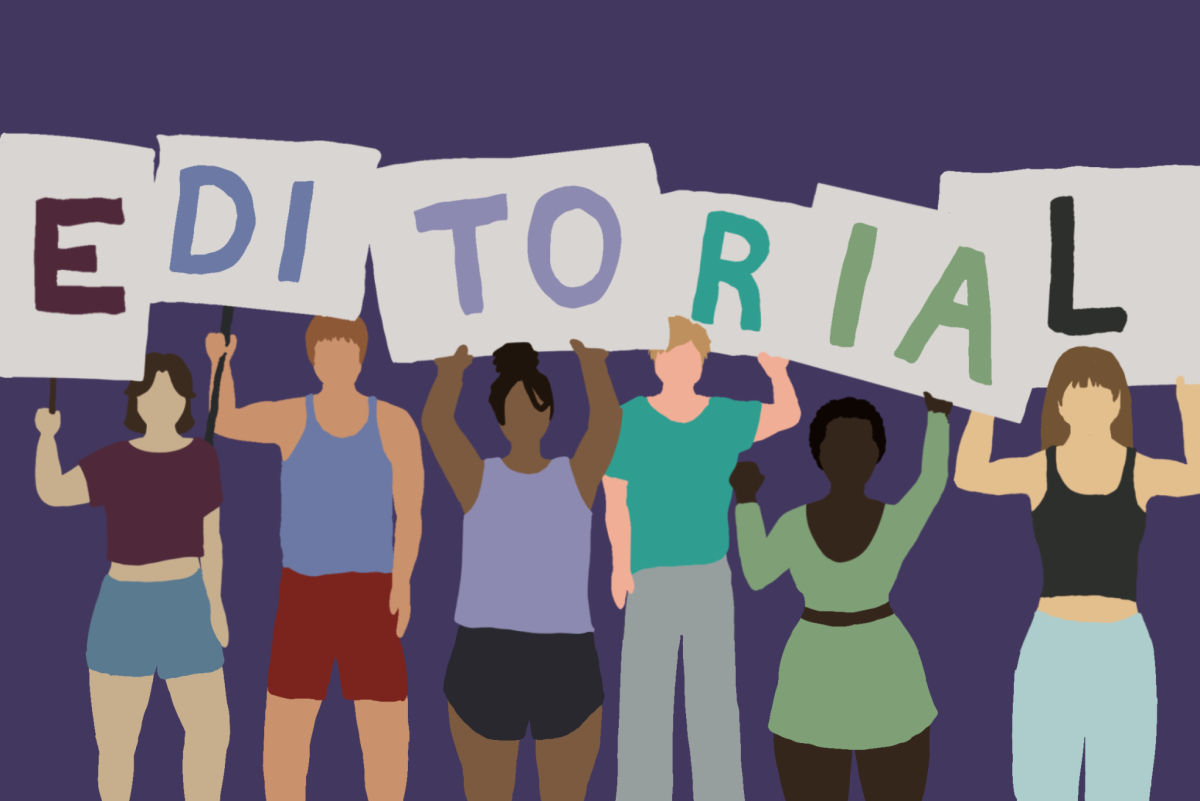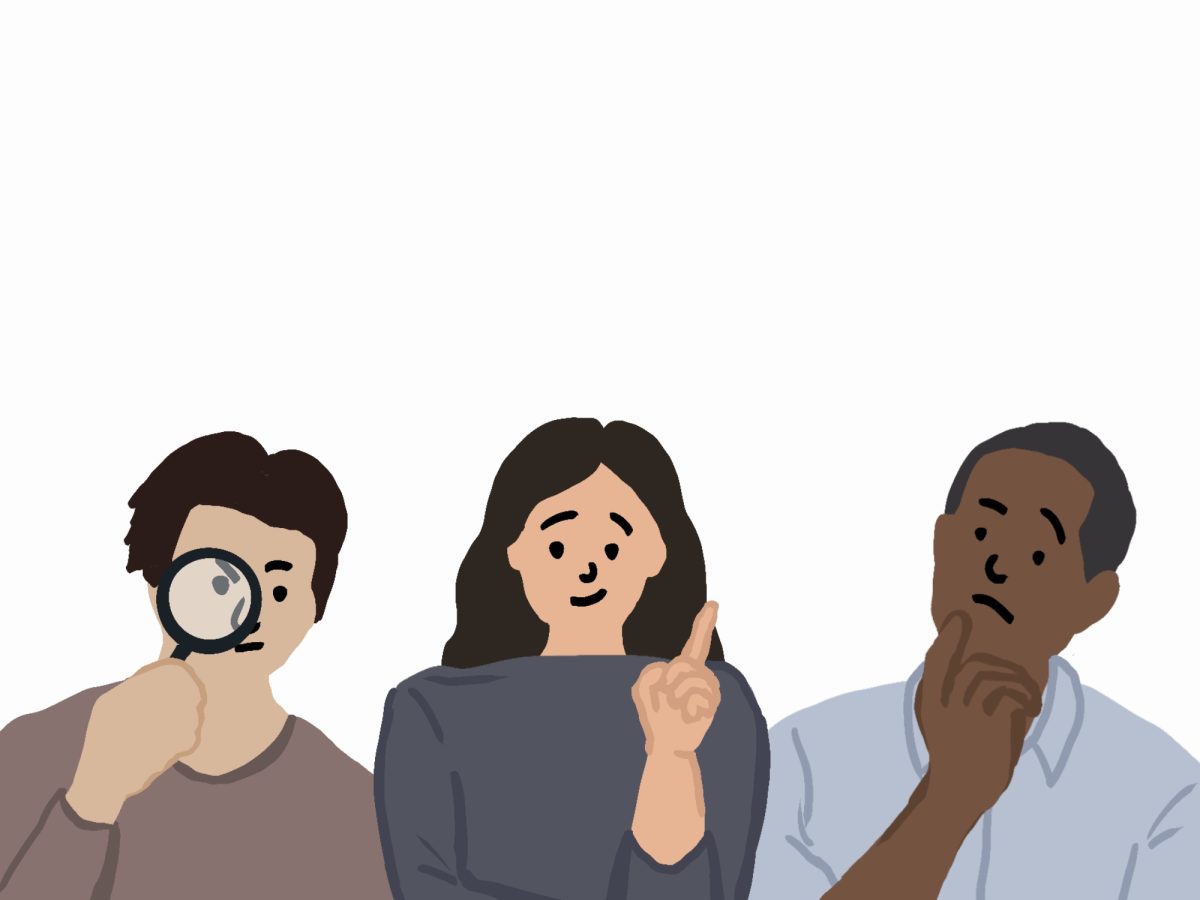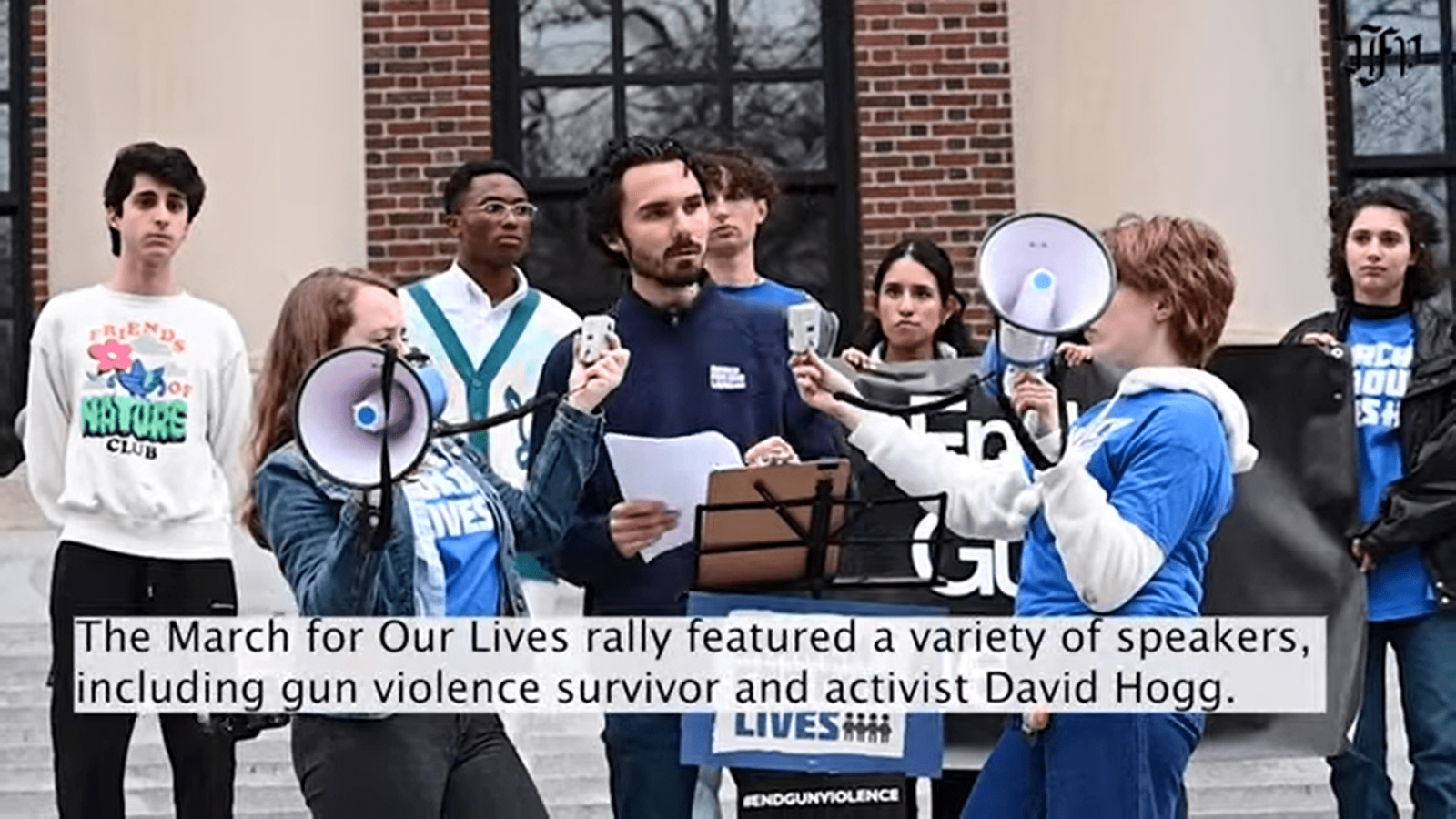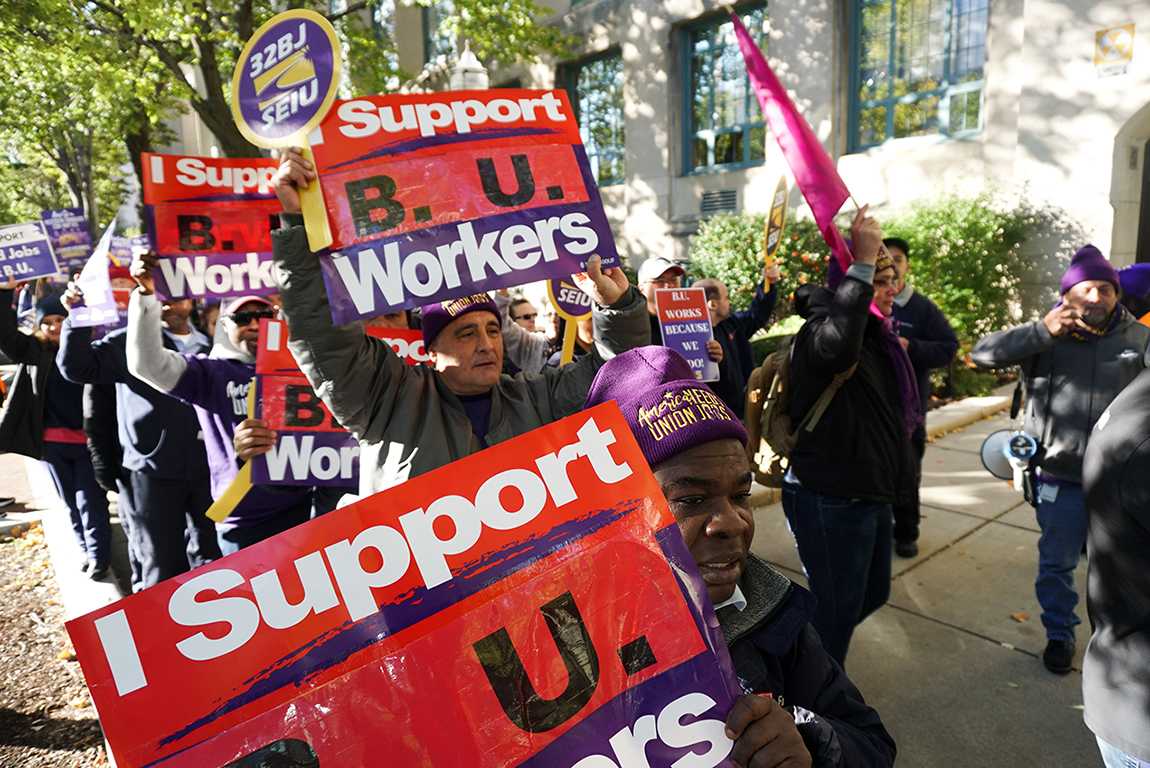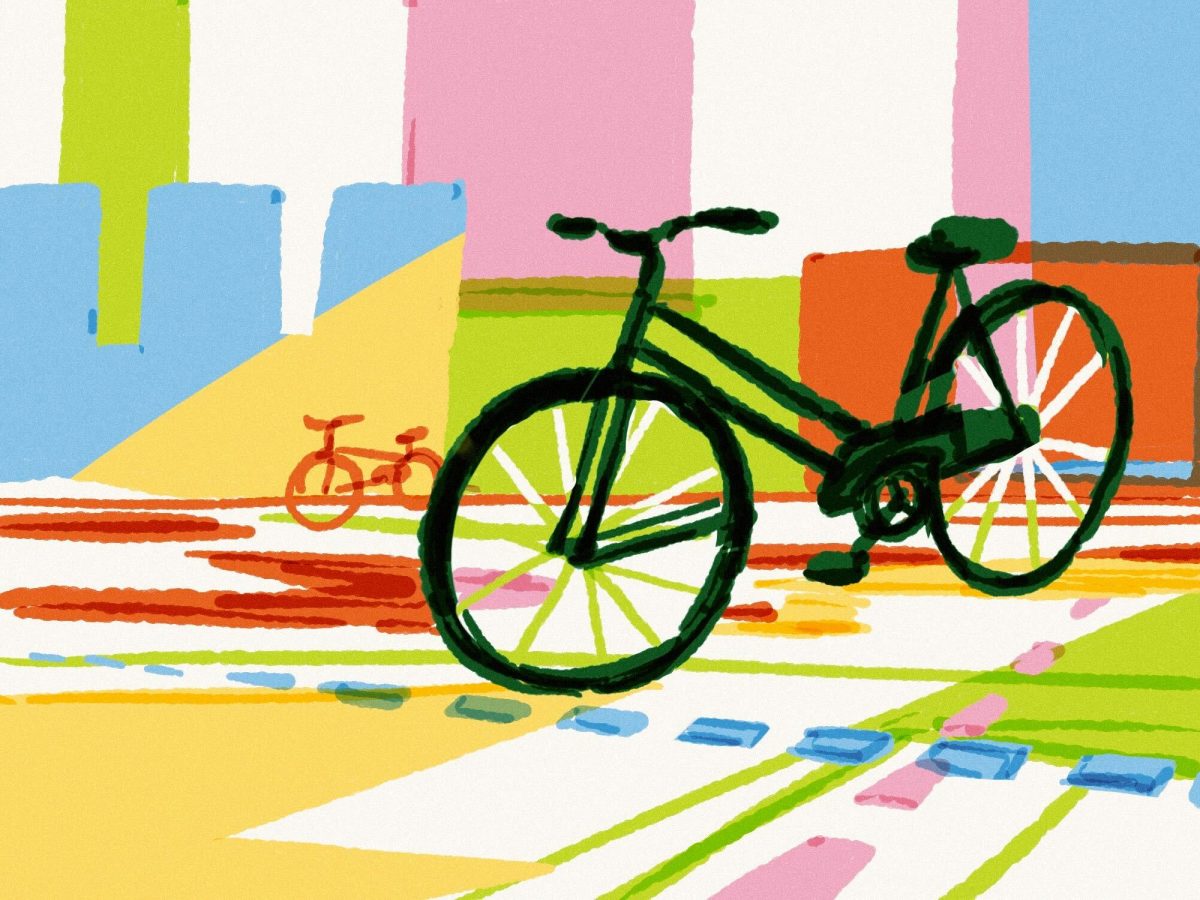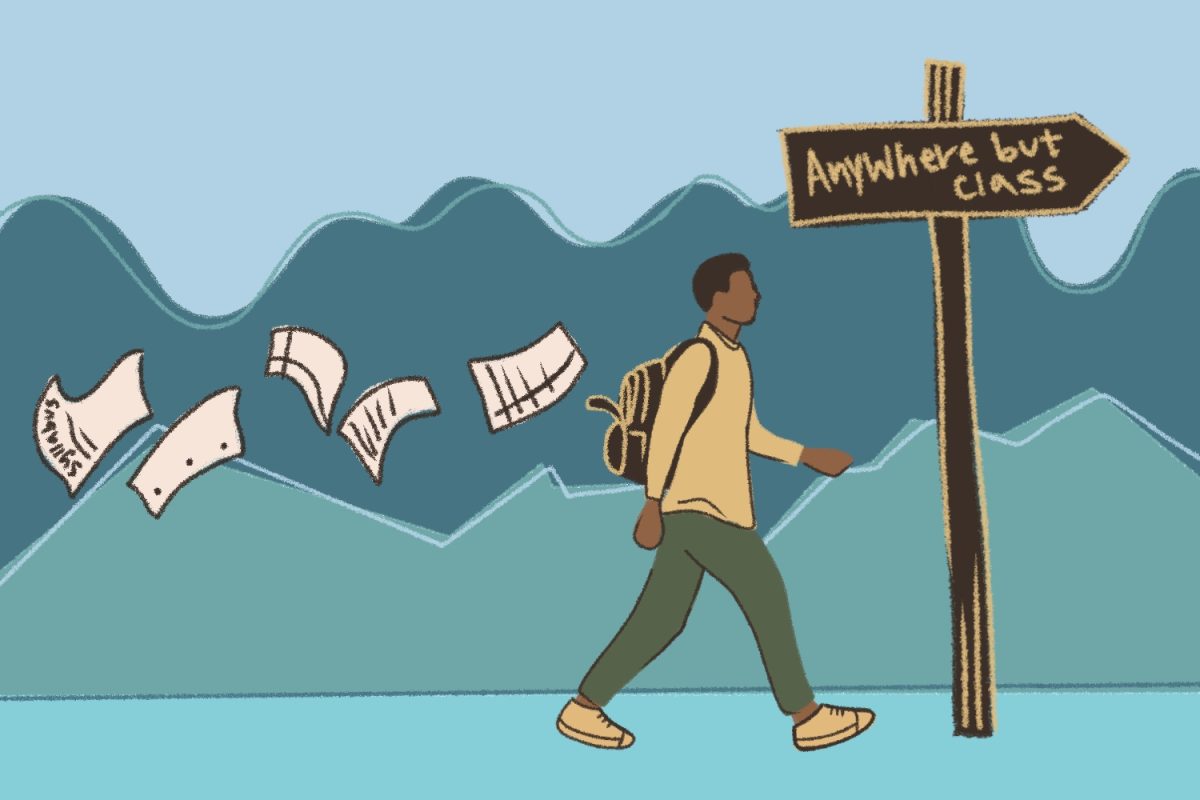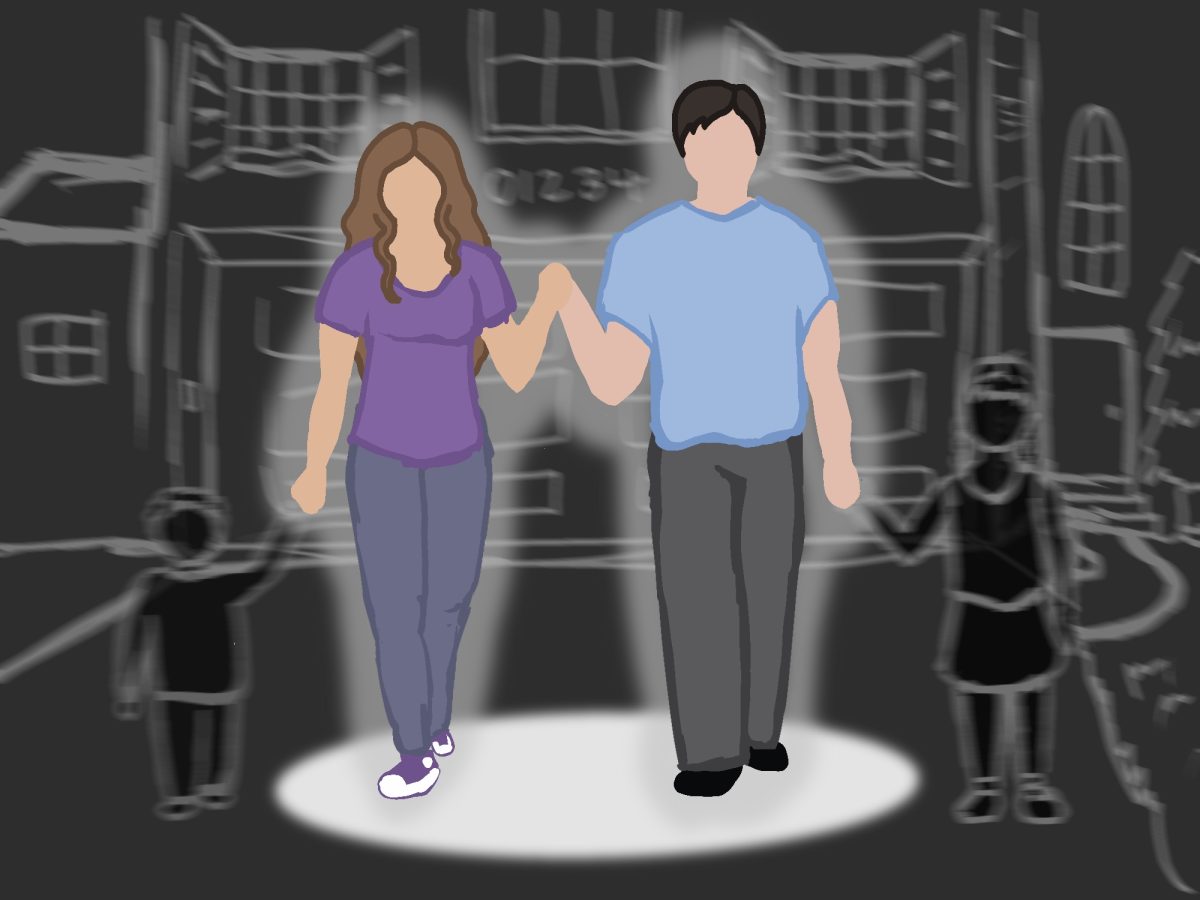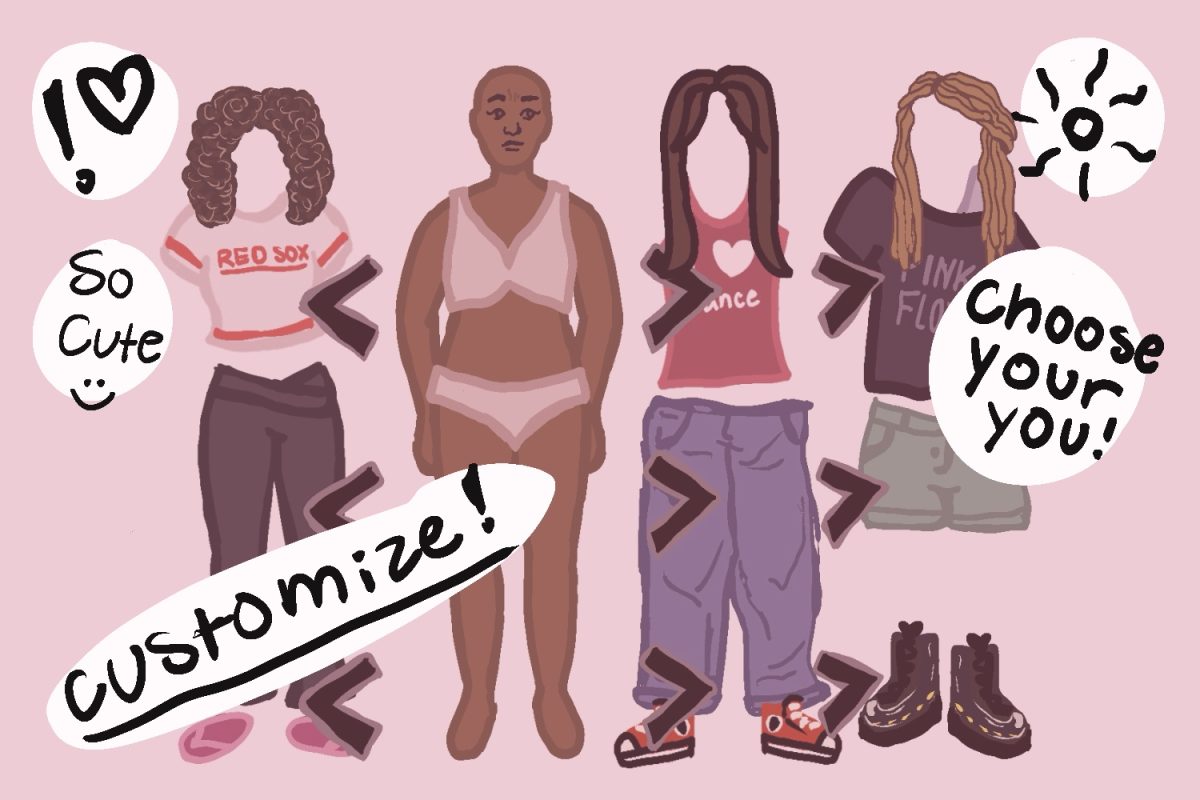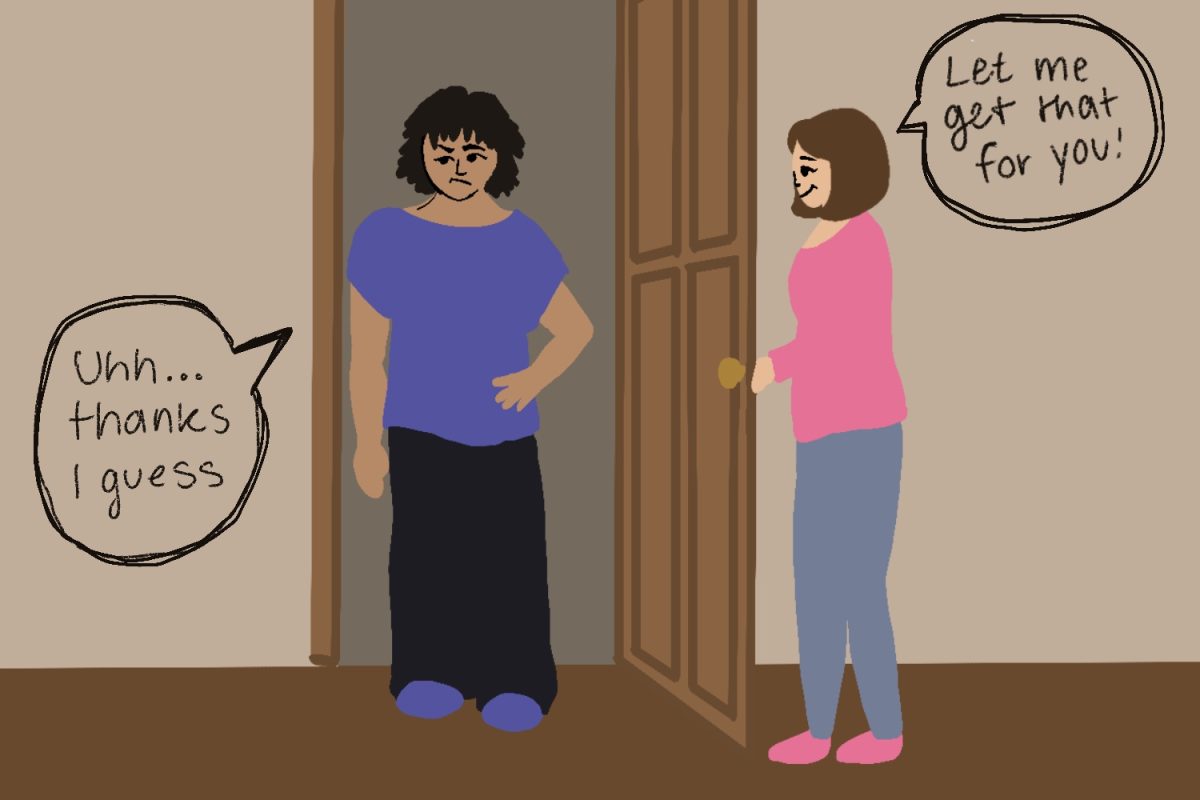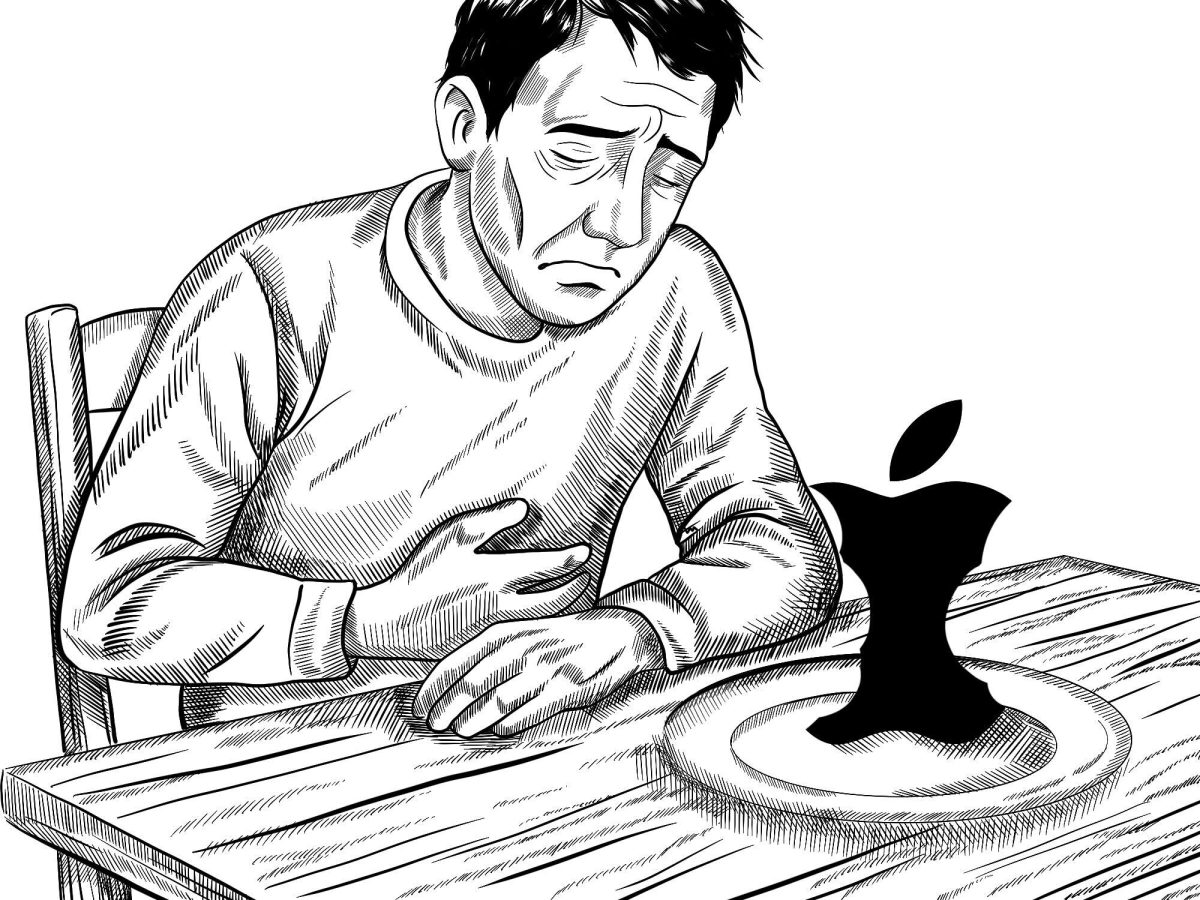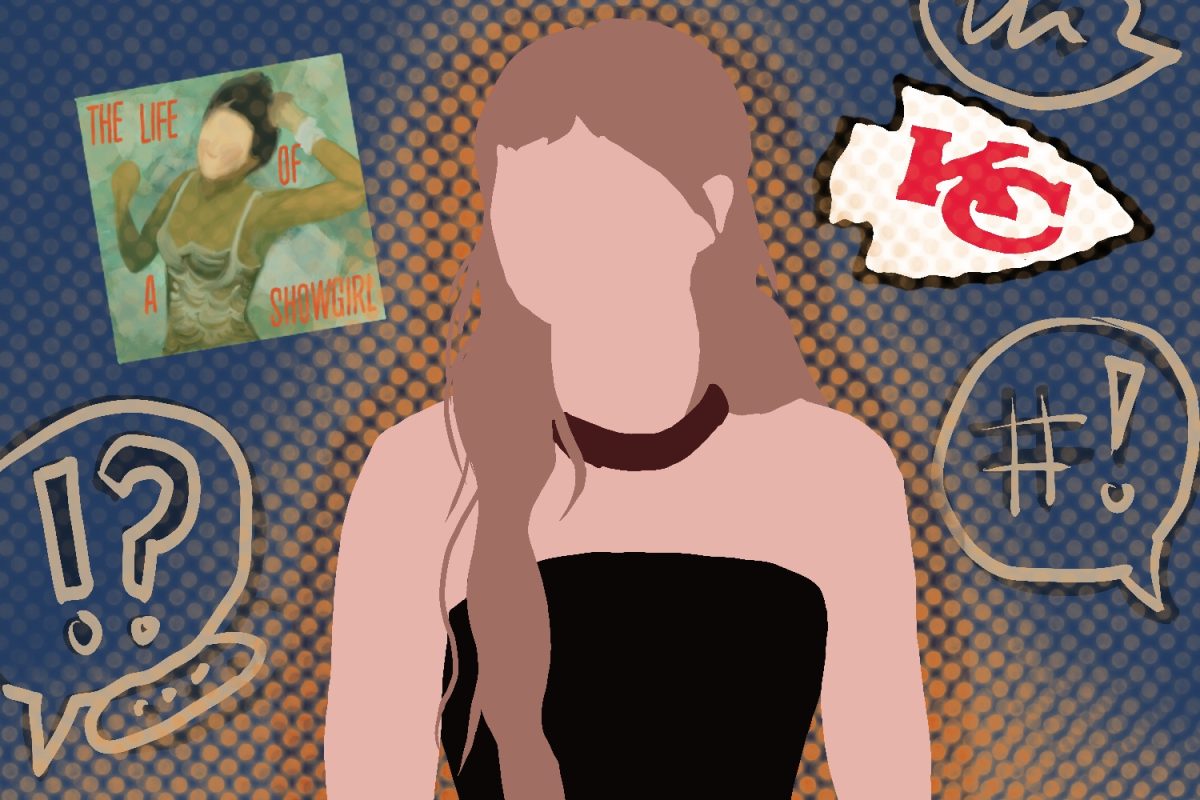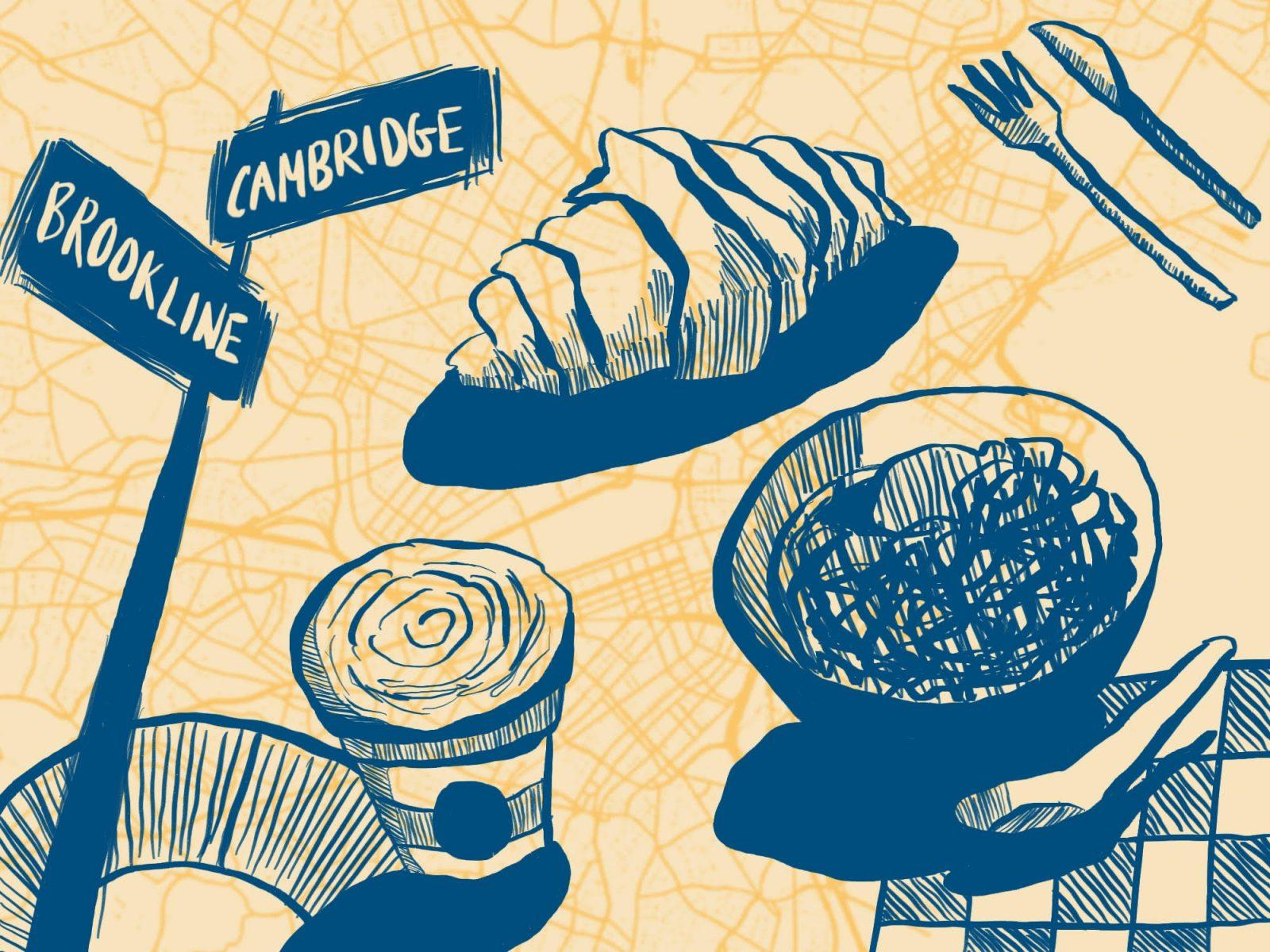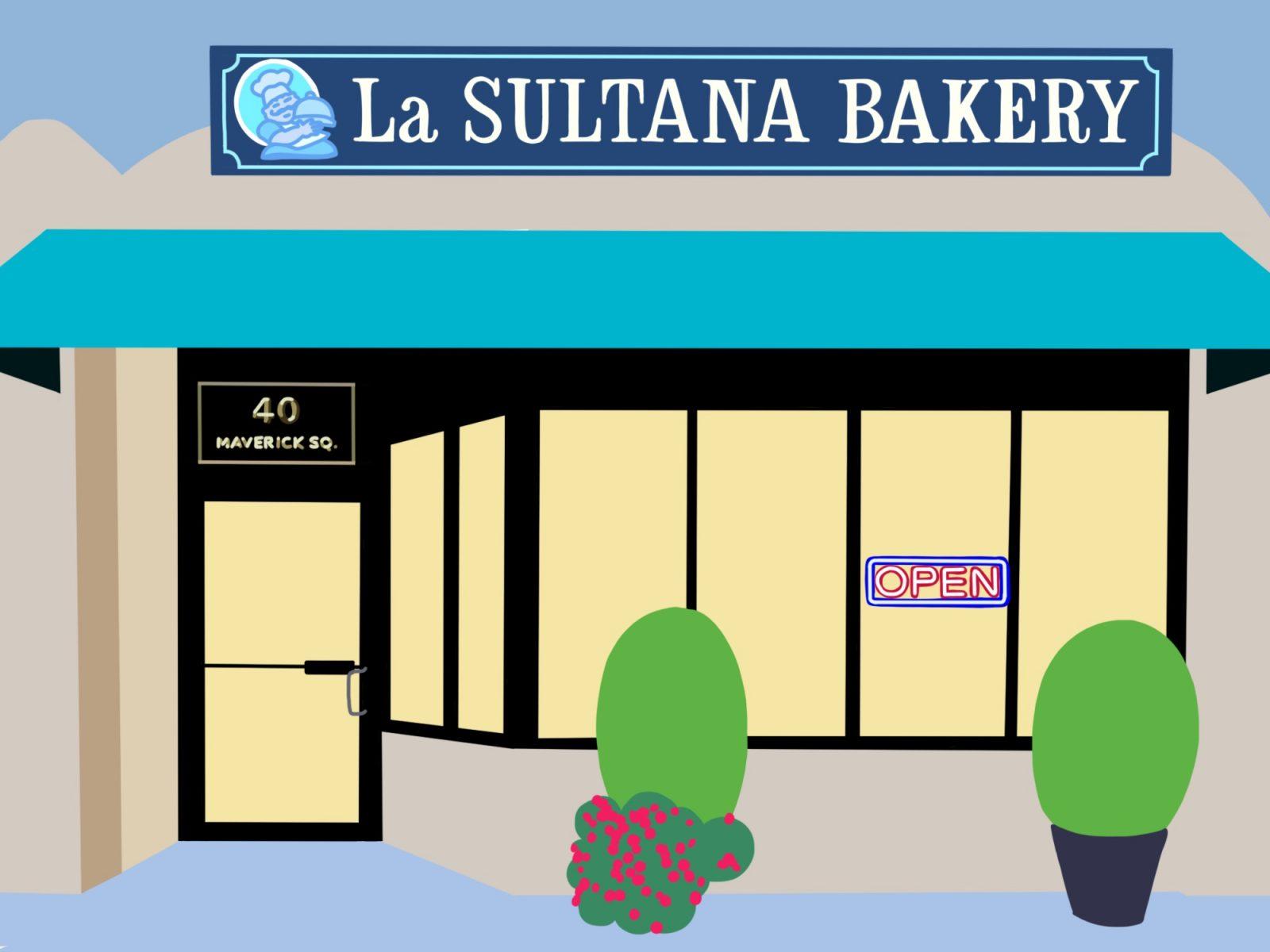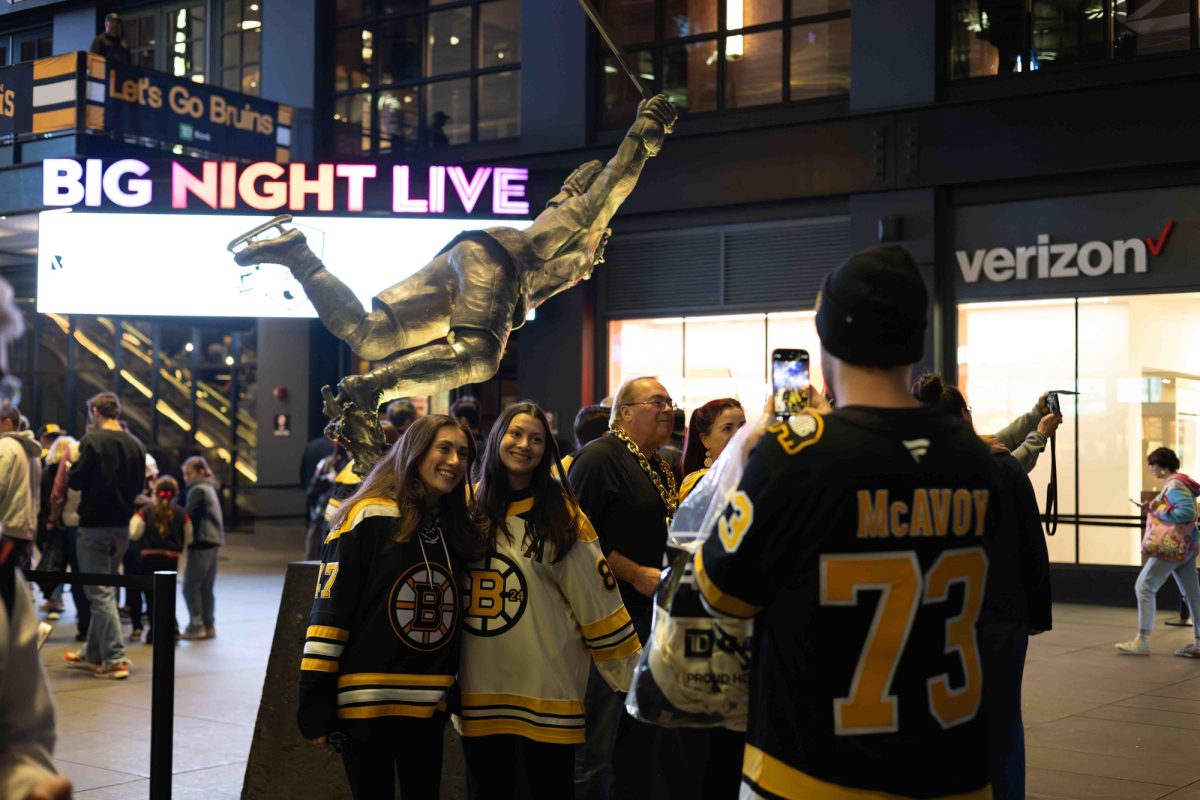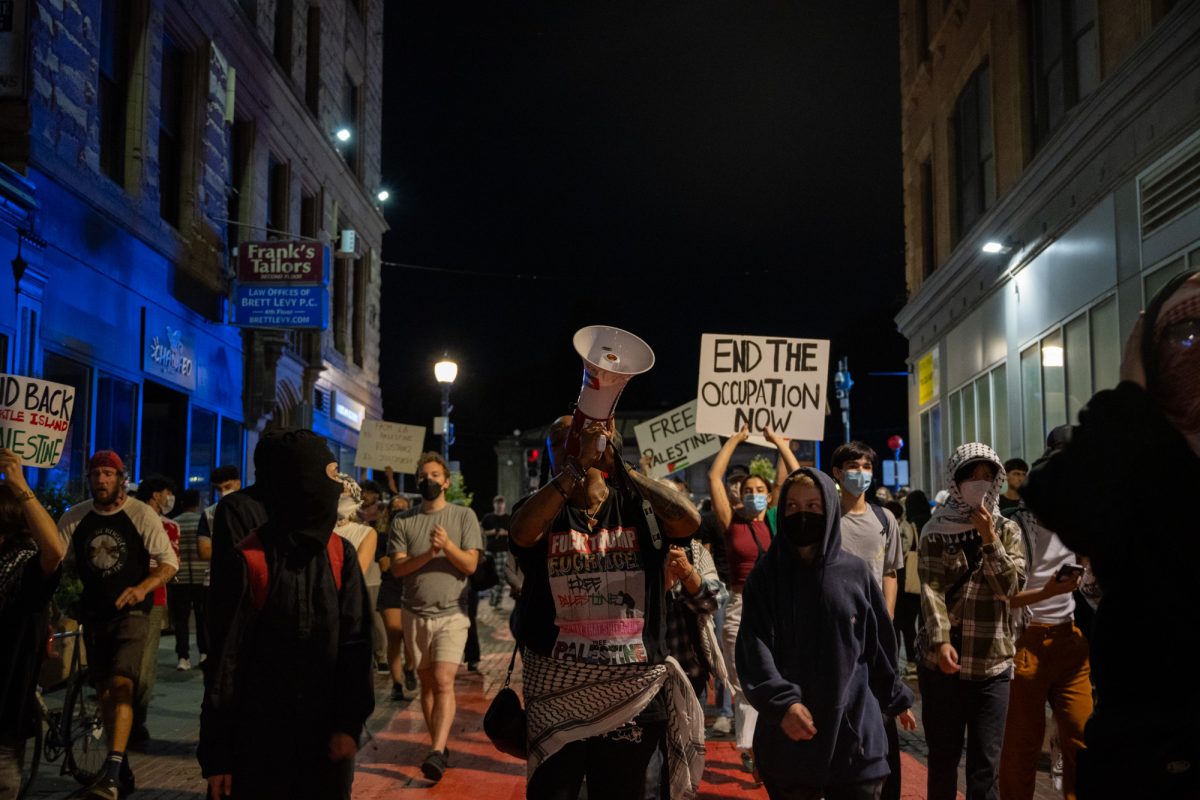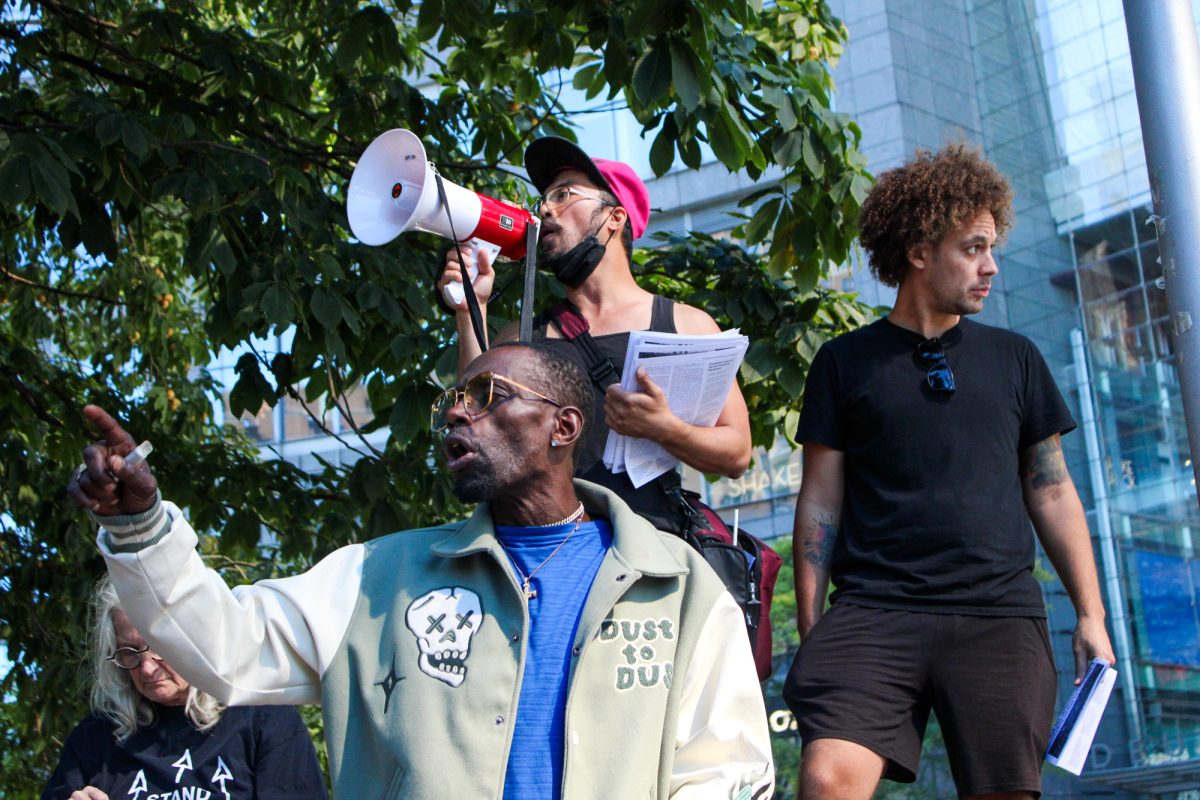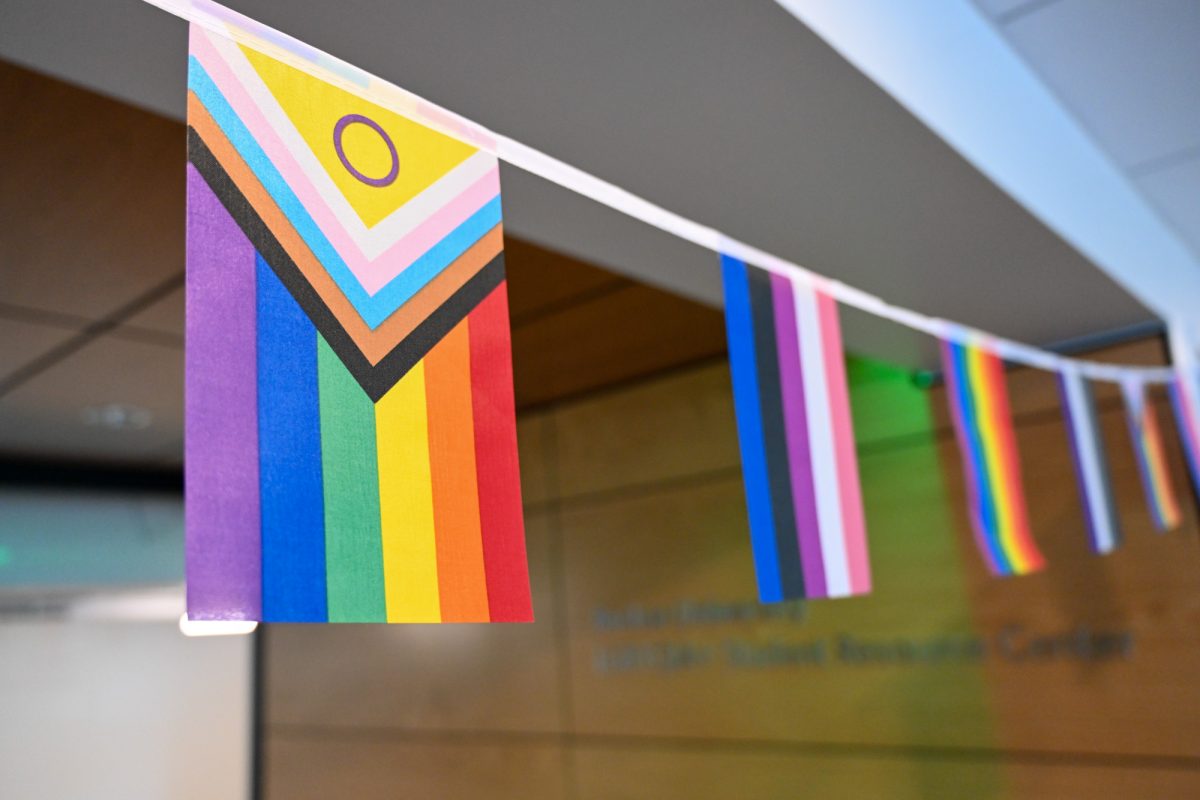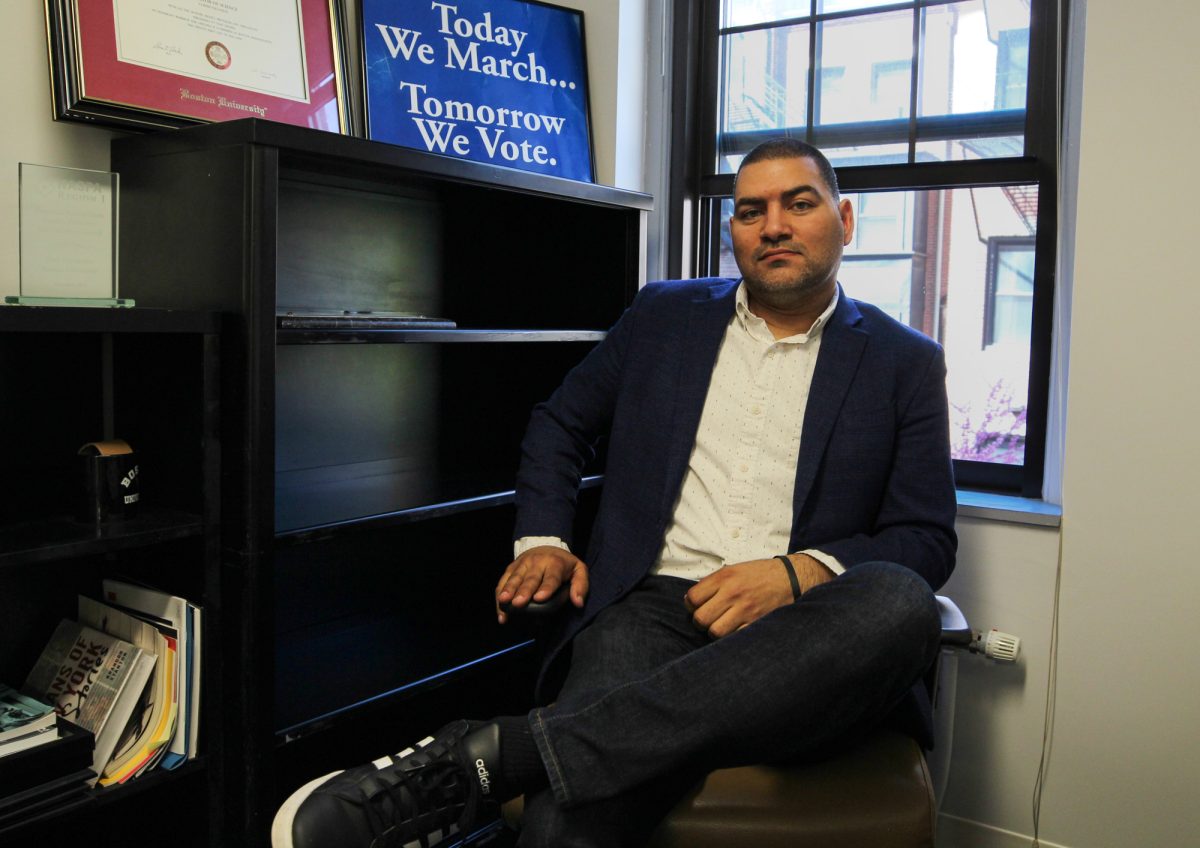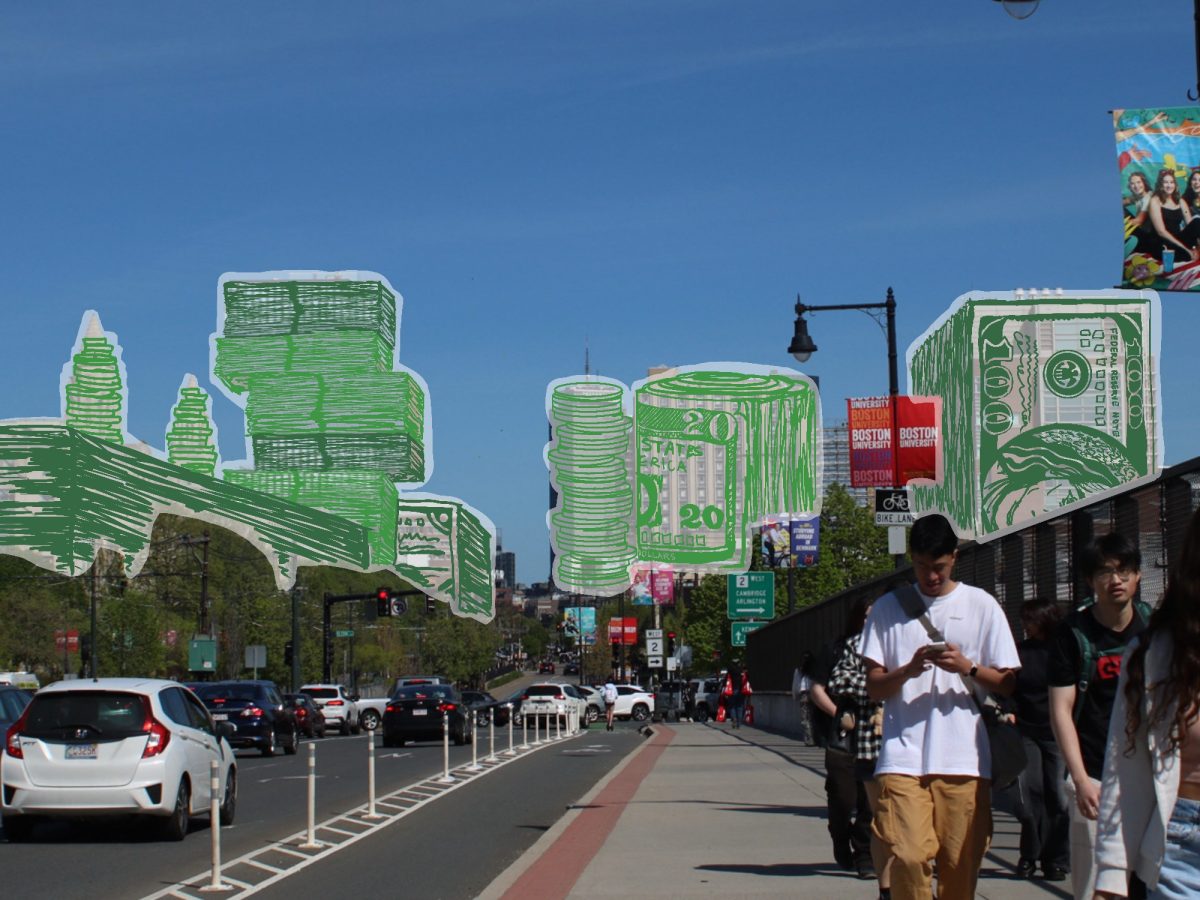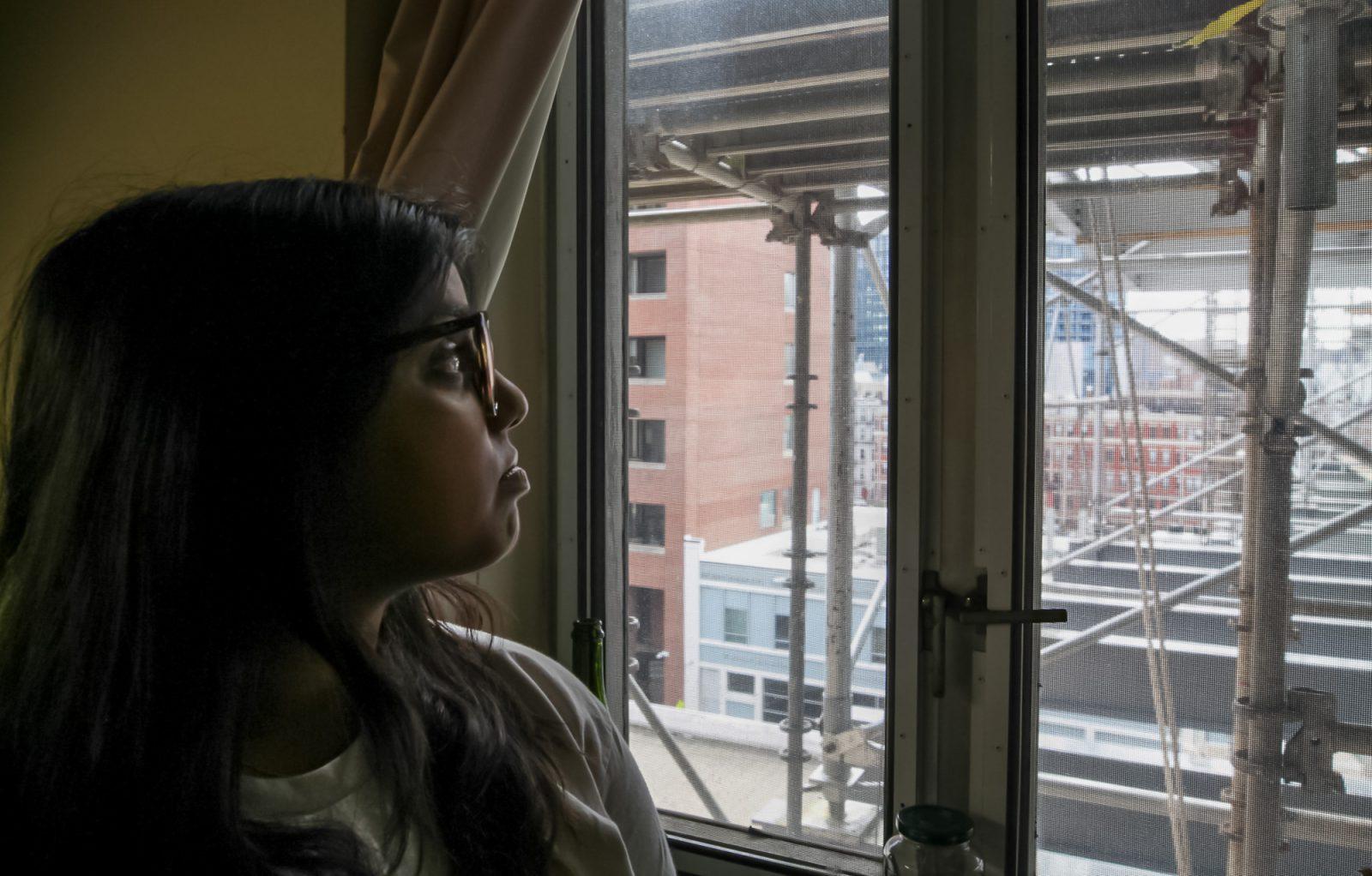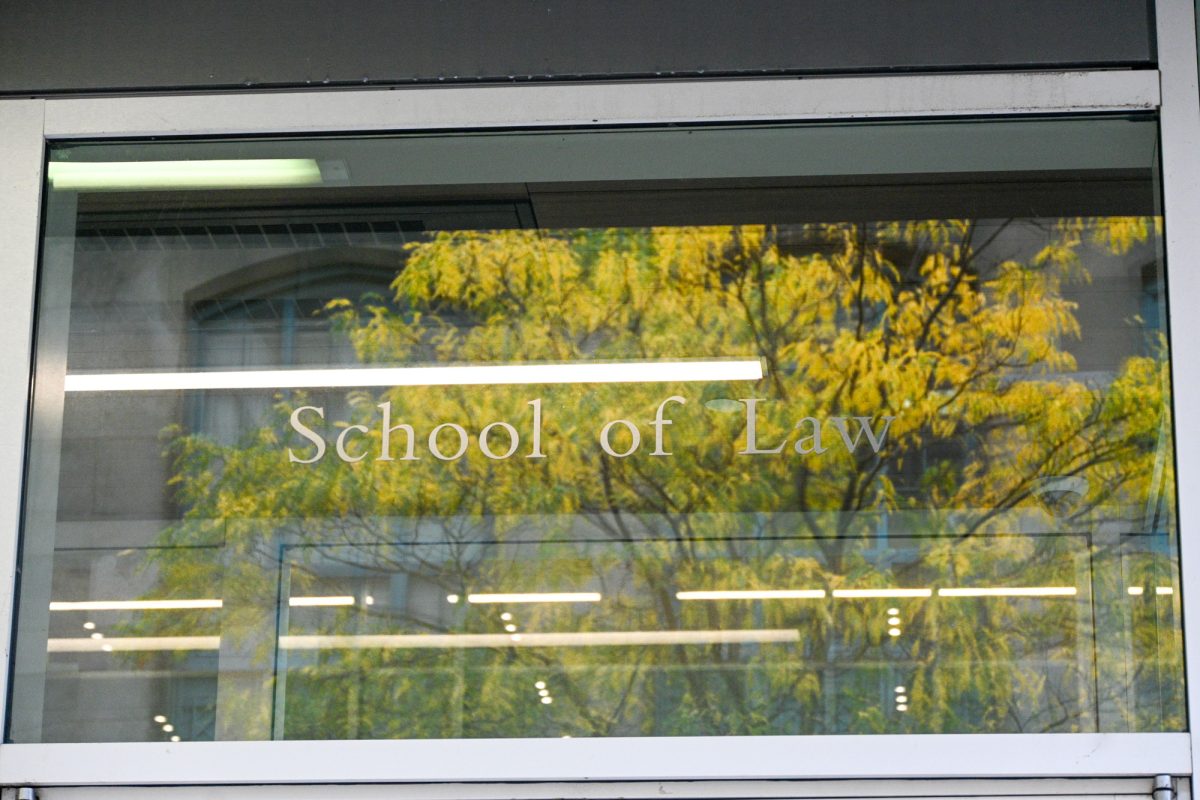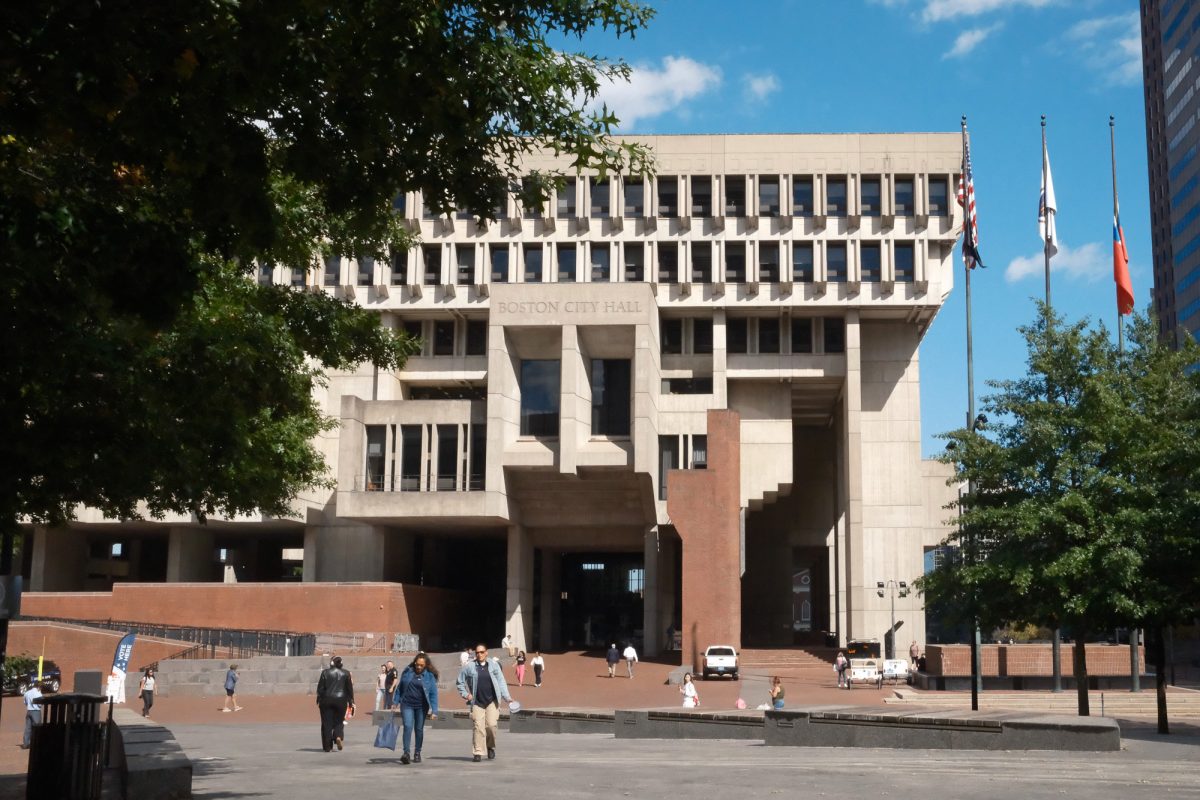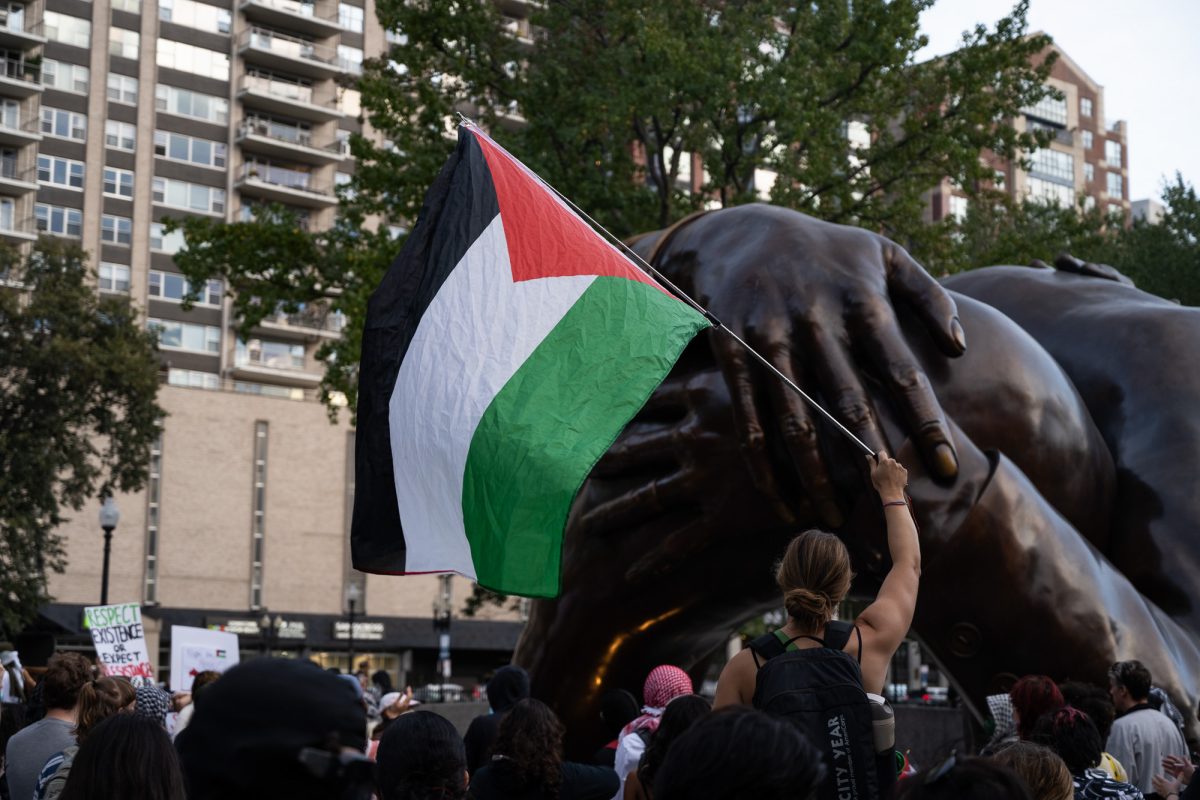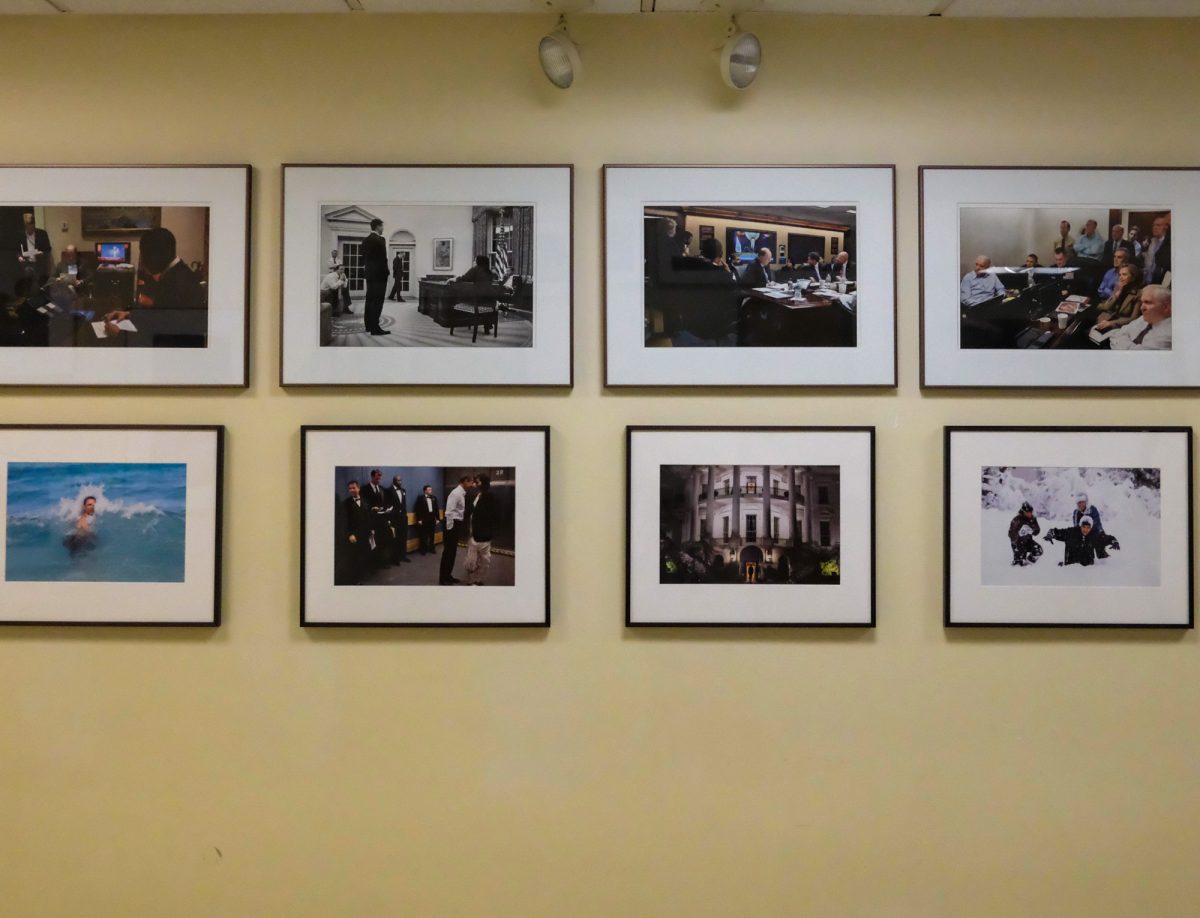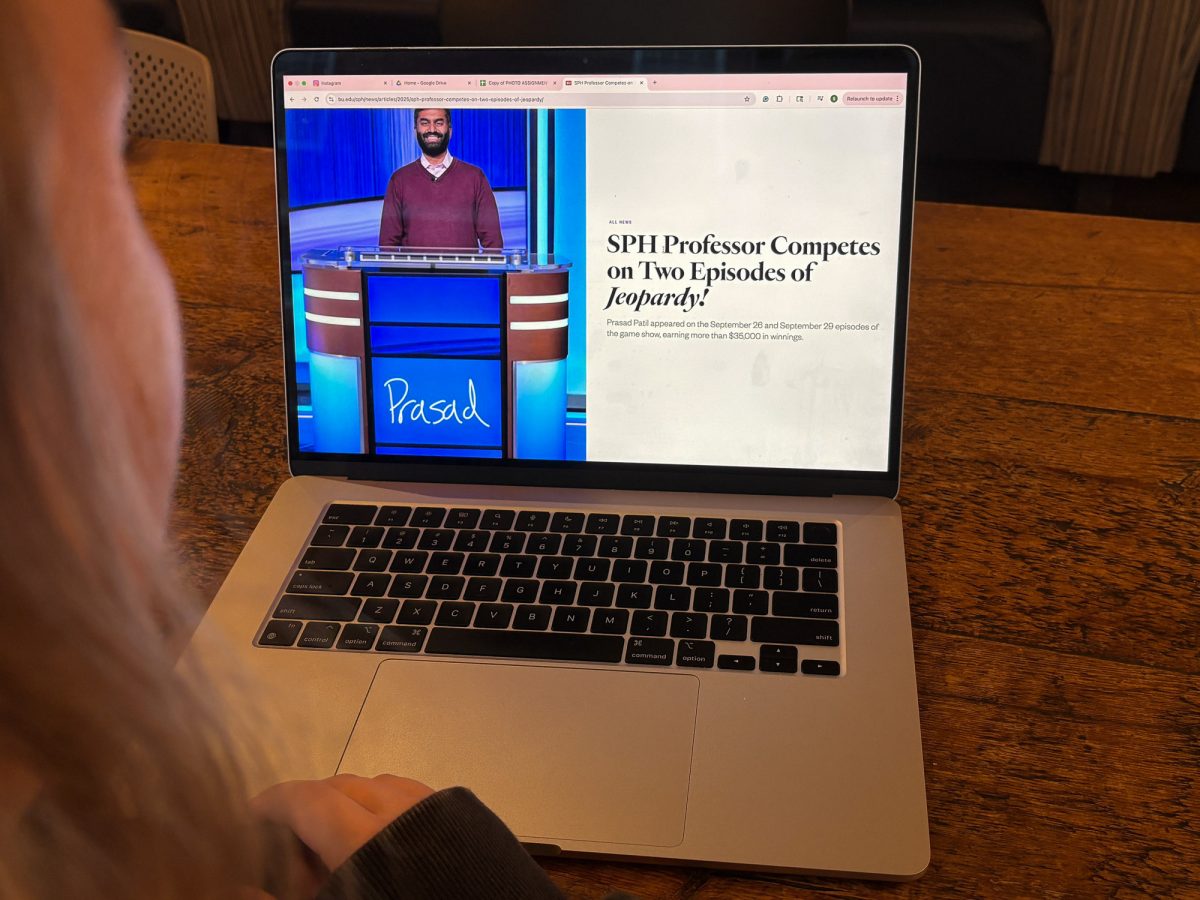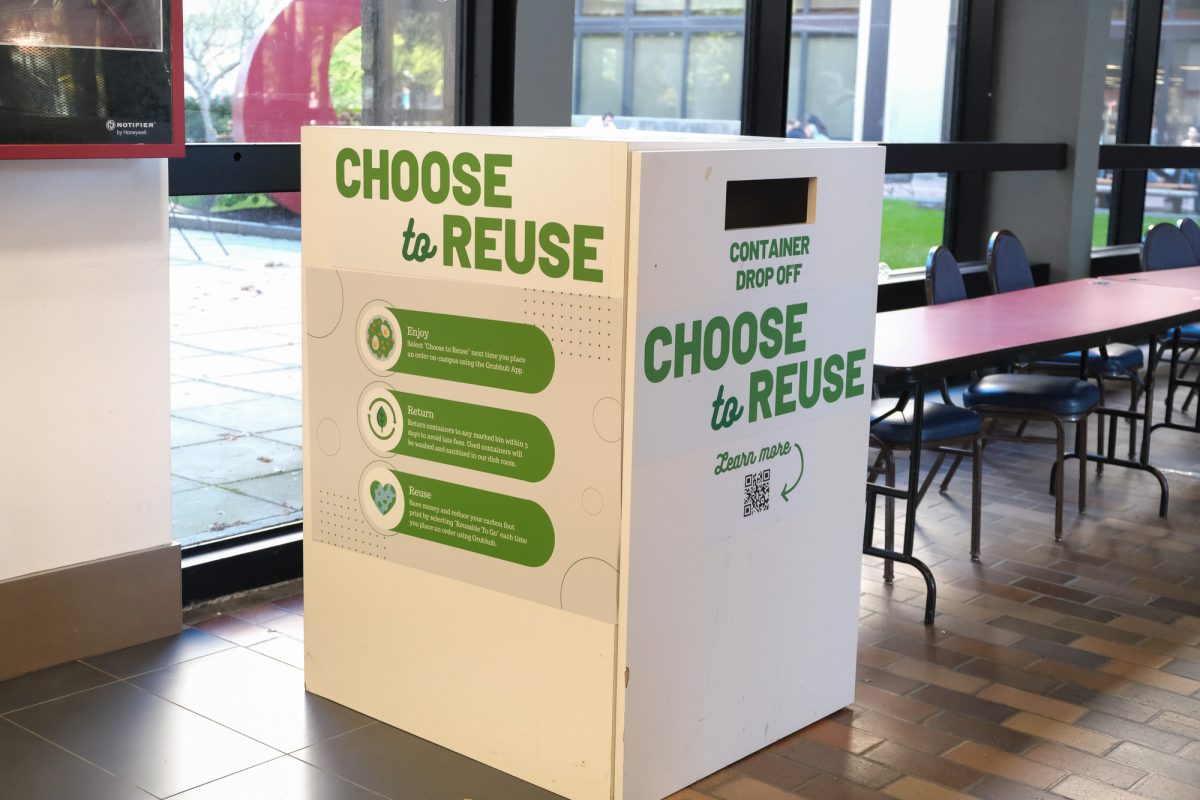Cyclists and bike advocates in Boston and beyond are pushing for improved bike infrastructure, claiming current bike lanes are insufficient and endanger both bikers and pedestrians.
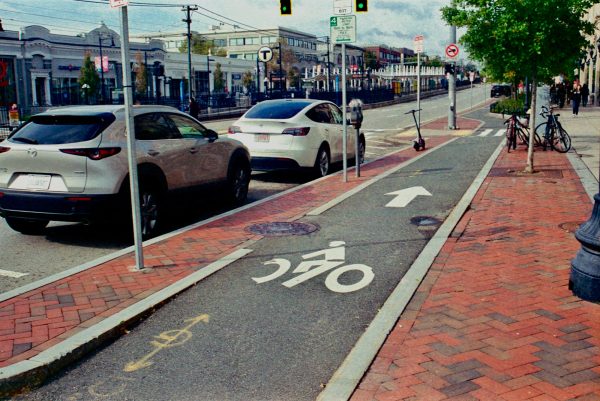
Advocacy groups have called for the implementation of concrete barriers and sidewalk-level bike lanes, as they are proven to decrease the likelihood of collisions and injury among cyclists.
“We want to do whatever we can to make sure that we reduce the potential for conflict, reduce the severity of injuries, by designing safer streets and ensuring that people have a place to be on the road,” said Christopher Cassa, a leader of Cambridge Bike Safety.
Having designated spaces for cars, bikes and pedestrians reduces chaos and anger on the roads, Cassa said.
Three people were killed cycling through Cambridge last year, he said.
In 2024, there were 366 accidents involving cyclists in Boston, according to the city’s Vision Zero database.
Jerry Zhou, president of the Boston University Urbanism Club and an avid cyclist, said being struck by a motor vehicle — both as a cyclist and a pedestrian — is a “regular occurrence.”
“The roads are not designed in a way that is safe for pedestrians, because nobody should be dying as a pedestrian, [and] nobody should be dying on a bike,” Zhou said.
Issues surrounding bike infrastructure have been a point of contention in local politics.
Prior to dropping out of the Boston mayoral race Sept. 11, Josh Kraft proposed a pause on bike lane construction, and Mayor Michelle Wu received backlash in April for spearheading the removal of protective barriers from some bike lanes.
The Wu administration then pivoted and began to build safer bike infrastructure. In September, Boston City Hall debuted “Zebras” — mounds separating bike lanes from roads — to replace the plastic flex barriers previously lining streets, which were criticized for not being durable enough.
The Cambridge City Council is moving forward with the Cycling Safety Ordinance, a project to install approximately 25 miles of separated bike lanes in Cambridge within the next seven years.
While there were concerns about the bike lanes’ economic impact on small businesses and on residential parking, Cassa said they are “worth it,” citing an increase in revenue from higher Bluebike and Bike Share membership.
Between 2020 and 2024, annual Bluebike ridership spiked by 2.7 million in Greater Boston.
“When we built safer infrastructure, people really started using it in incredible numbers, and we’ve seen that growth regionally as well,” he said.
Joshua Zisson, an attorney specializing in cyclist and pedestrian injury, said motor accidents involving pedestrians or cyclists are “always very fraught” and largely stem from problems with infrastructure.
Zisson said the most common injuries involving cyclists are doorings, which involve getting hit with the door of a car, and left crosses, when a driver makes a left turn across the path of a cyclist going in the opposite direction.
Zhou said pedestrian signals at Commonwealth Avenue crosswalks are another cause for concern.
He said they “are designed in a way that doesn’t allow [pedestrians] to cross Comm. Ave. all the way from one side to the other” in time.
“How can we design our intersections and our crosswalks in a way that protects pedestrians rather than prioritizing the throughput of cars?” Zhou said.
Last year, 456 pedestrians were injured and 12 more were killed in motor accidents in the city, according to Vision Zero.
Between 2015 and 2024, the intersection of Massachusetts Avenue and Melnea Cass Boulevard, known as Mass and Cass, had the most traffic accidents involving pedestrians in Boston, with 49 incidents, according to the Boston Globe.
The intersection between Albany Street and Massachusetts Avenue saw the second highest number of traffic accidents involving pedestrians in that same period, with 37 incidents, the Globe reported.
A pedestrian was struck and killed by a Boston University shuttle bus on Albany Street earlier this month.
Luke McCarthy, a BU student and frequent biker, said he knew the area was dangerous prior to the incident and feels unsafe walking and biking there.
“It’s a tragic result of something that the City knows about,” McCarthy said.
He added that bike infrastructure near the intersection is “really bad.”
“The City needs to do better and make it safer to walk around,” McCarthy said.

